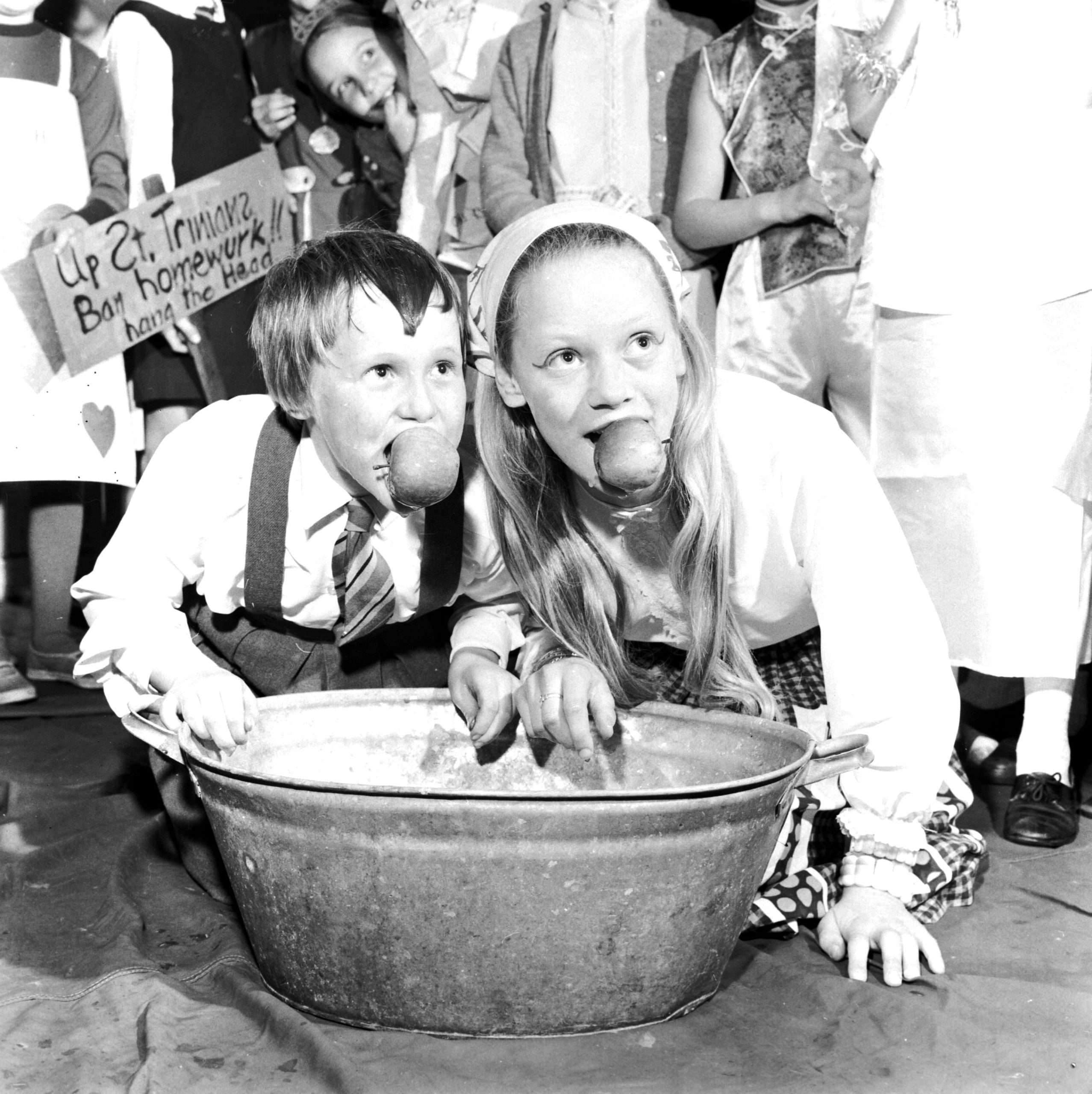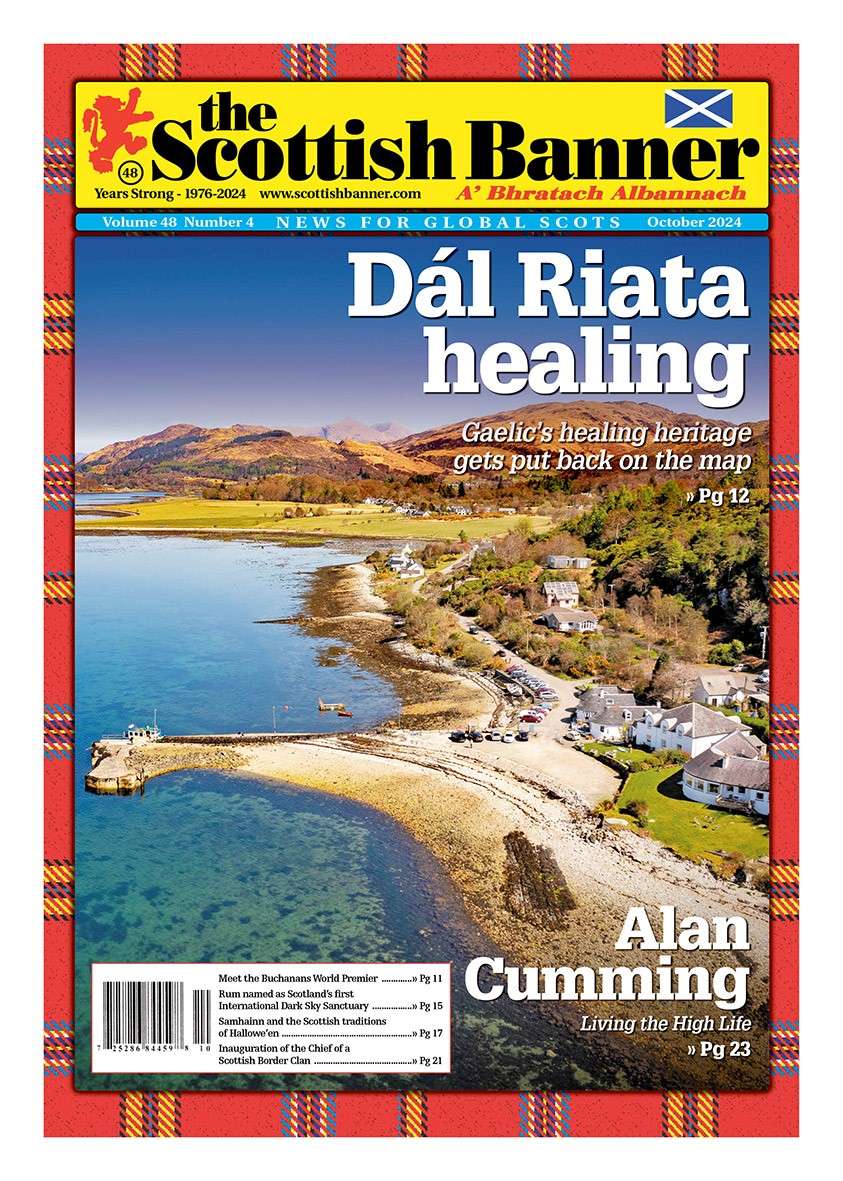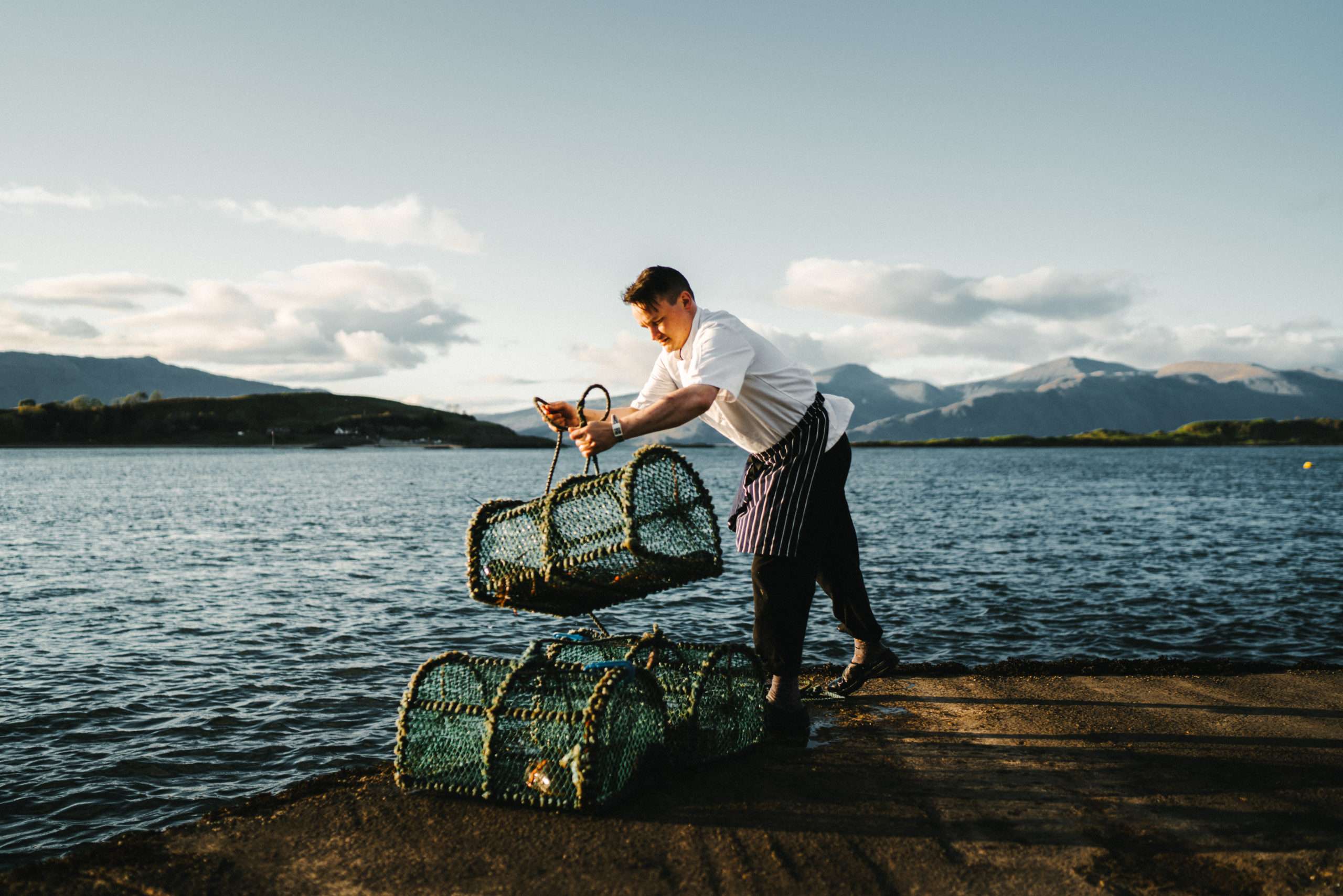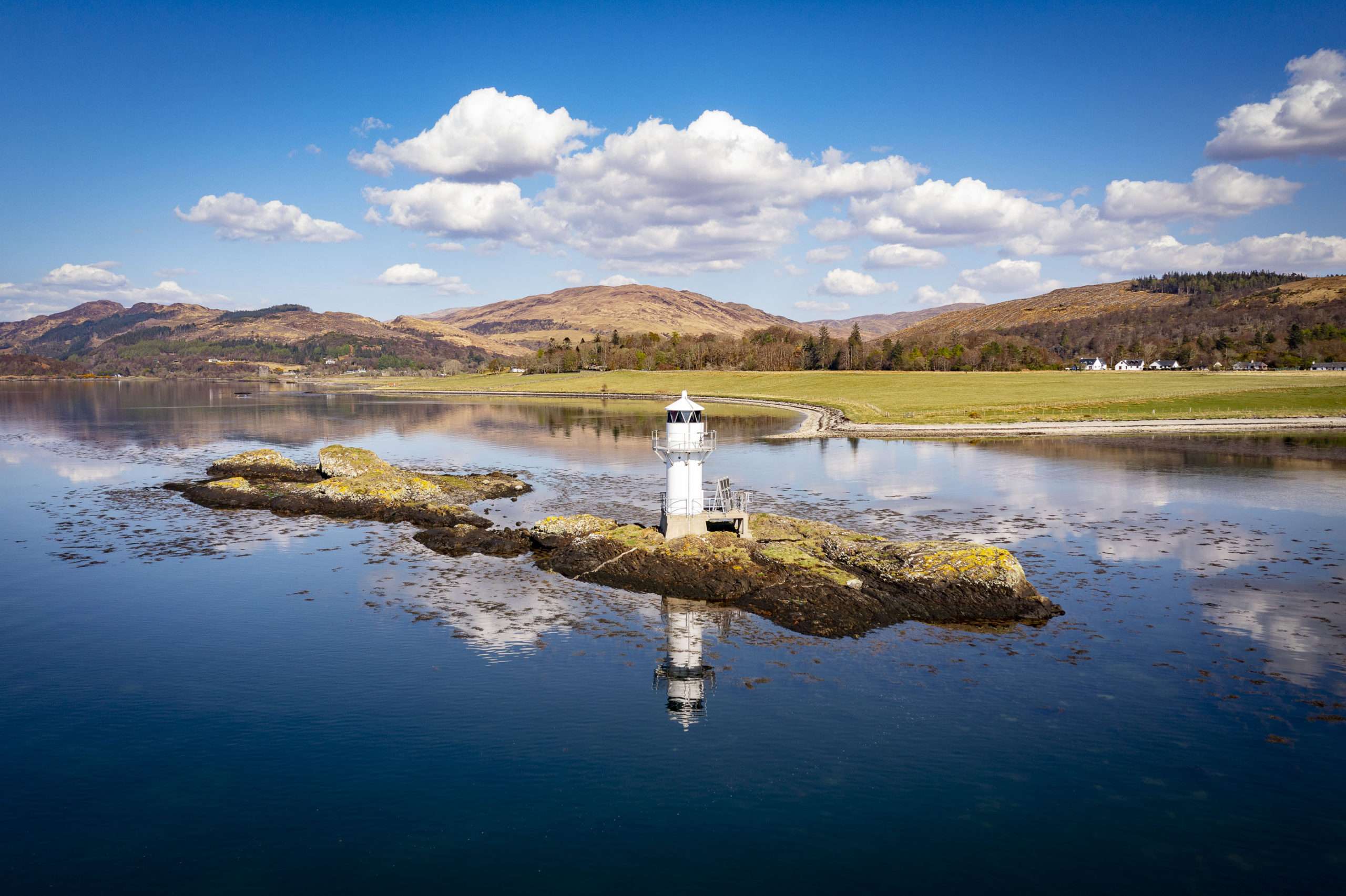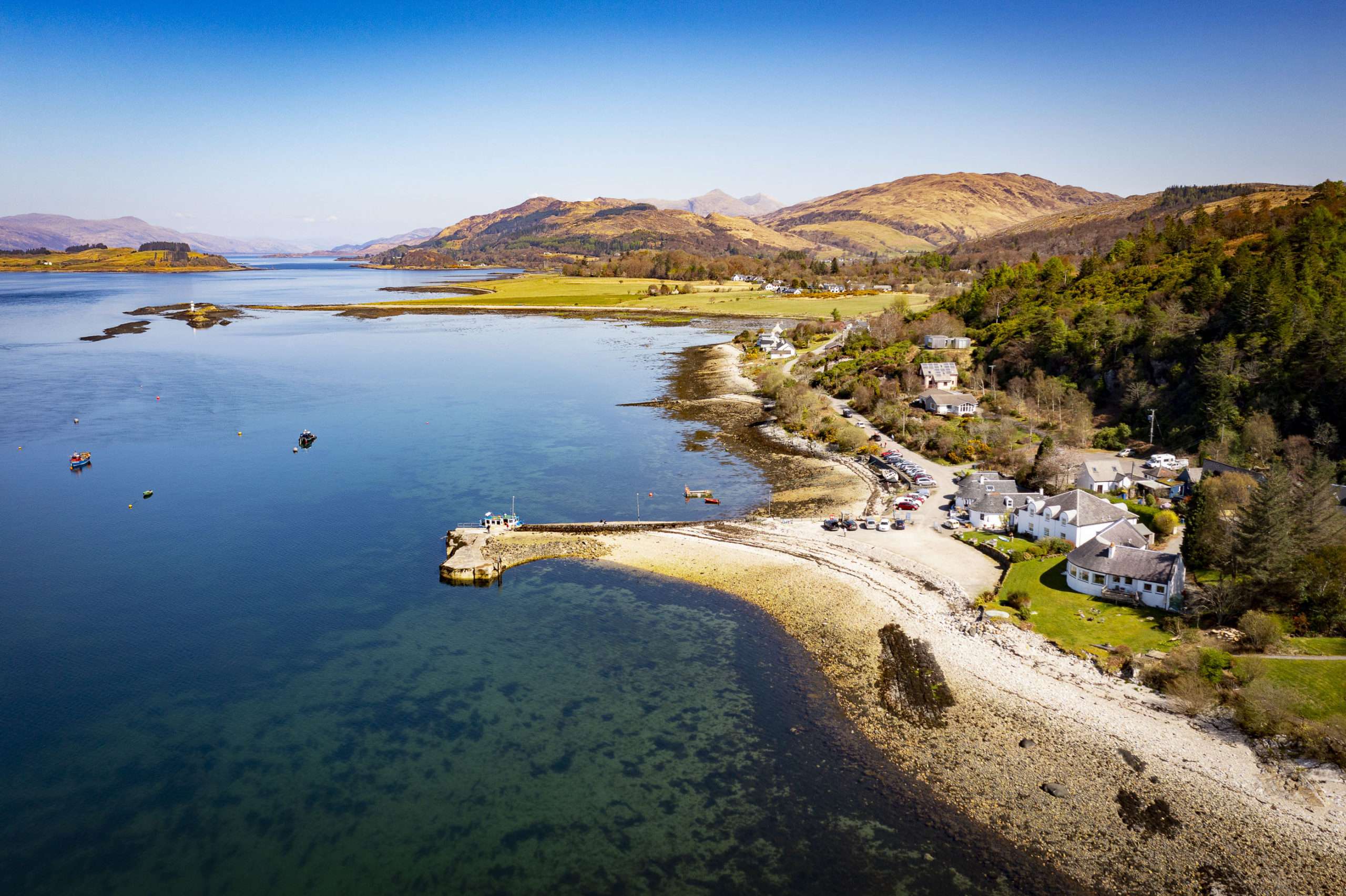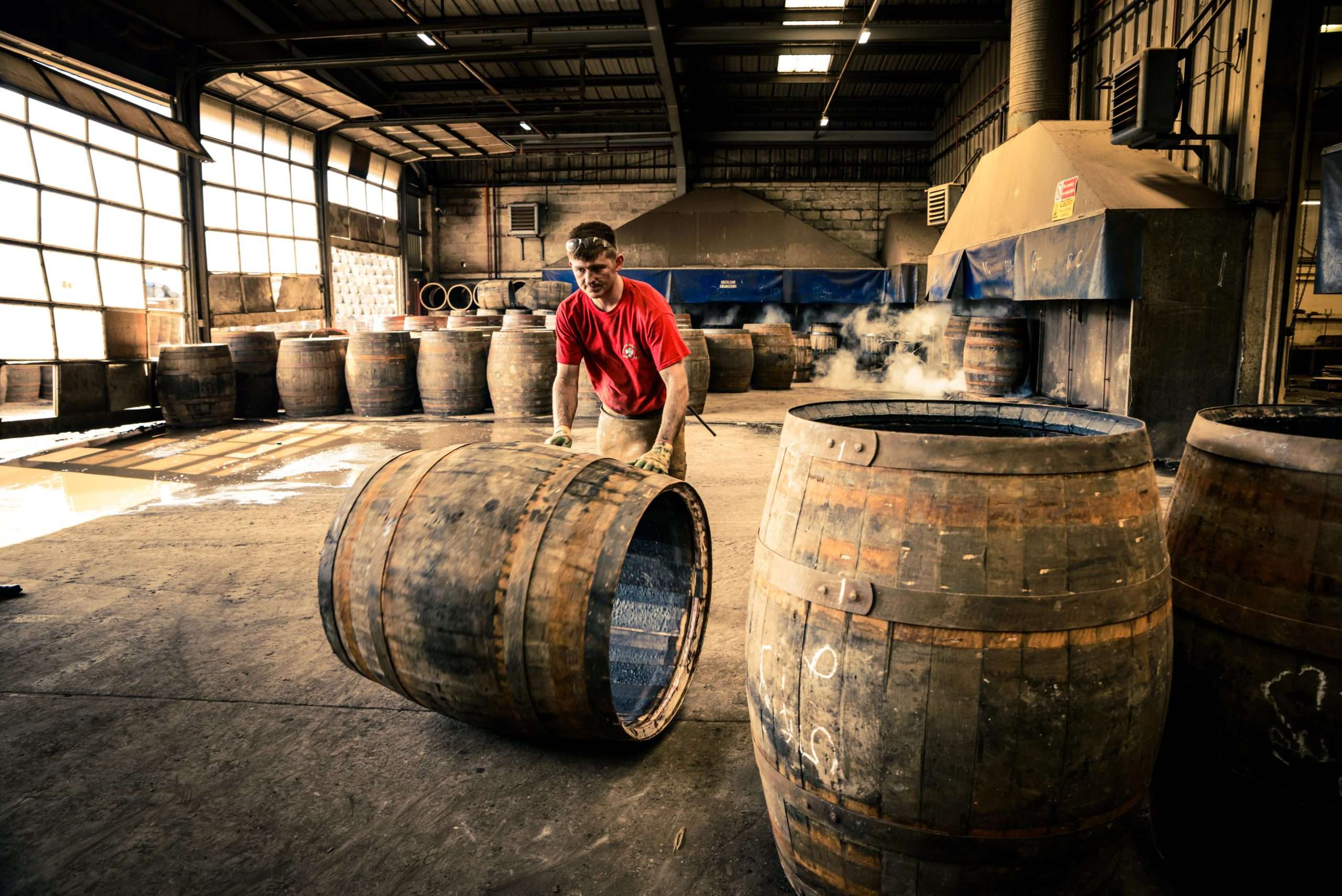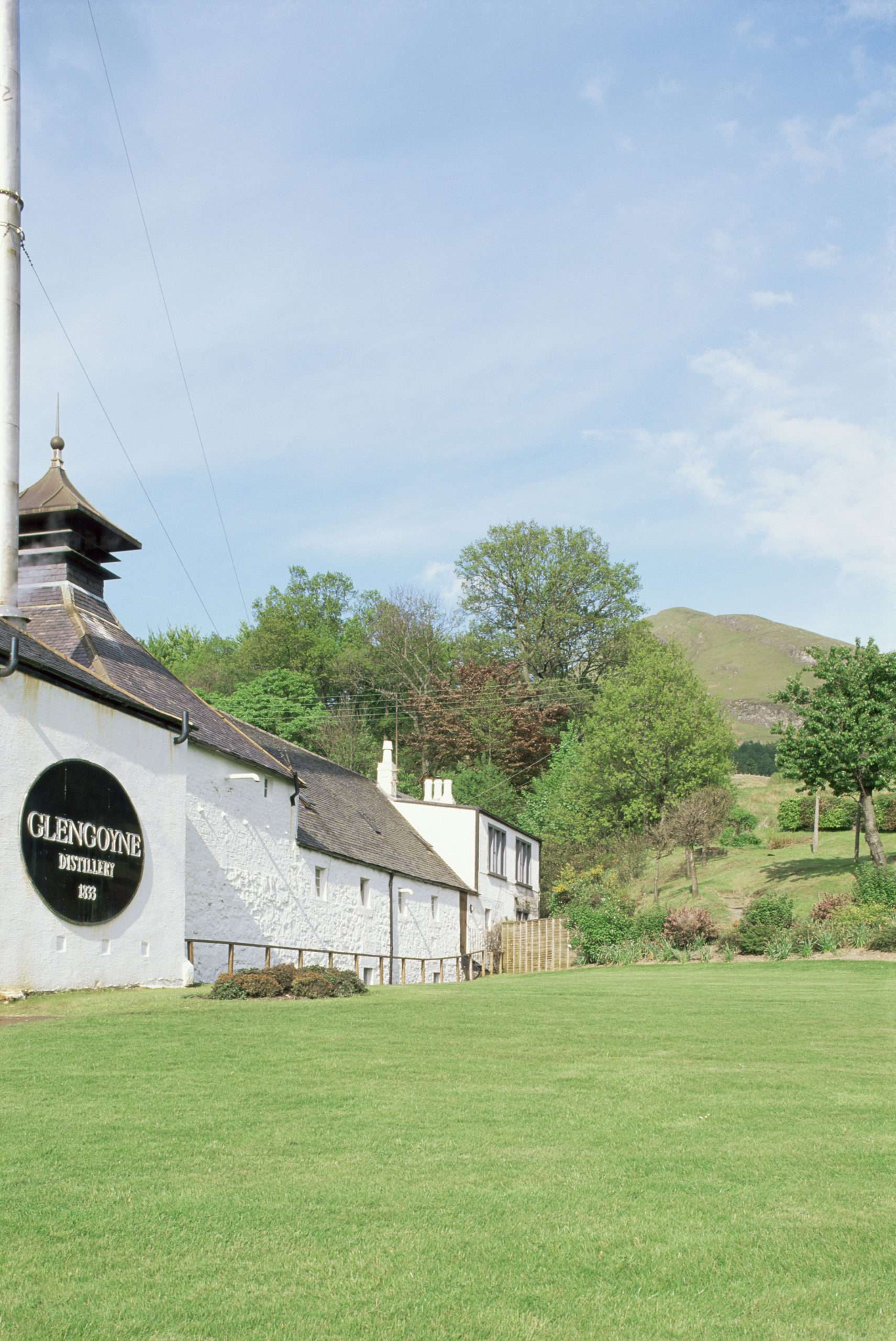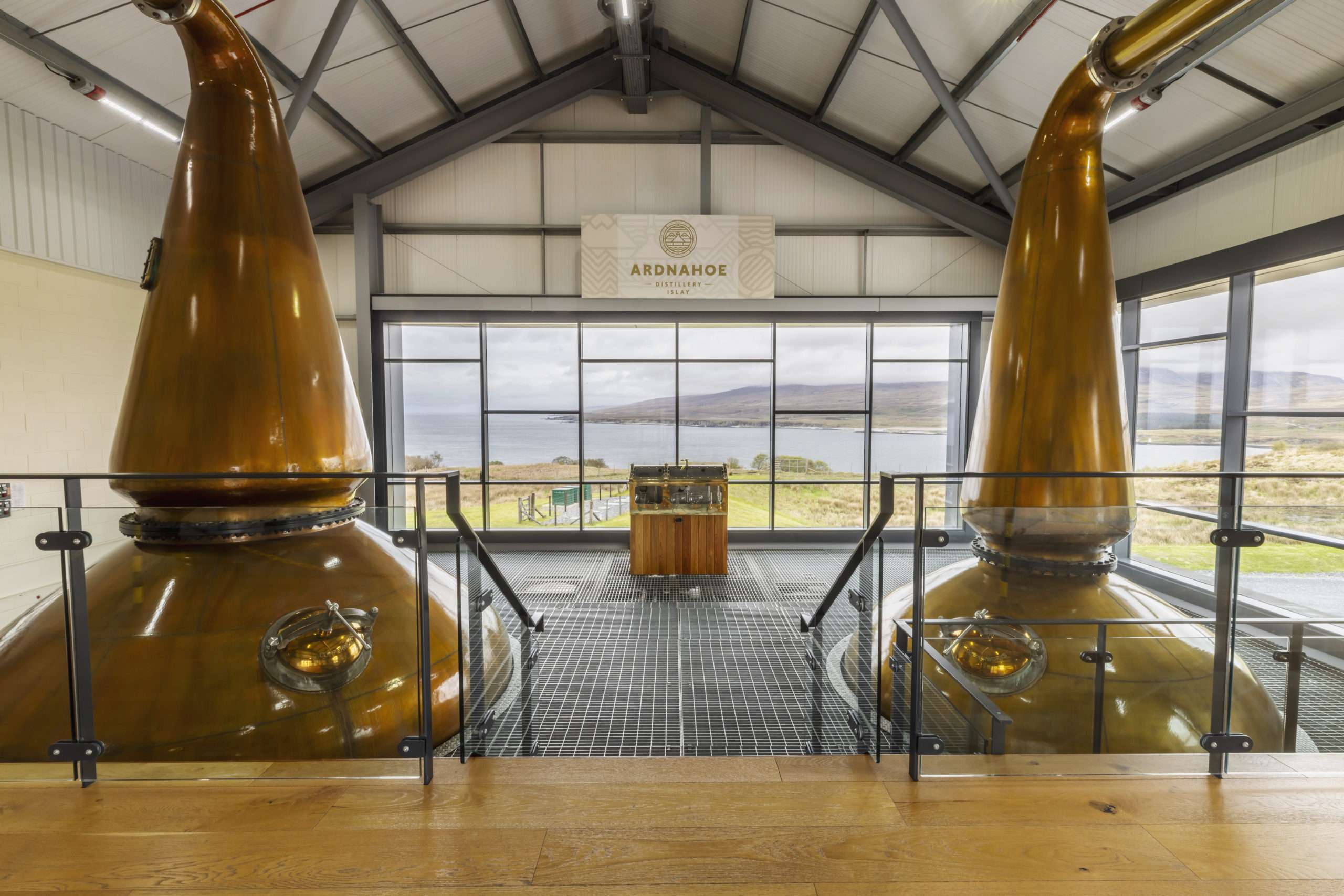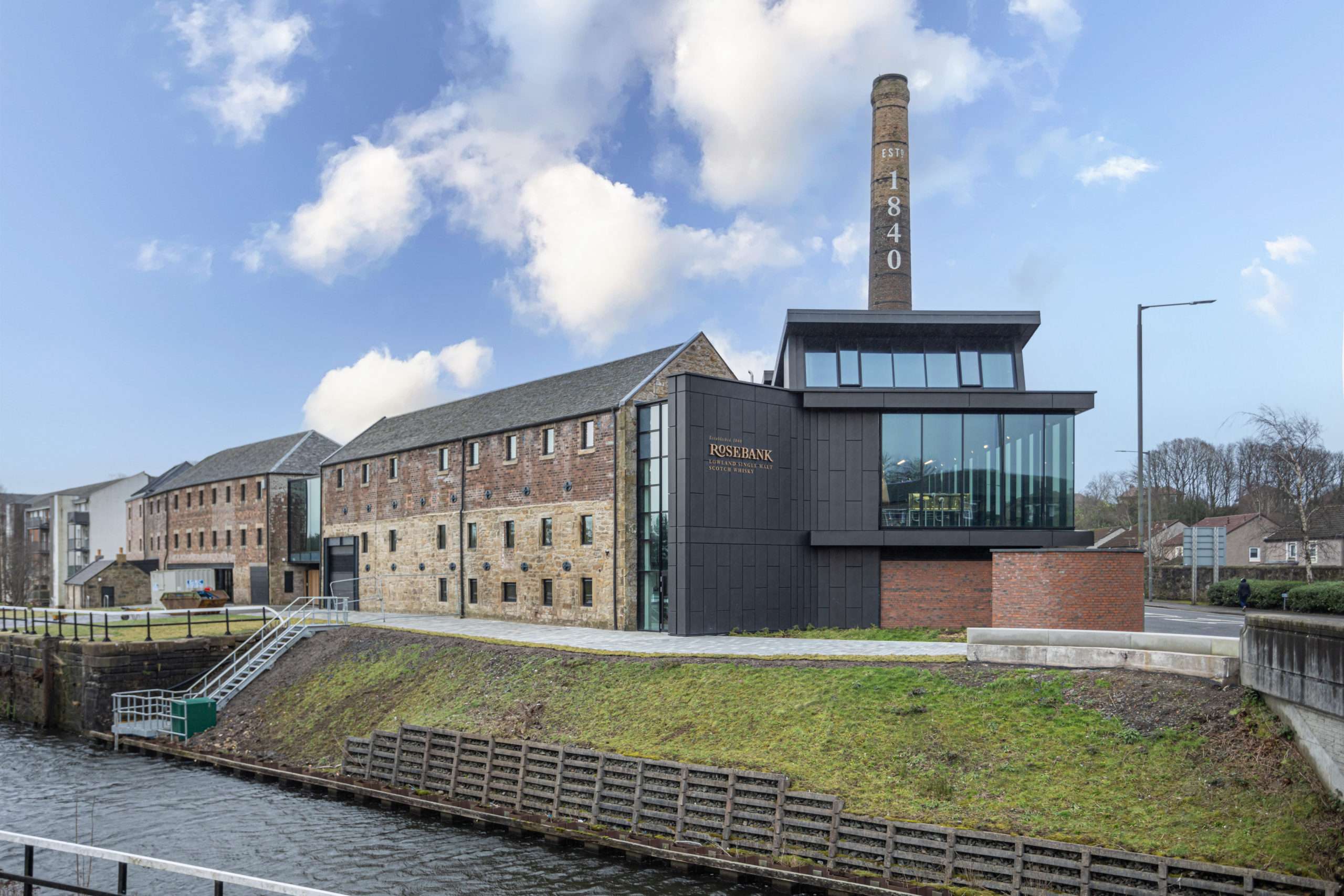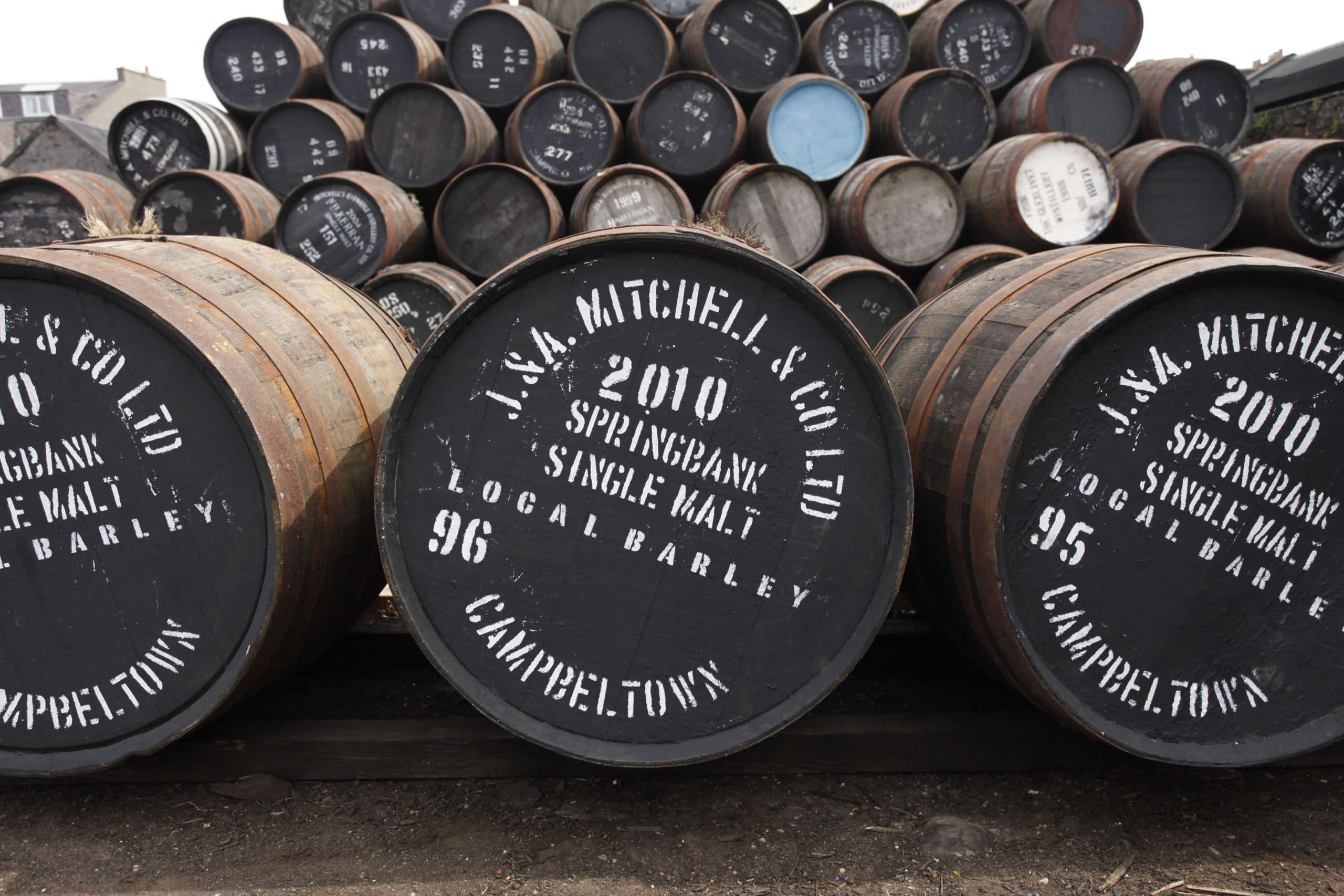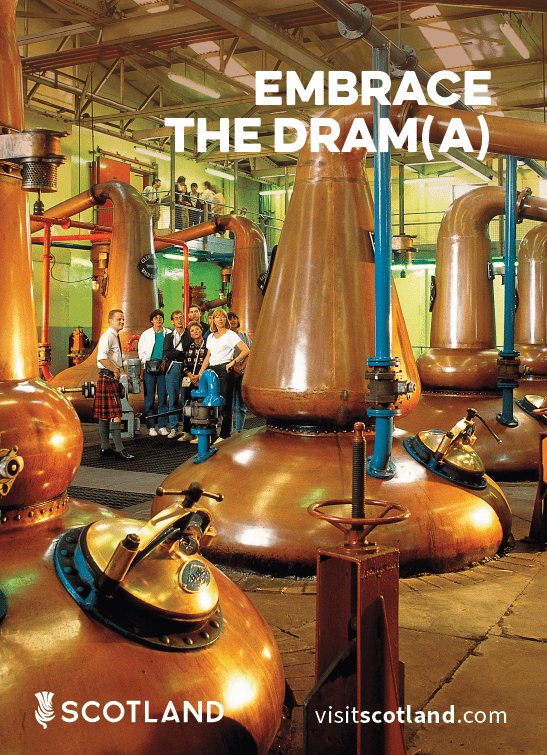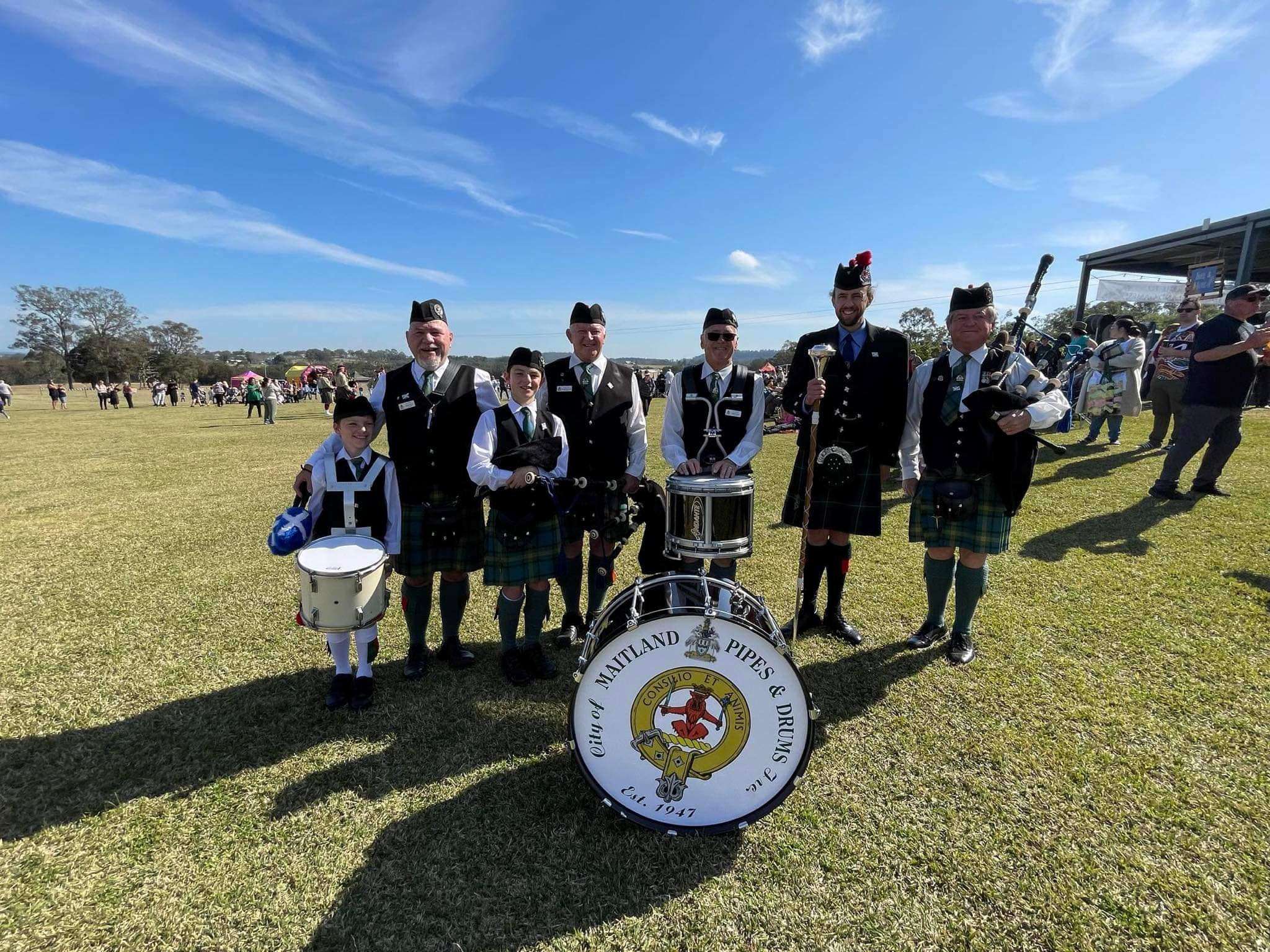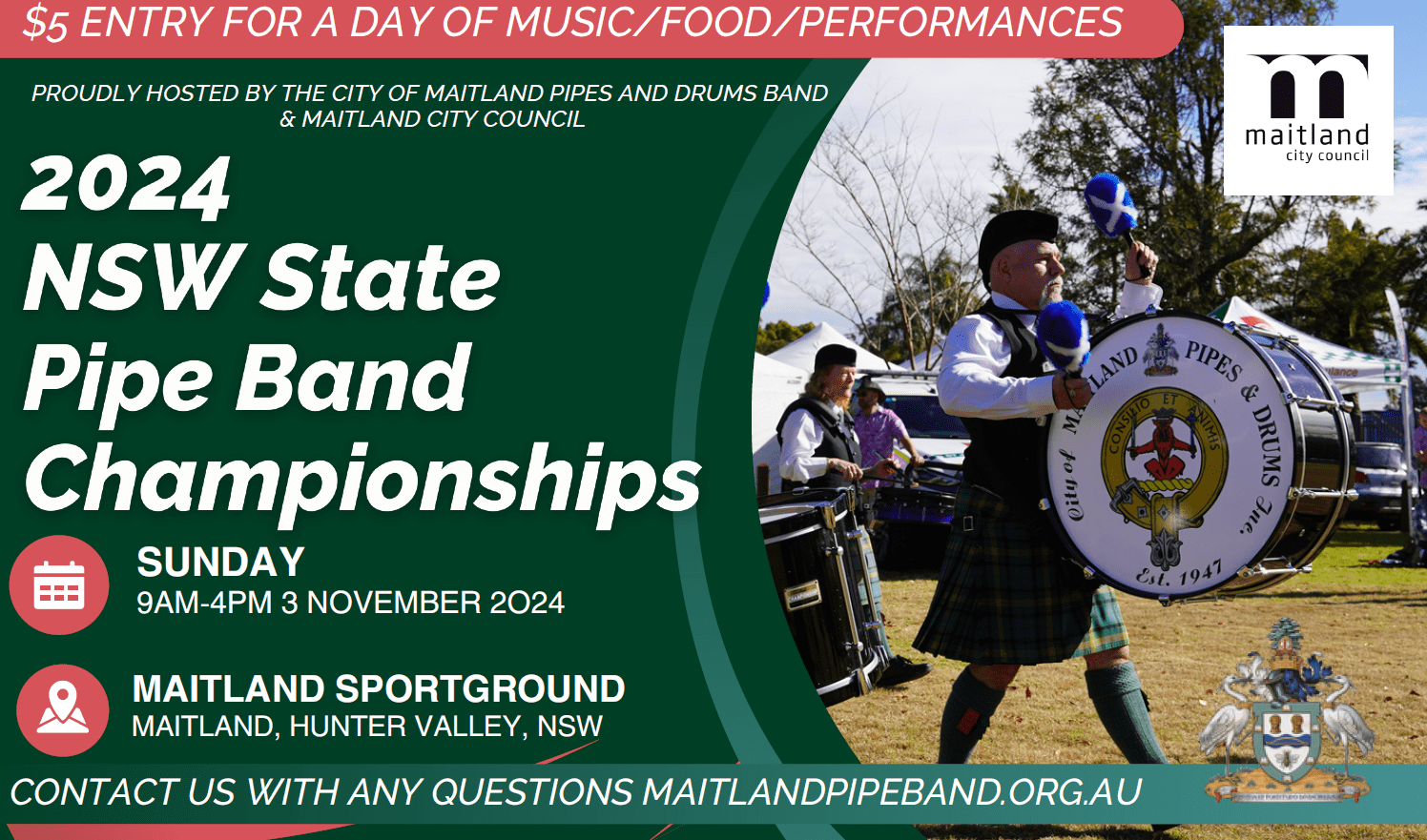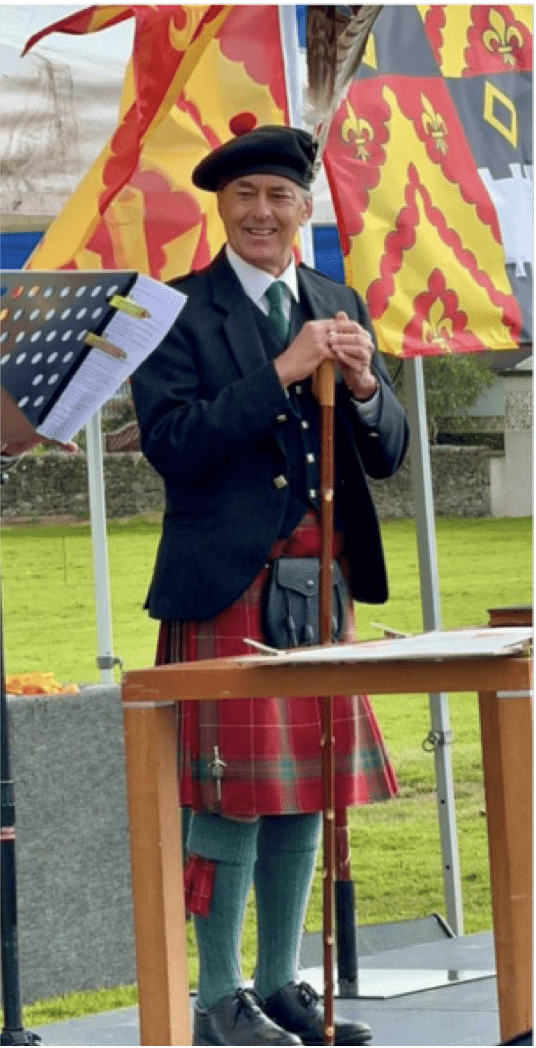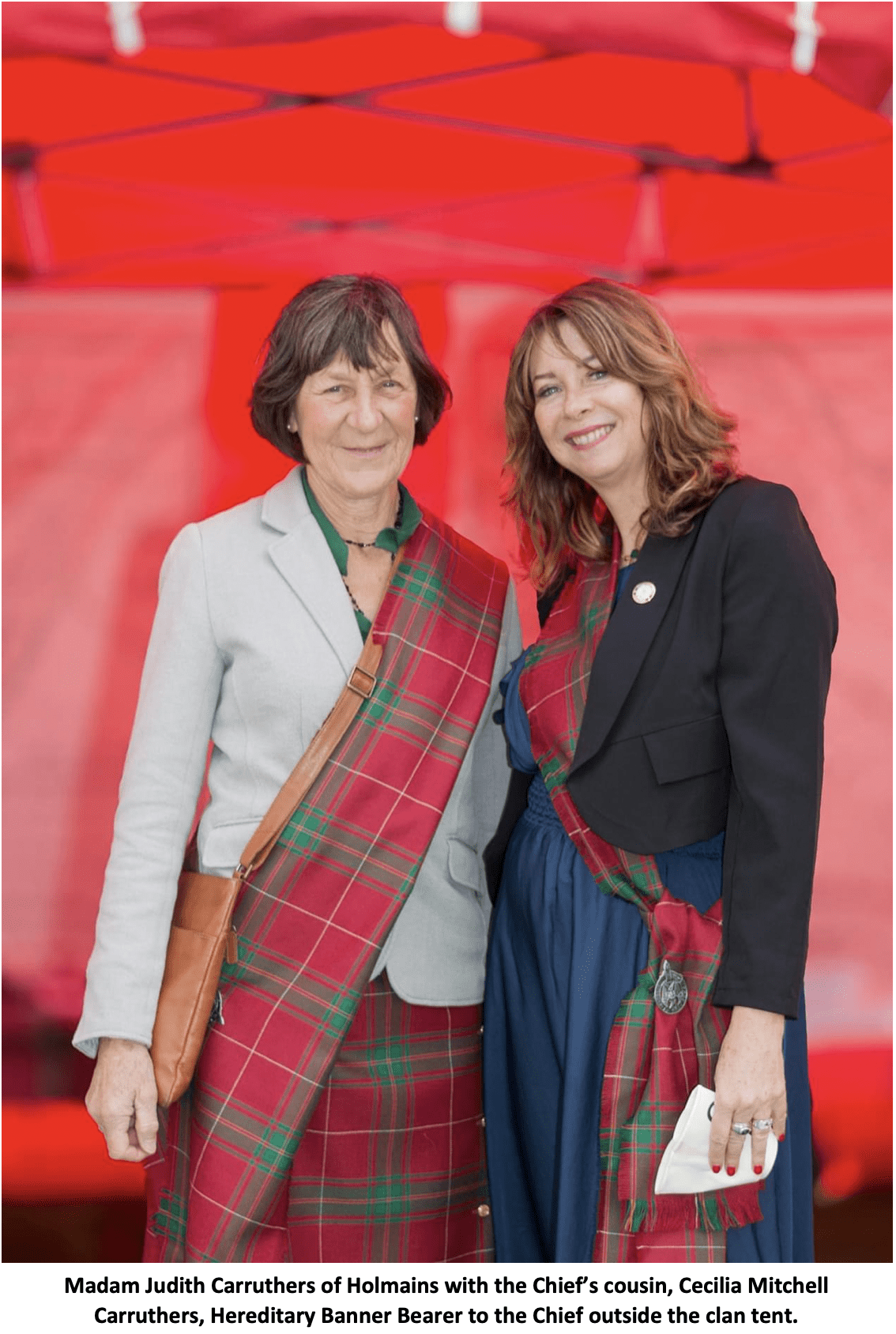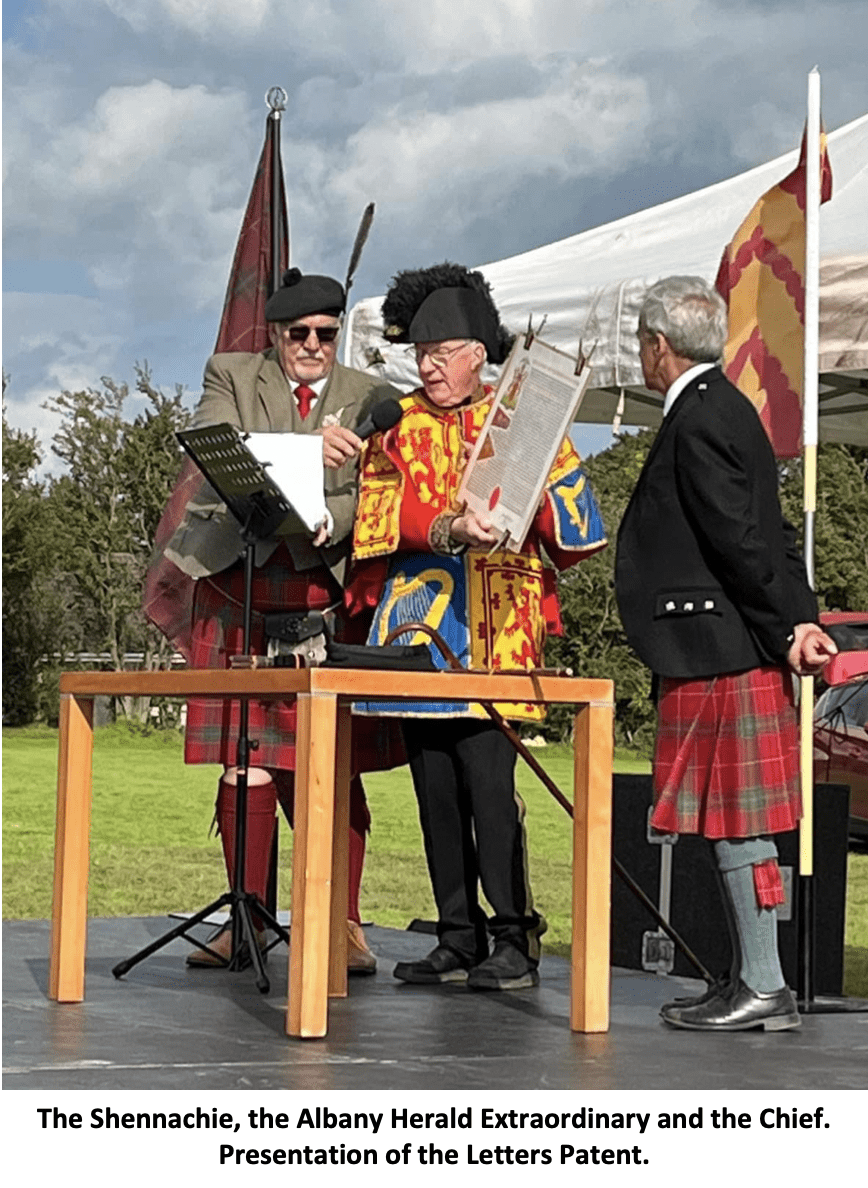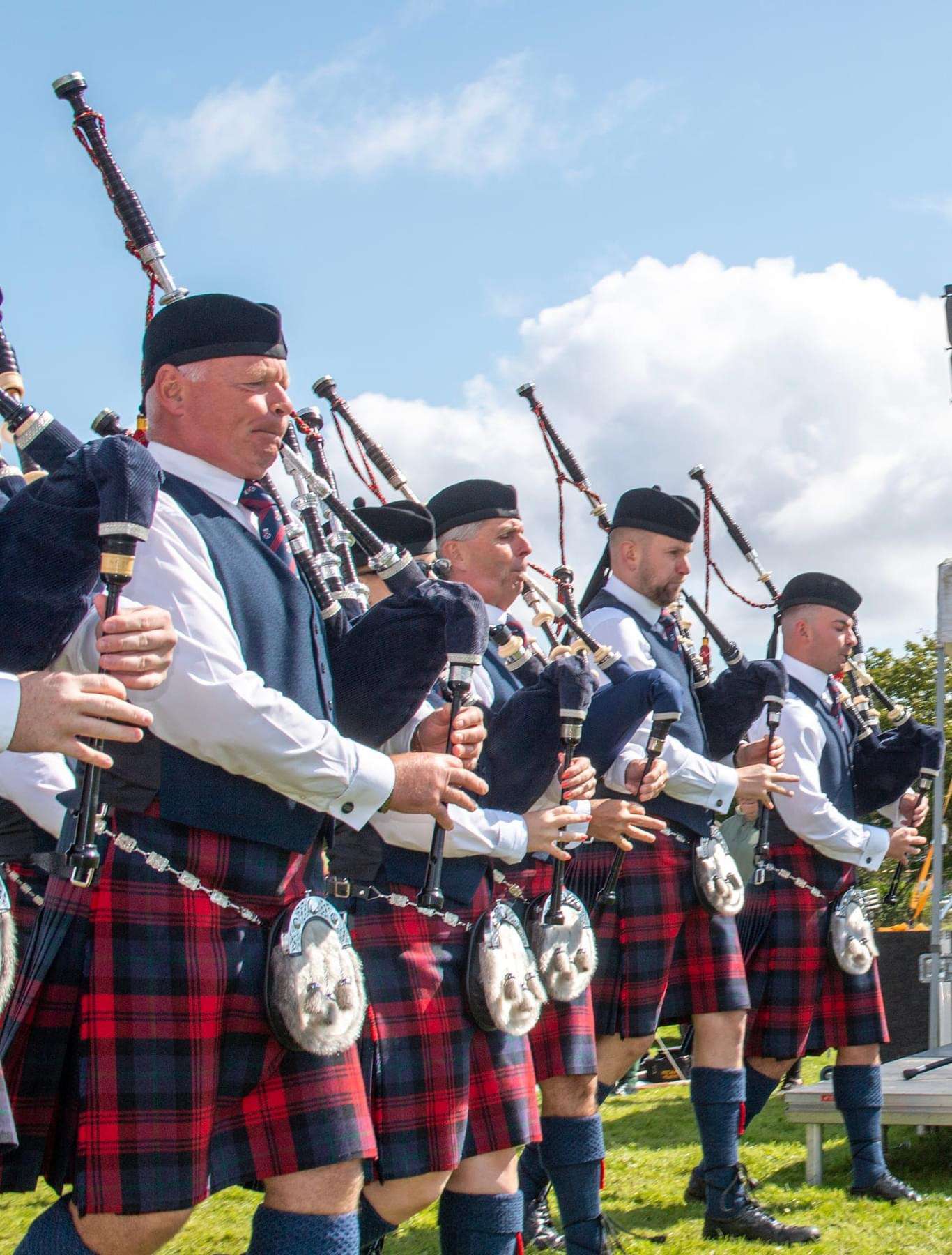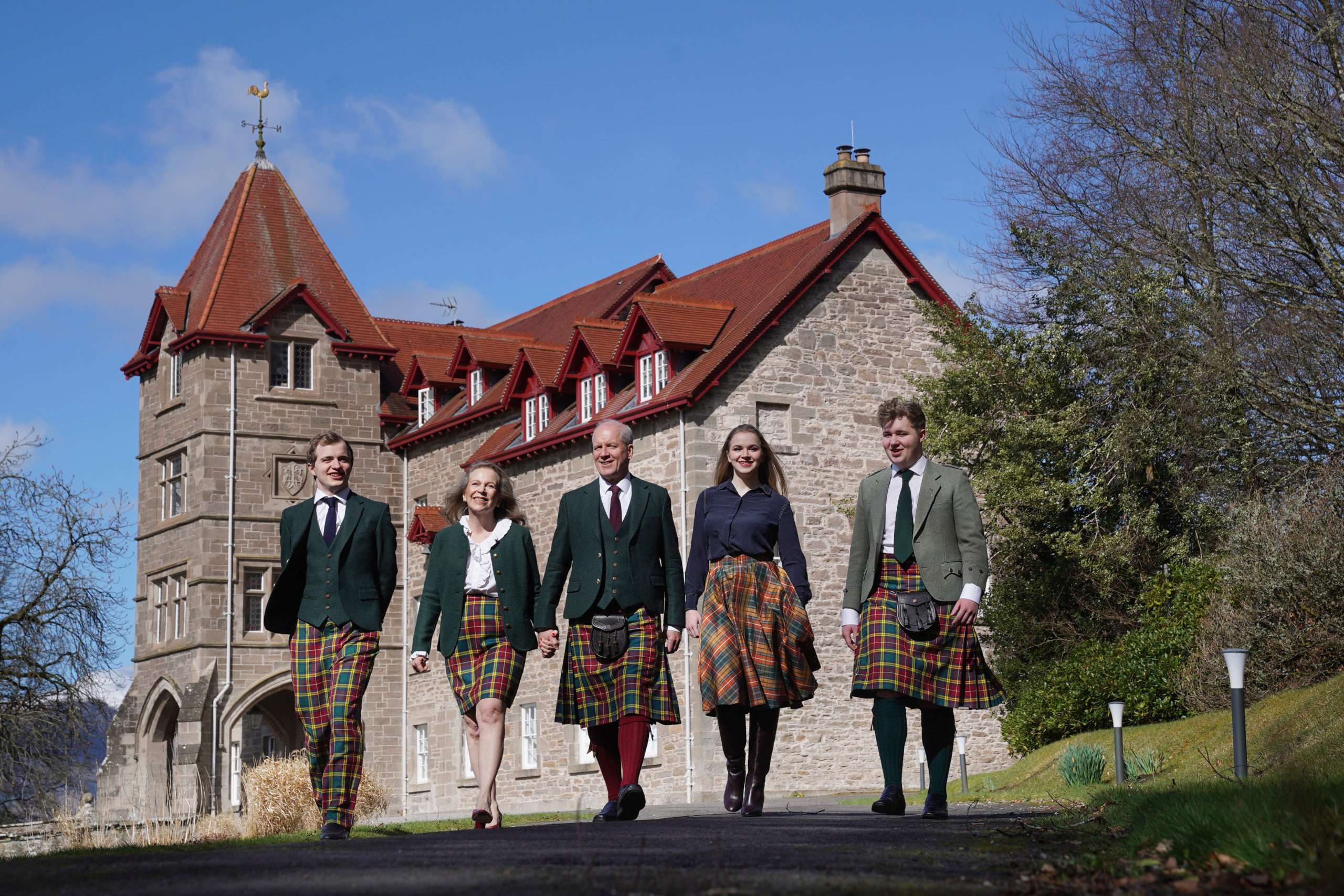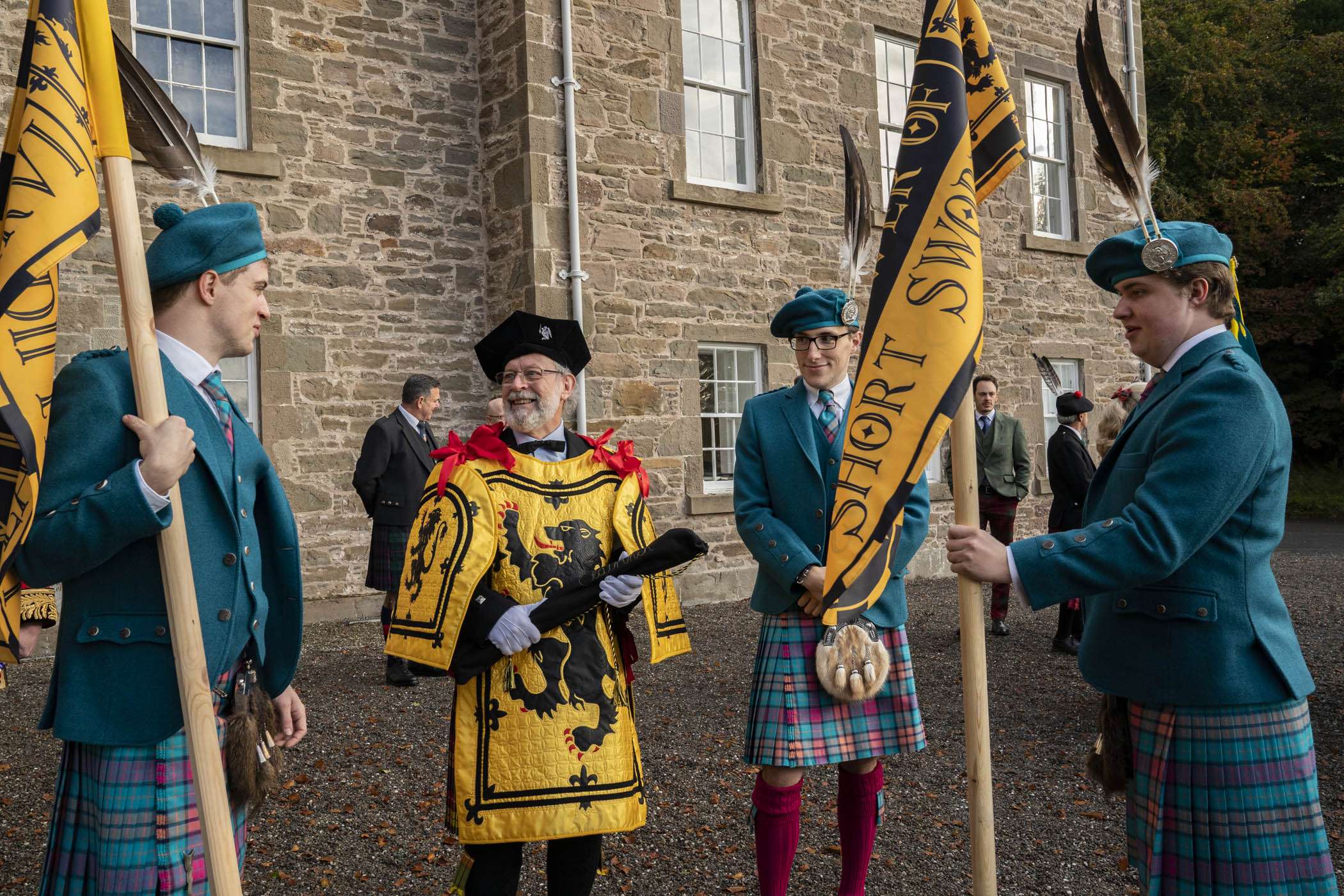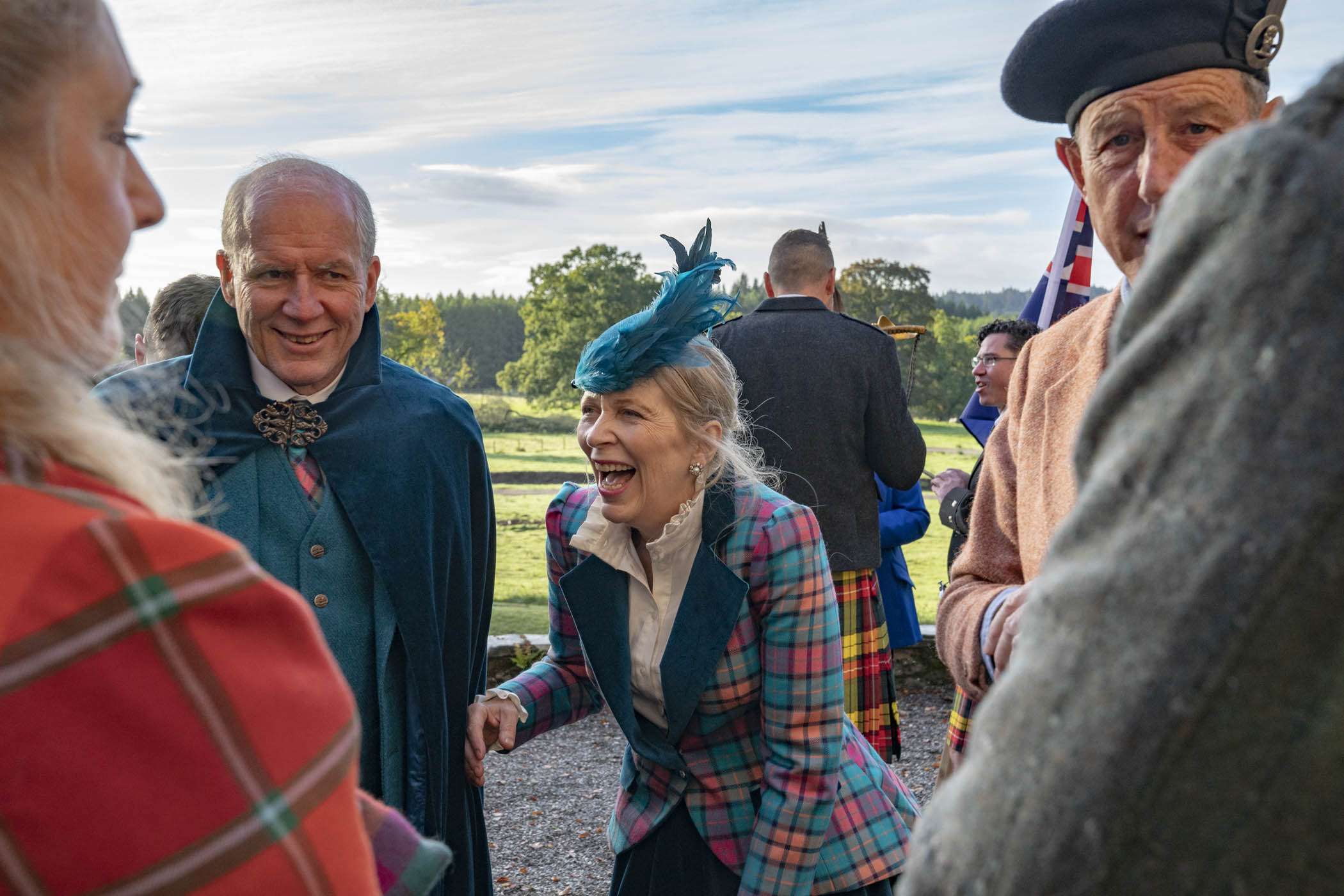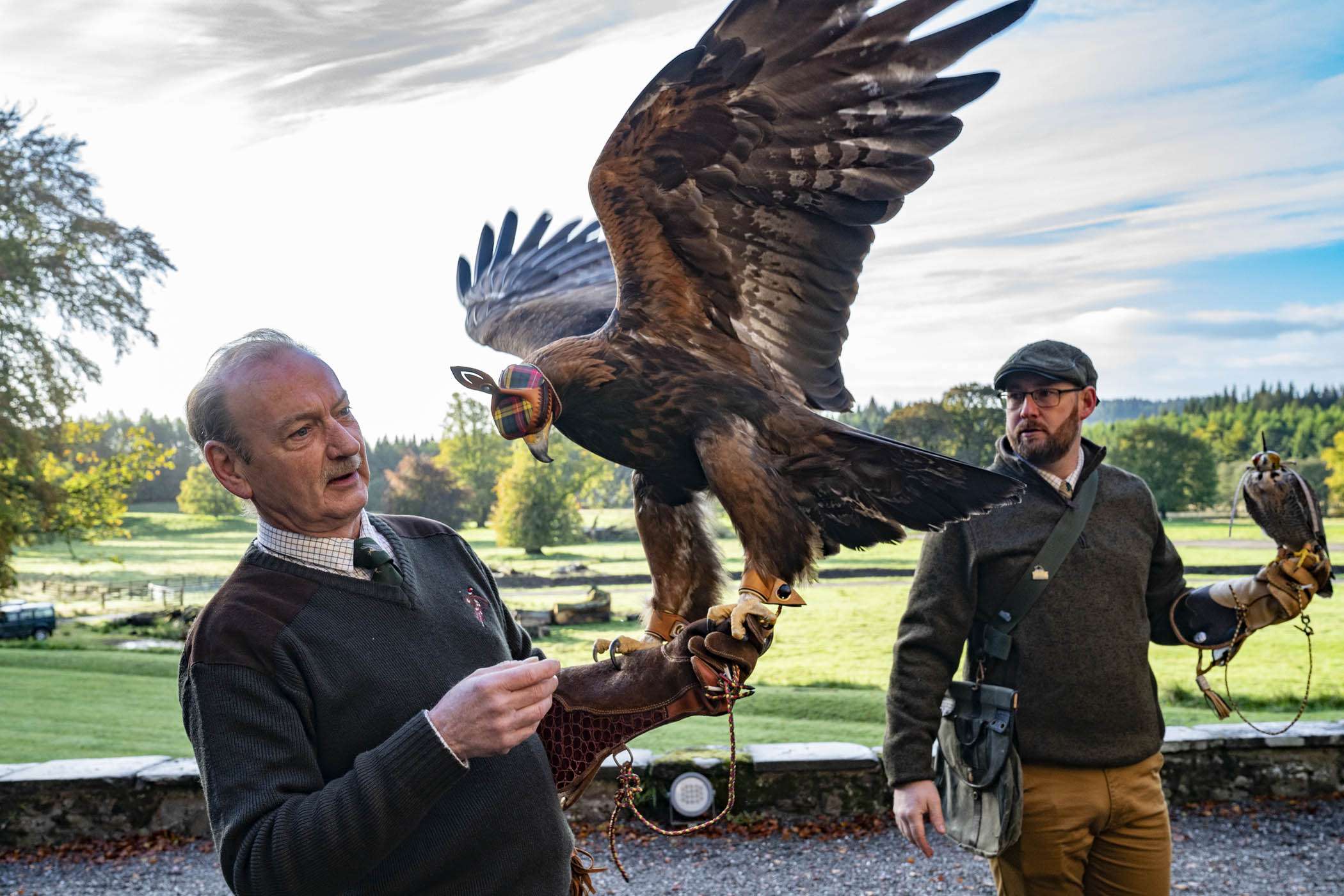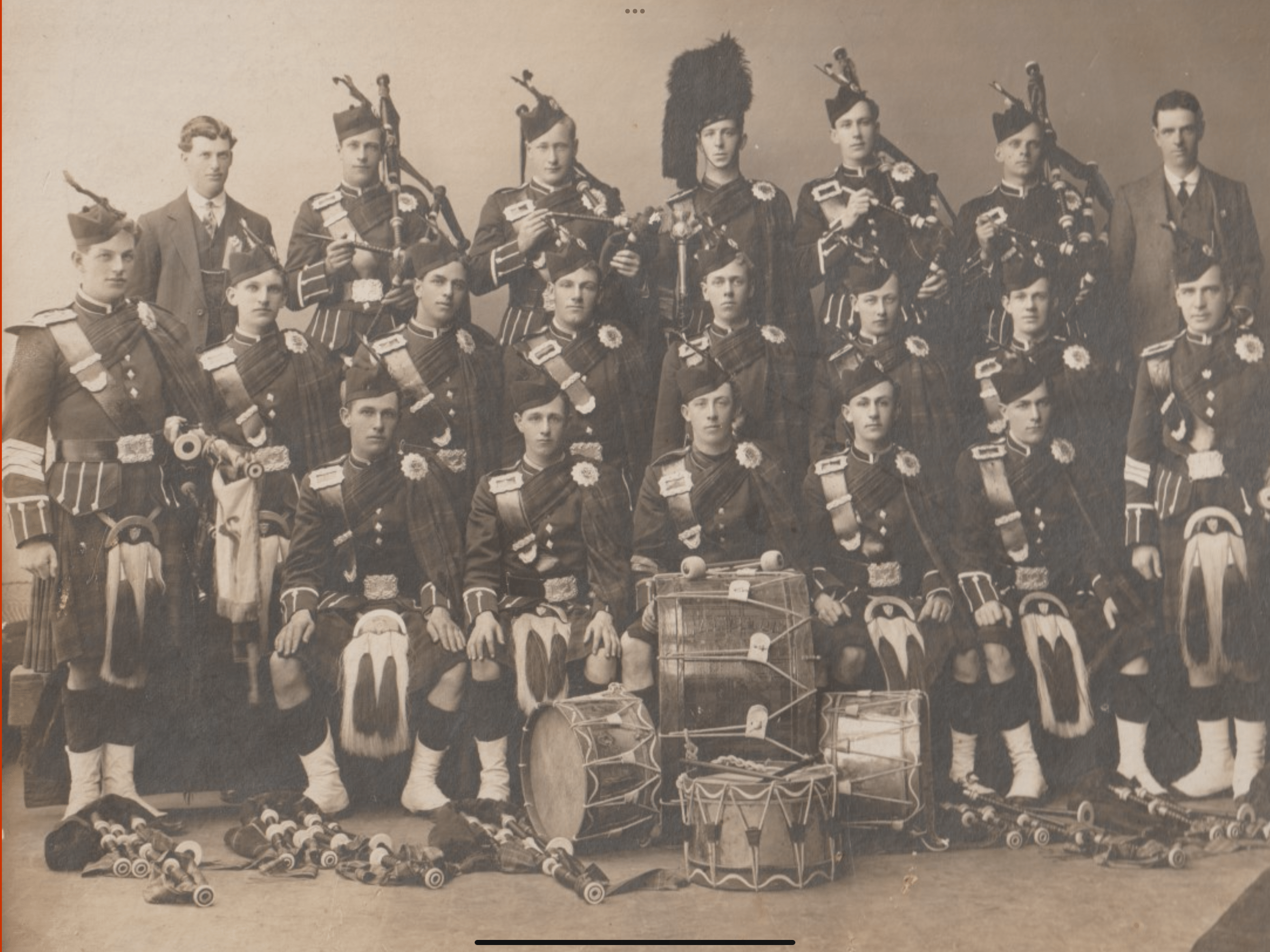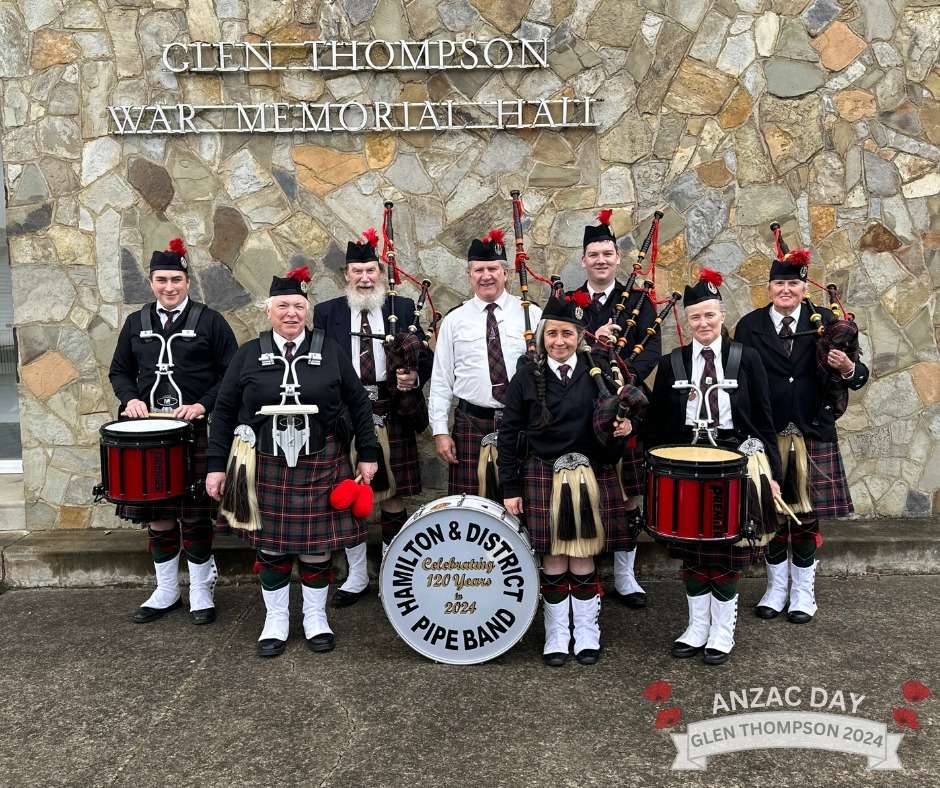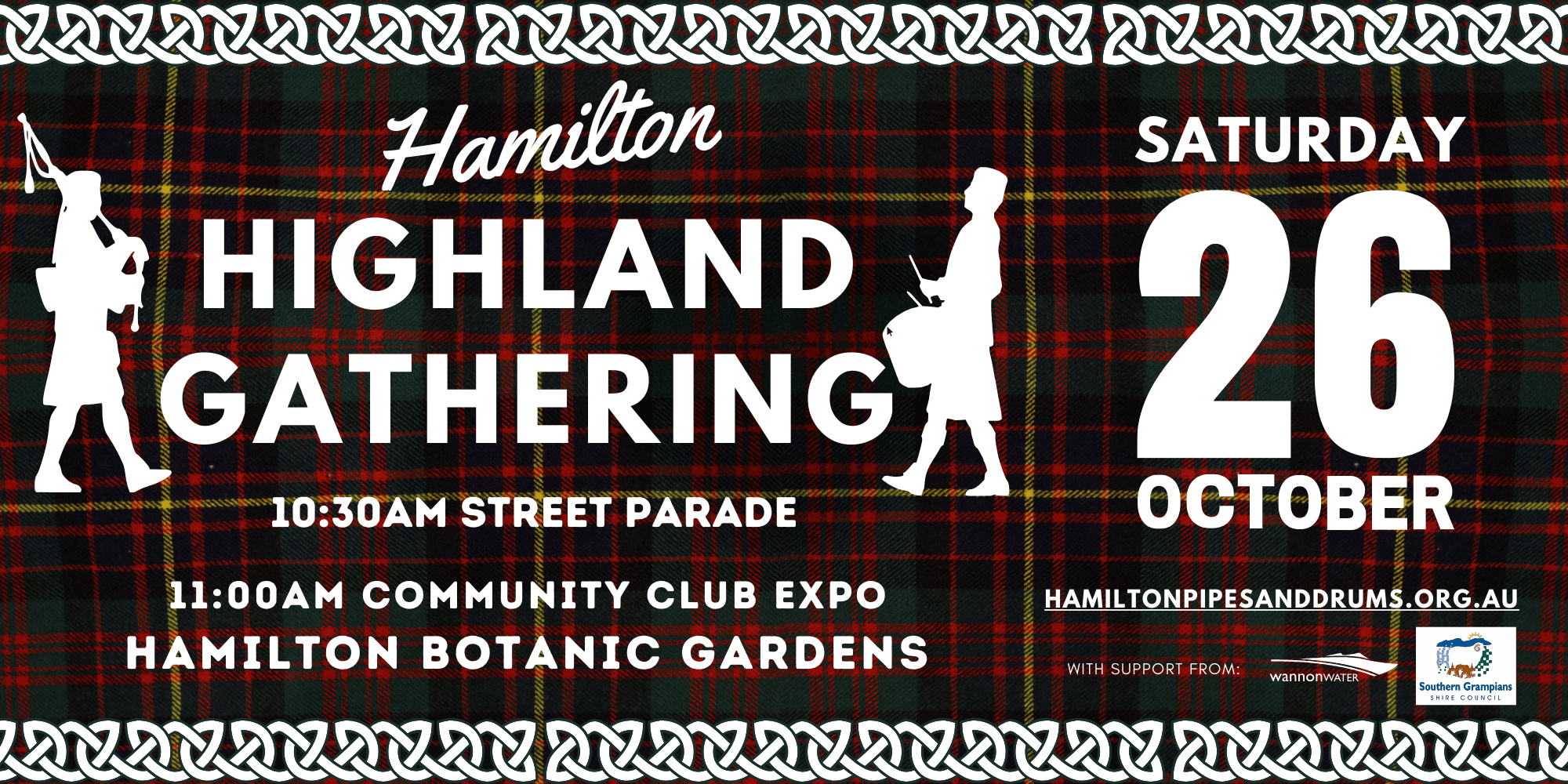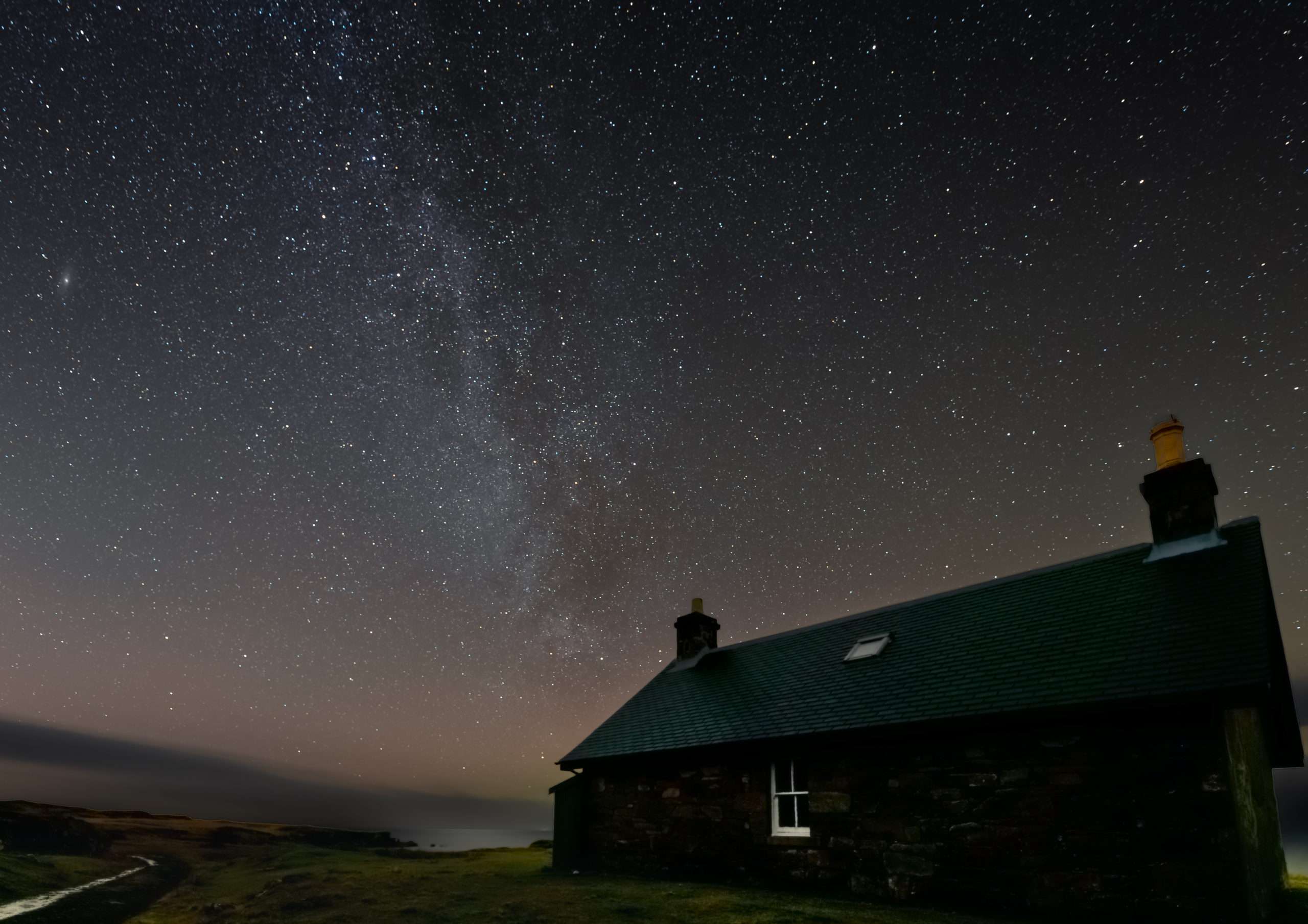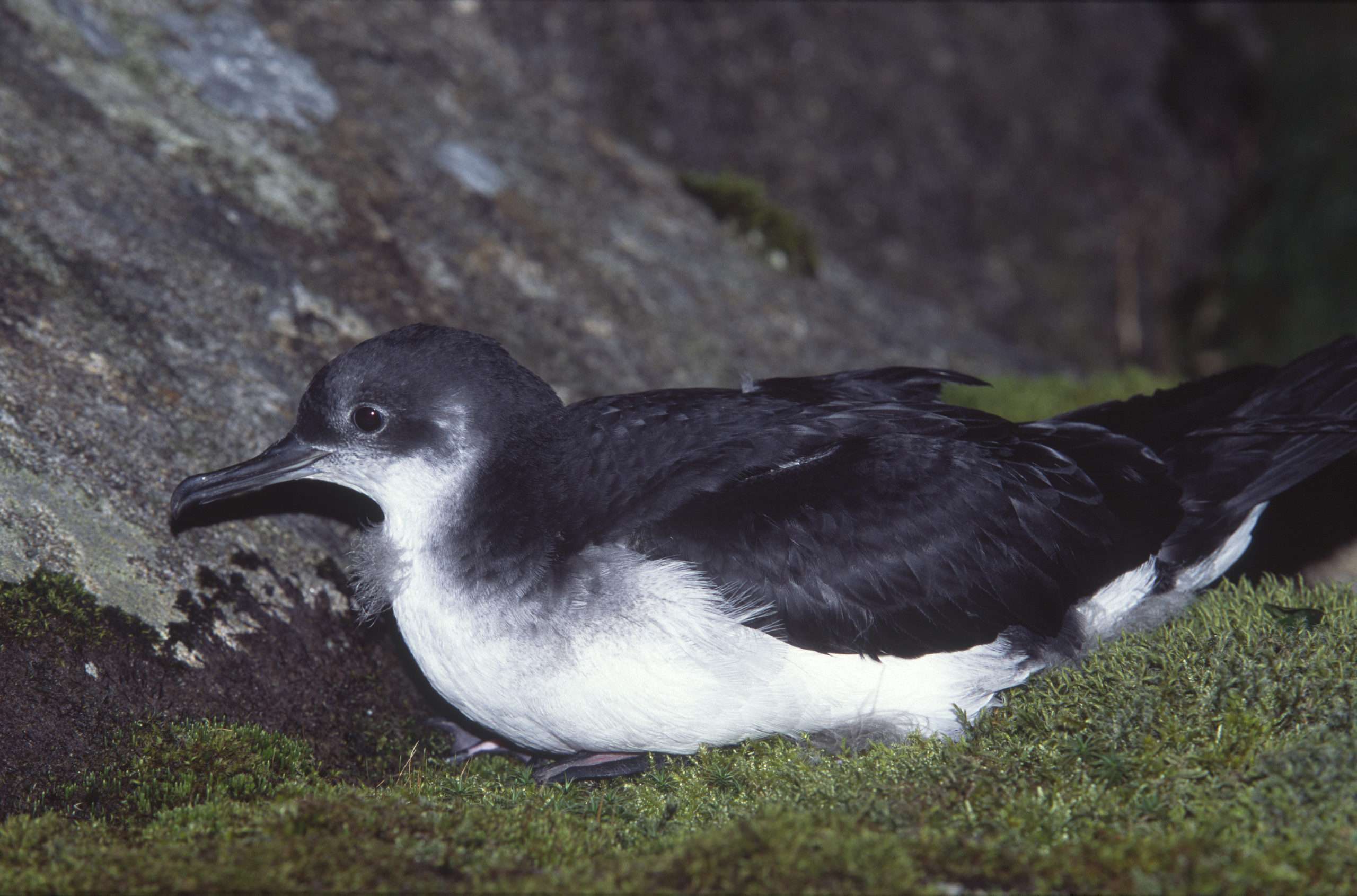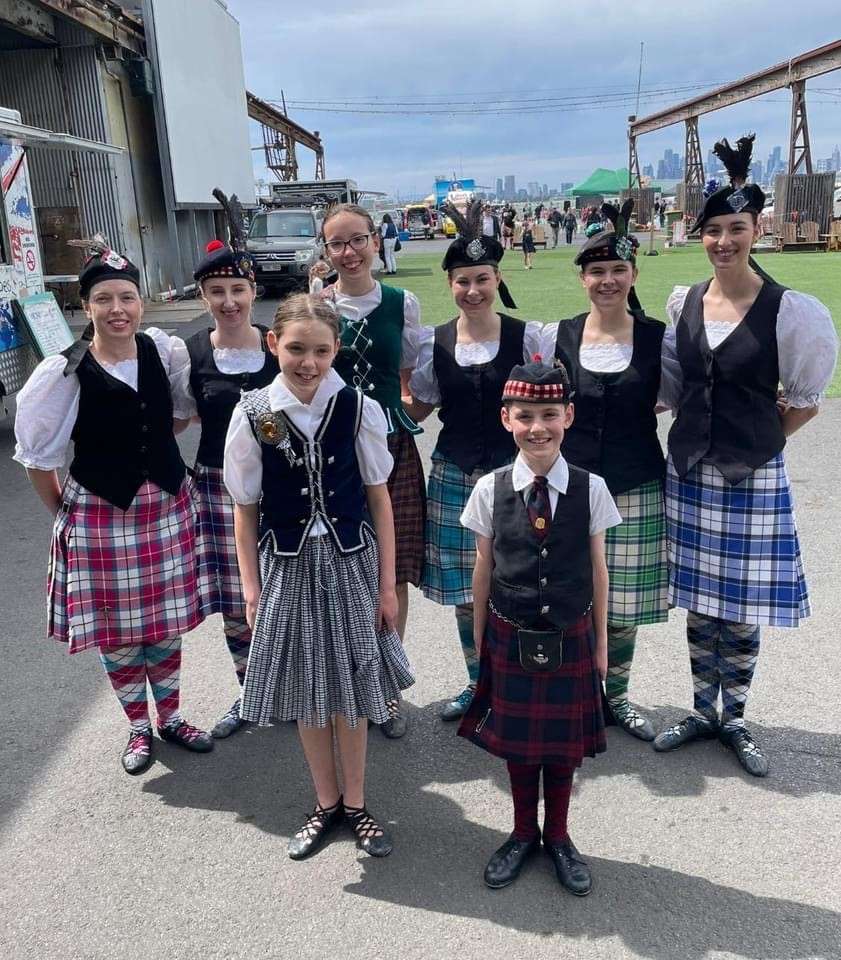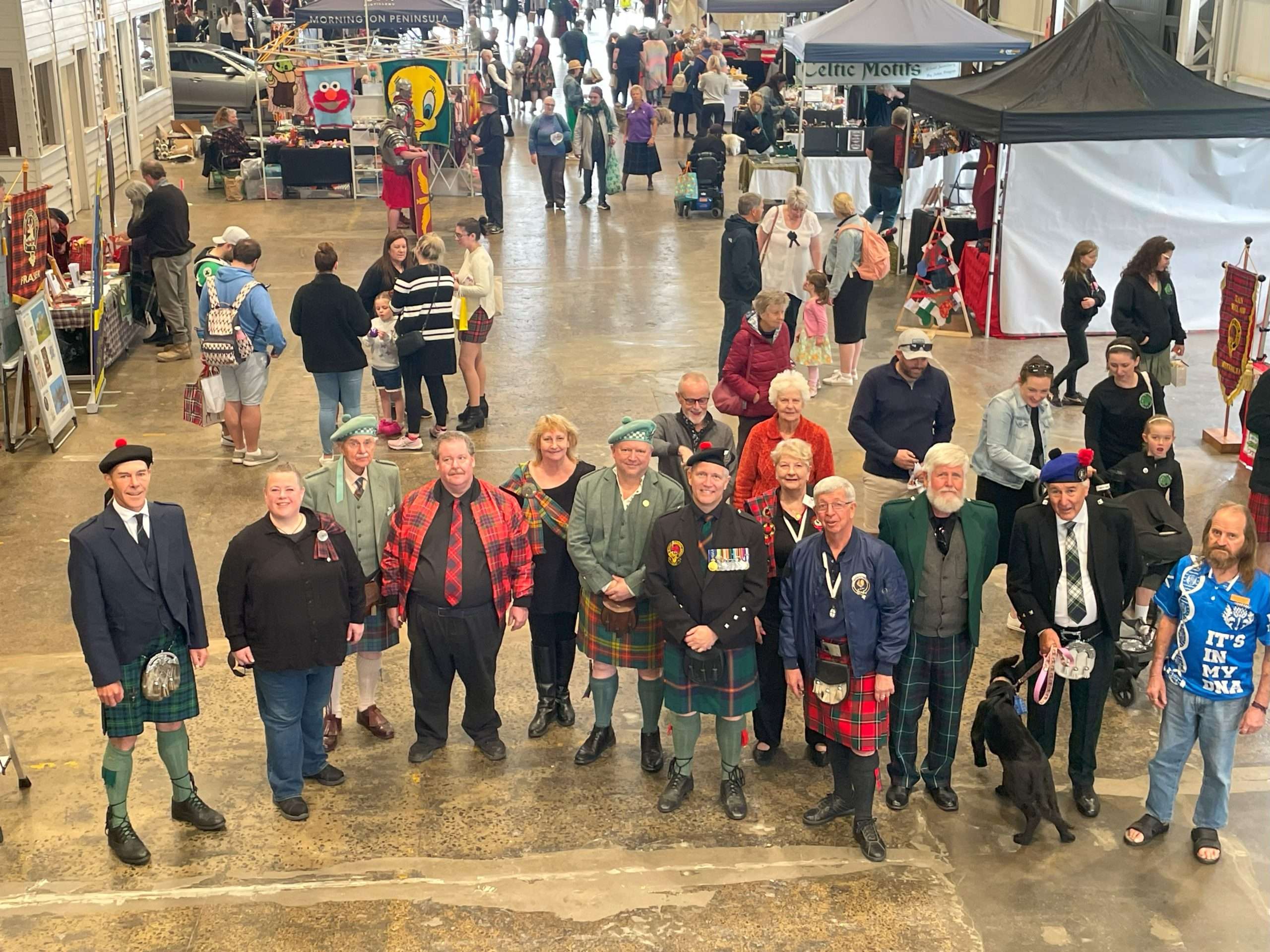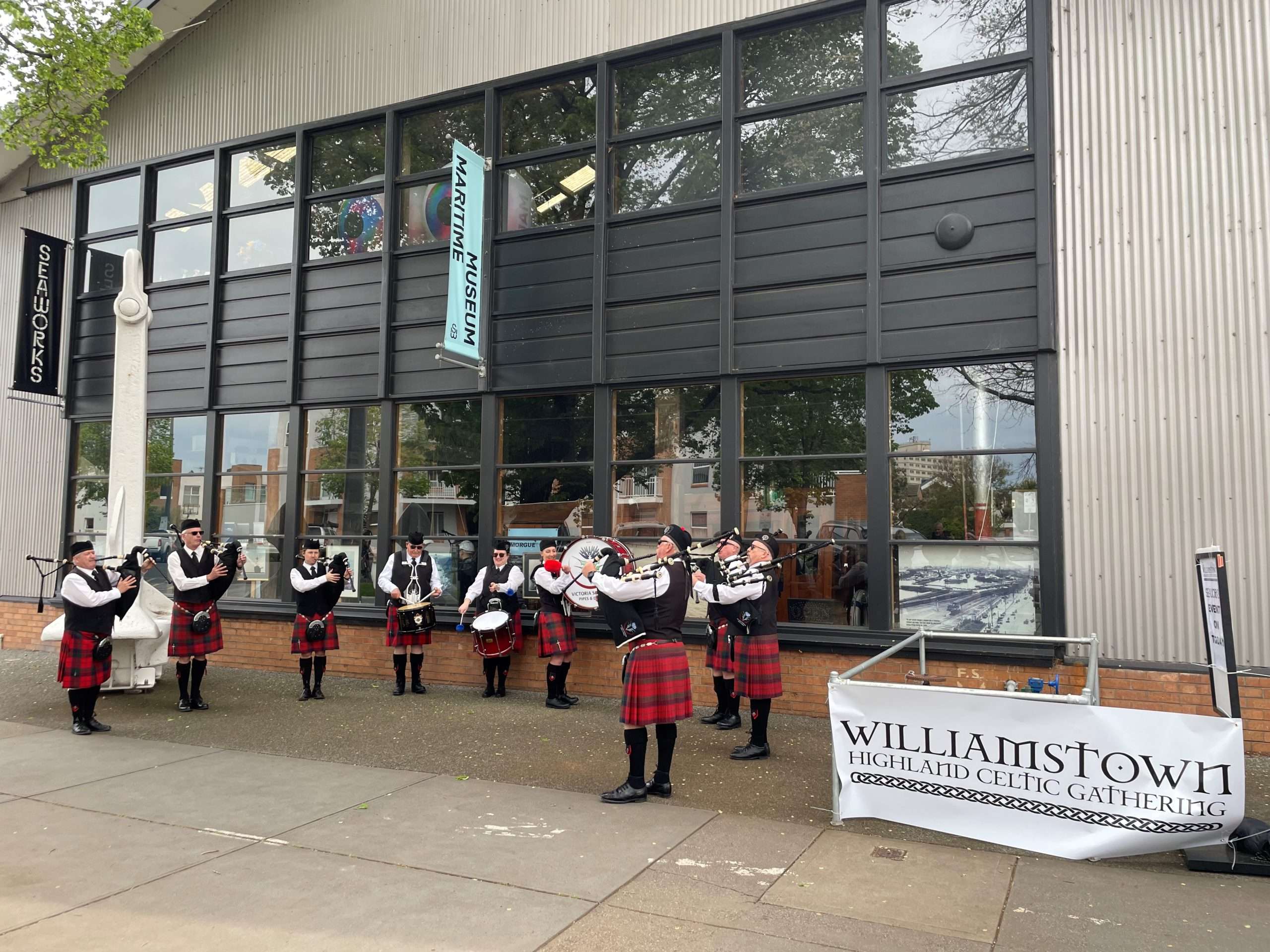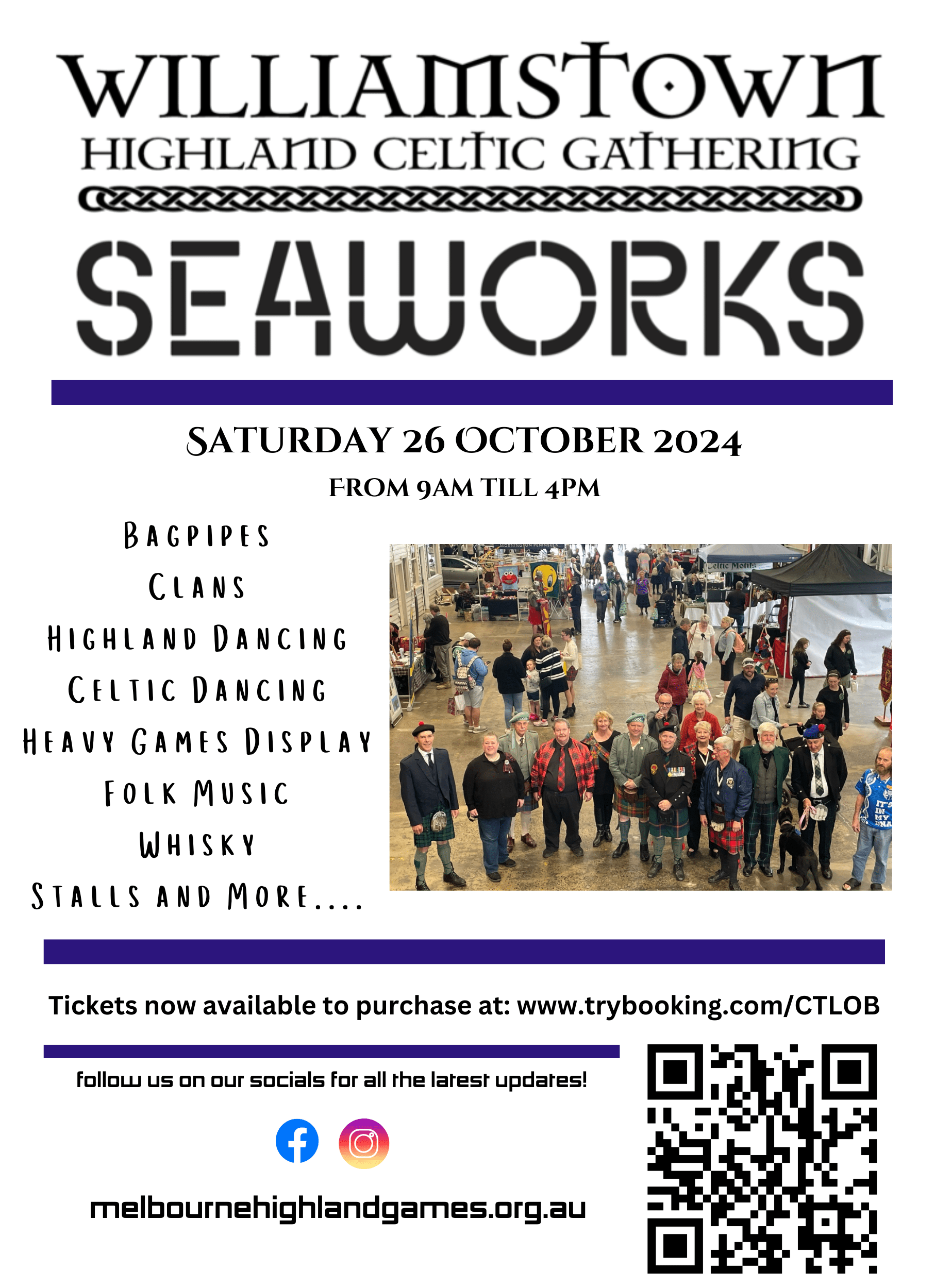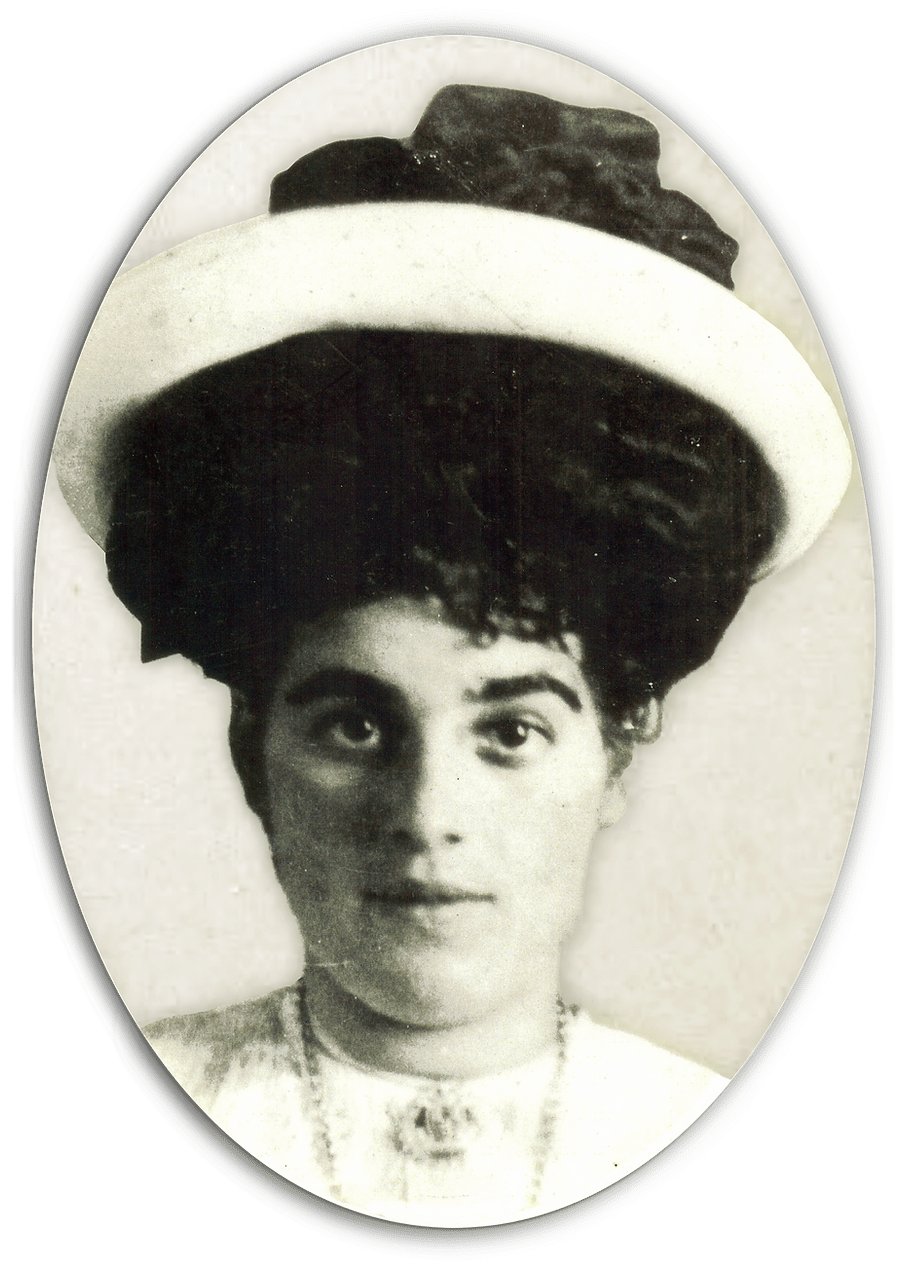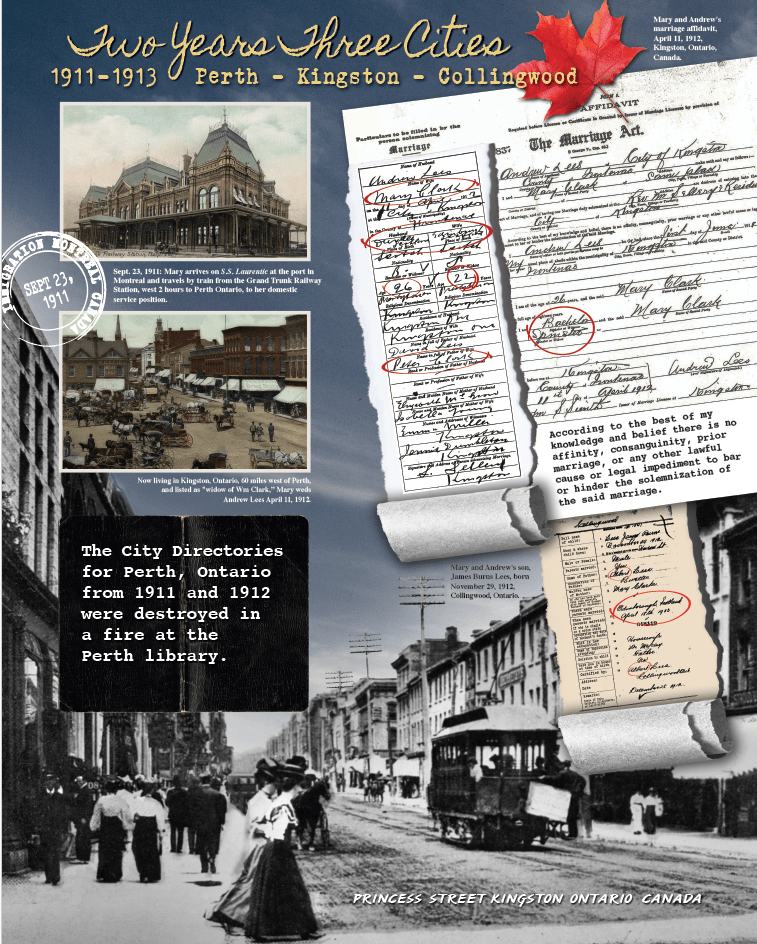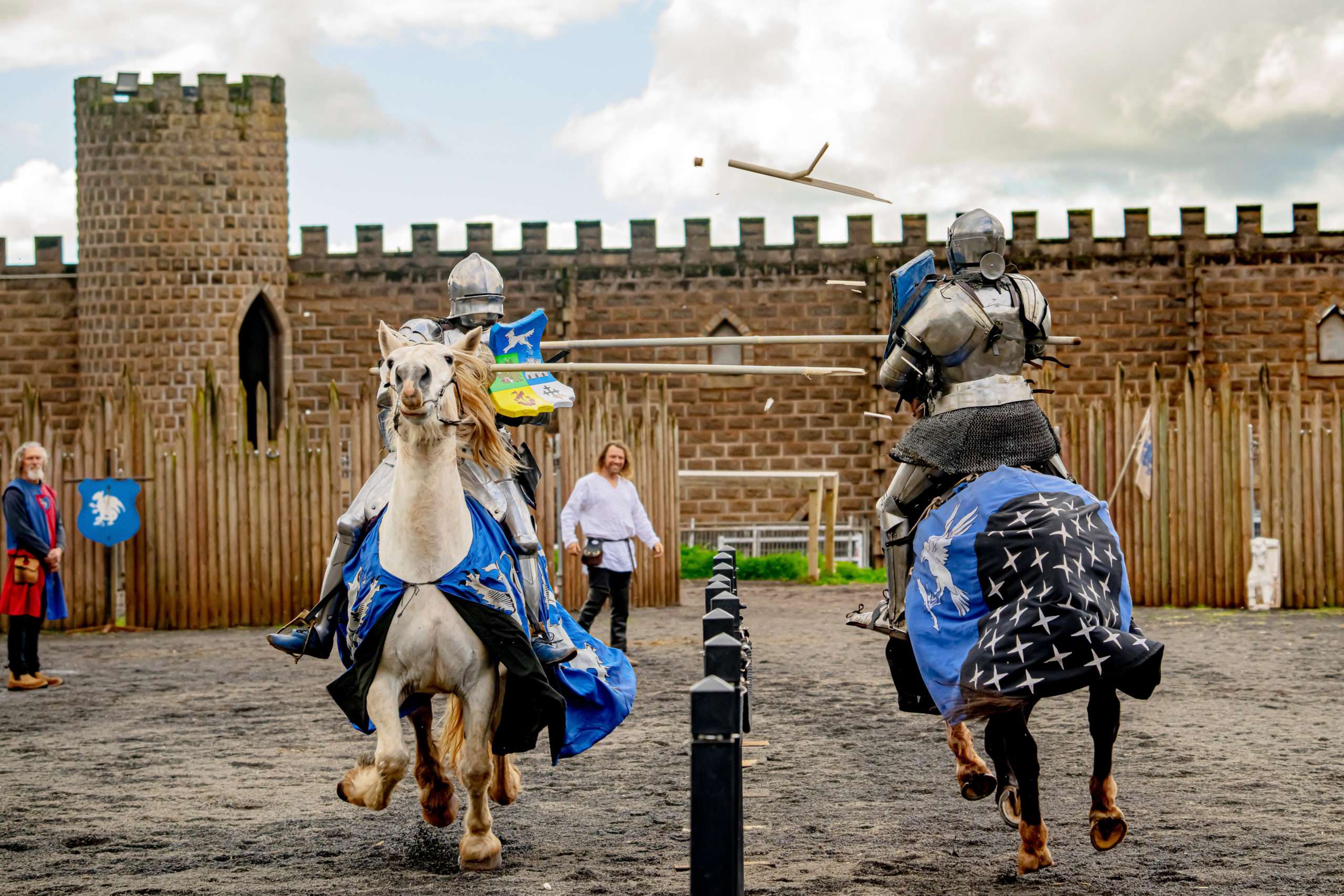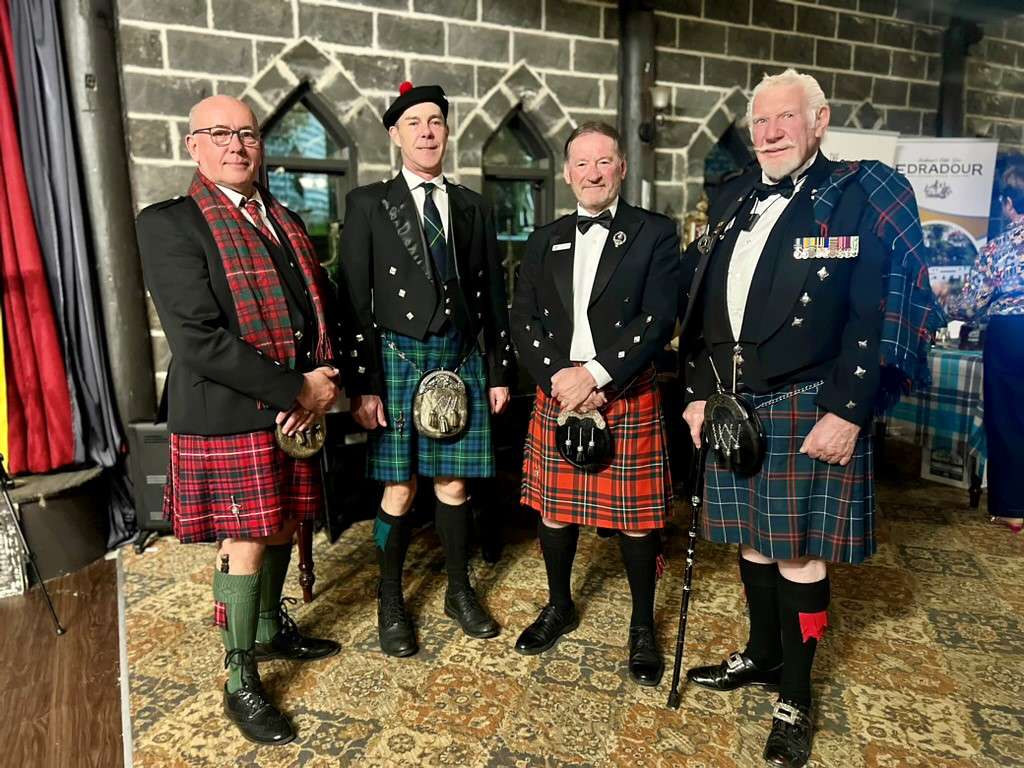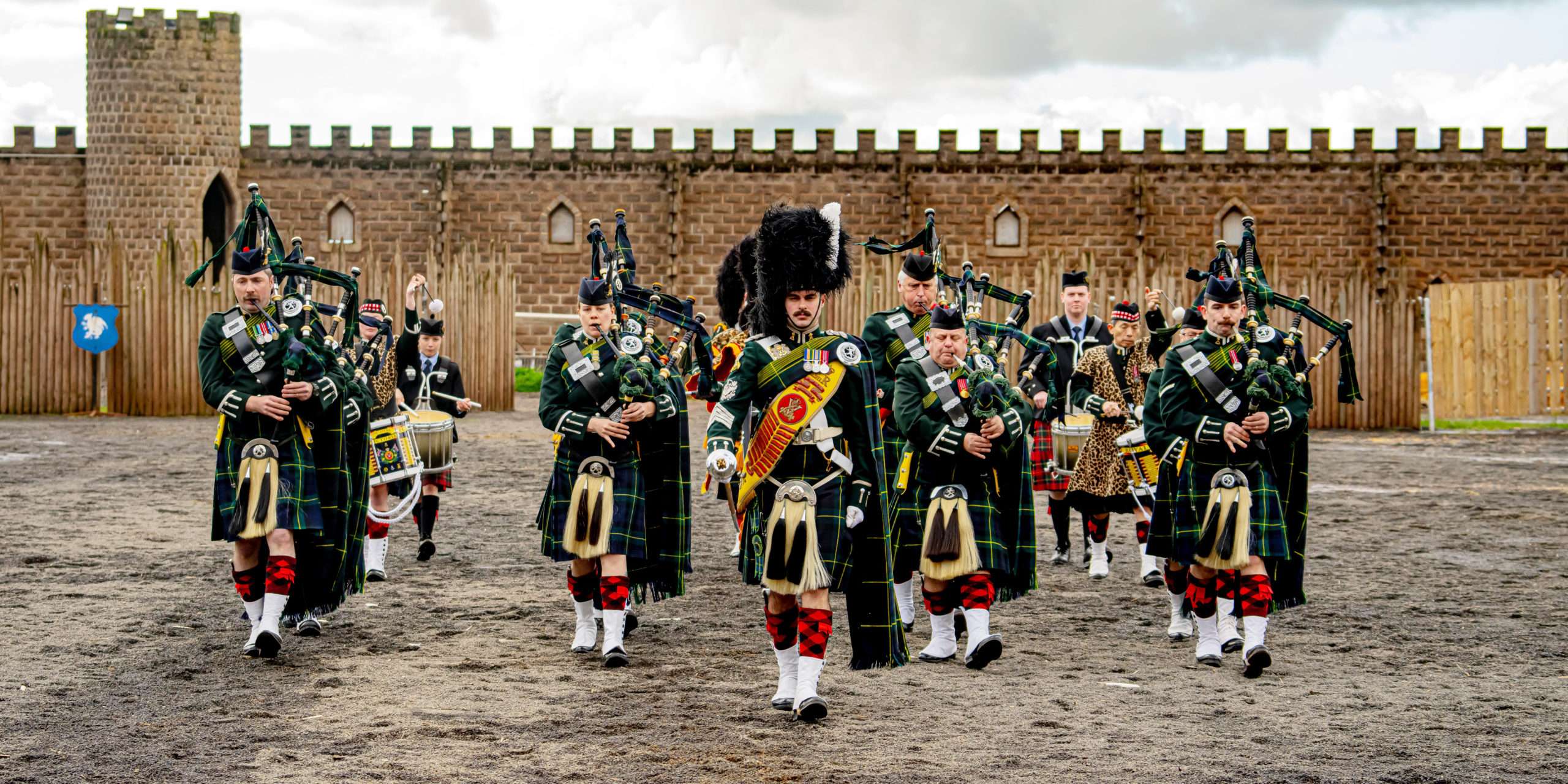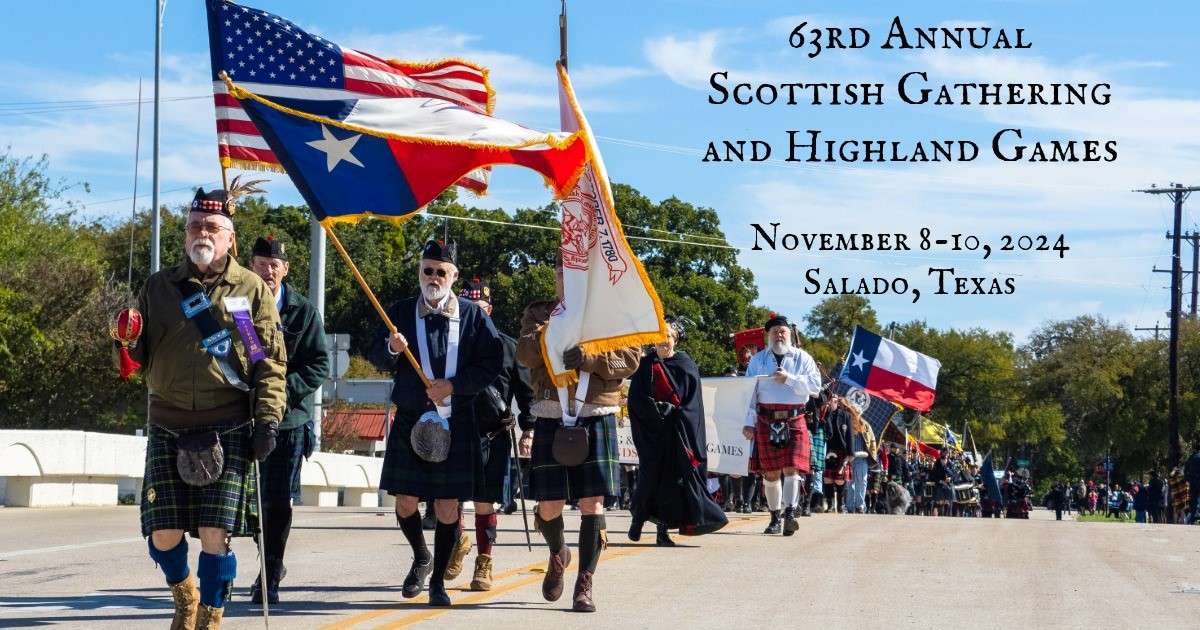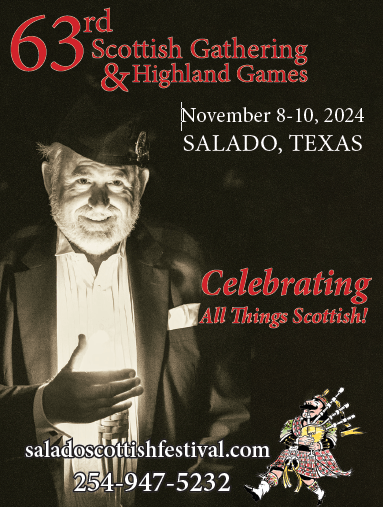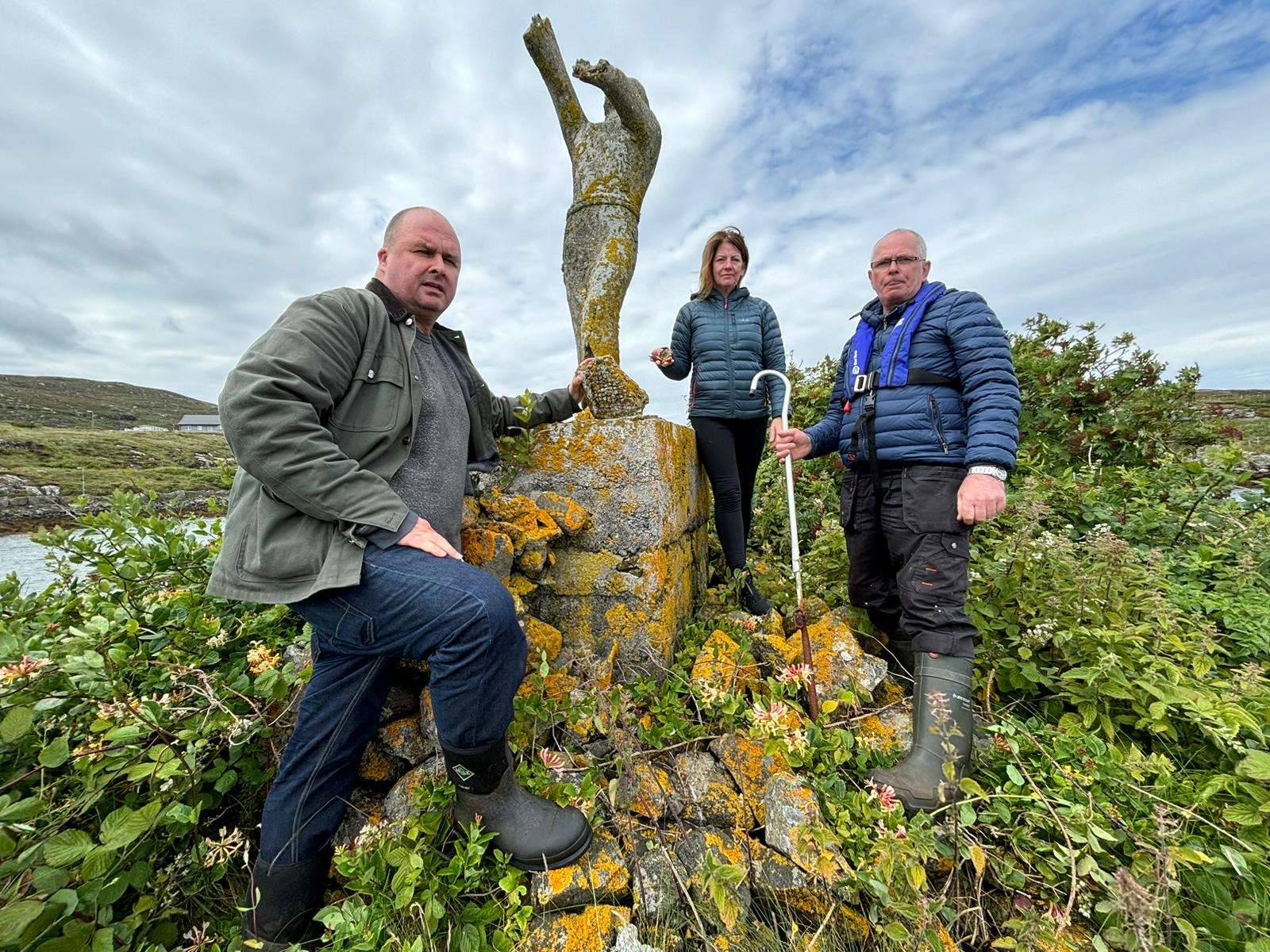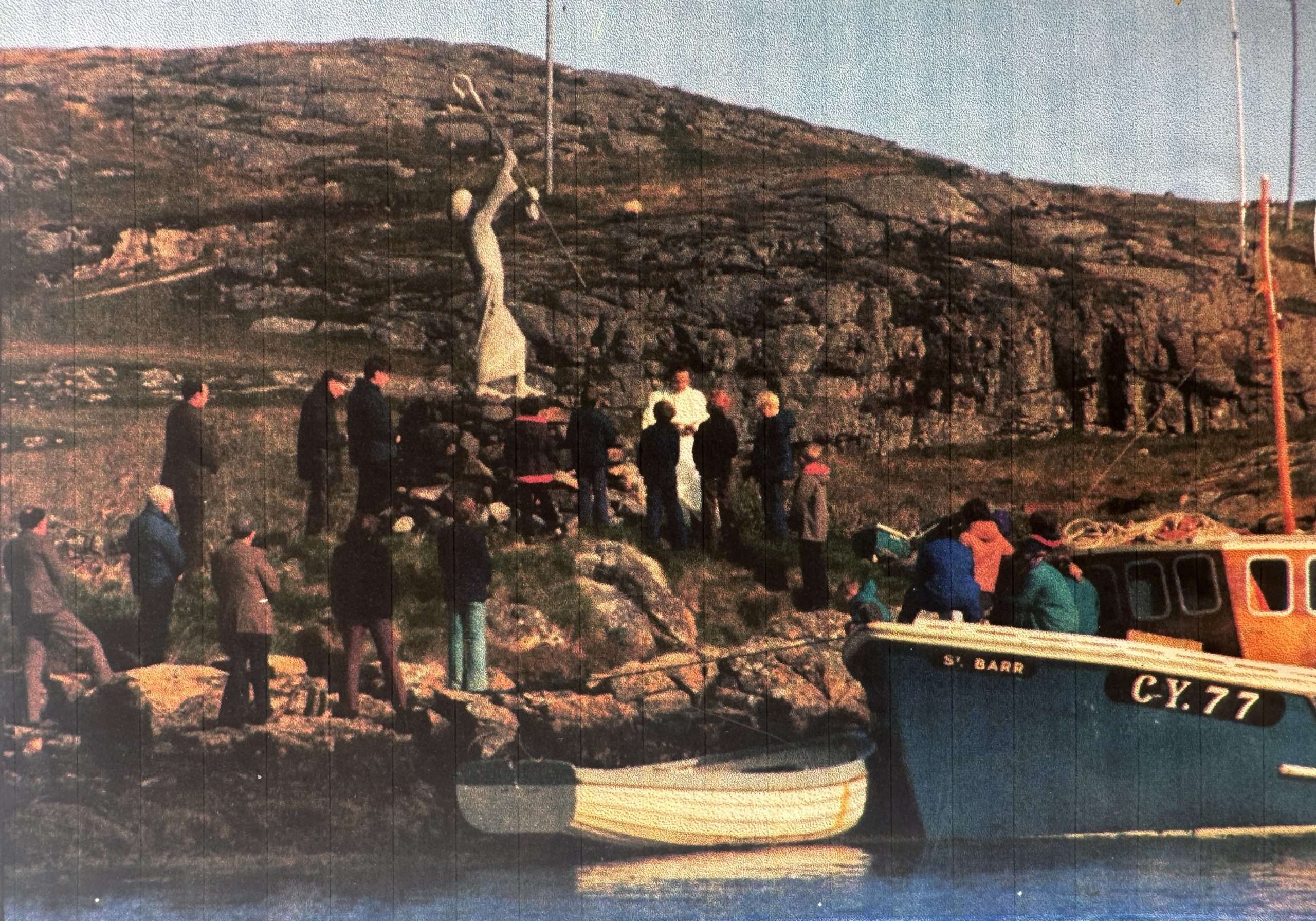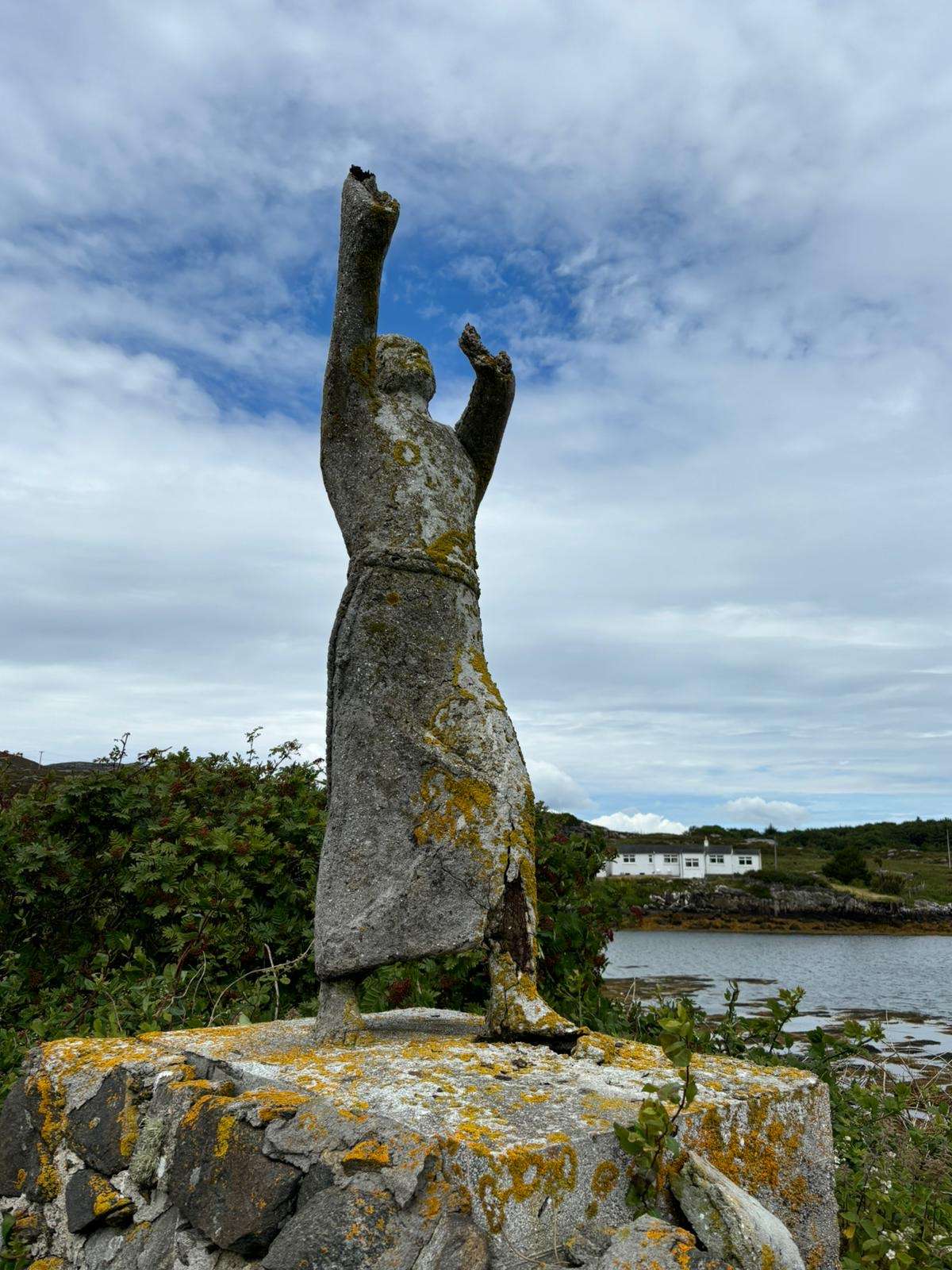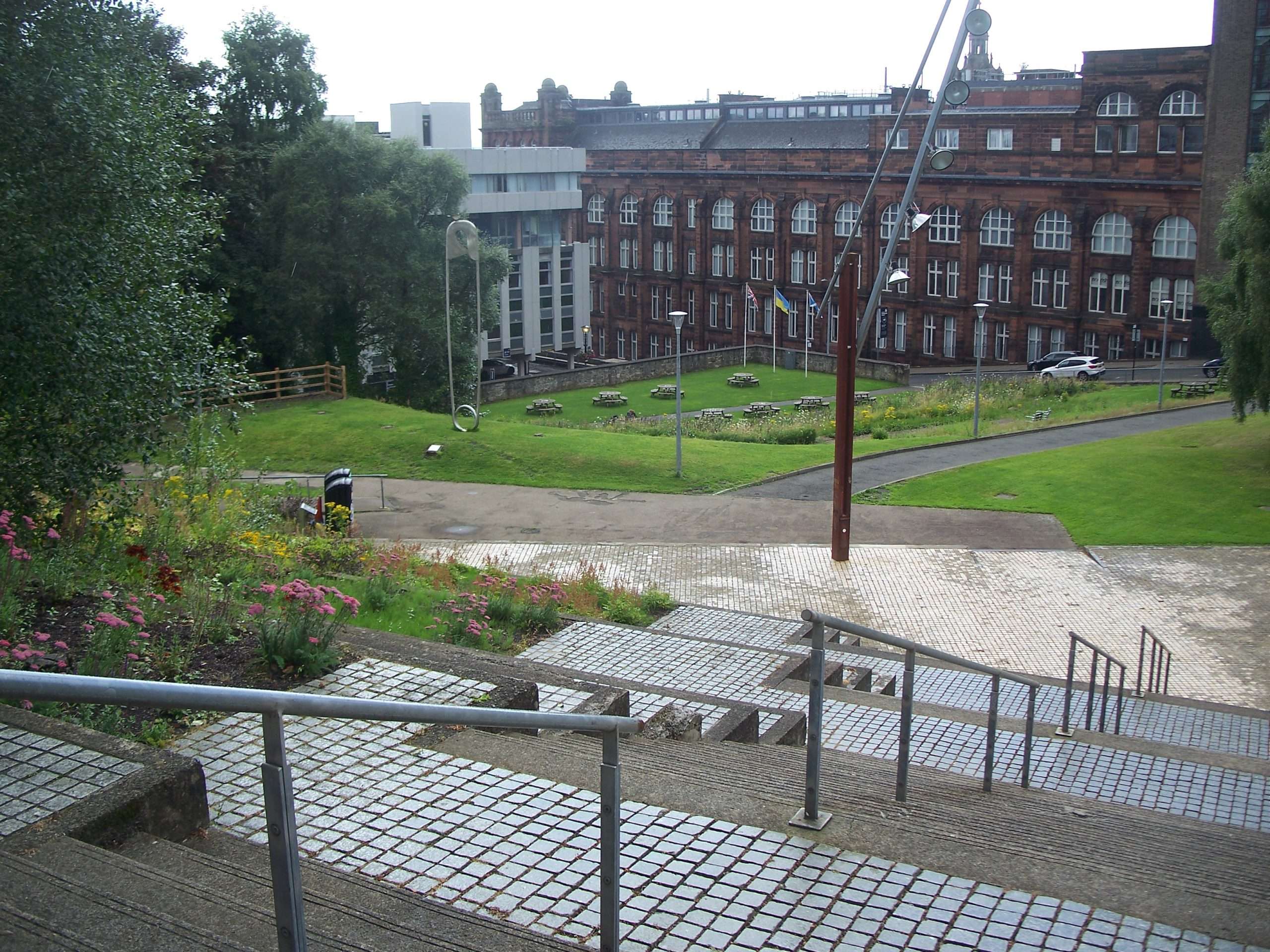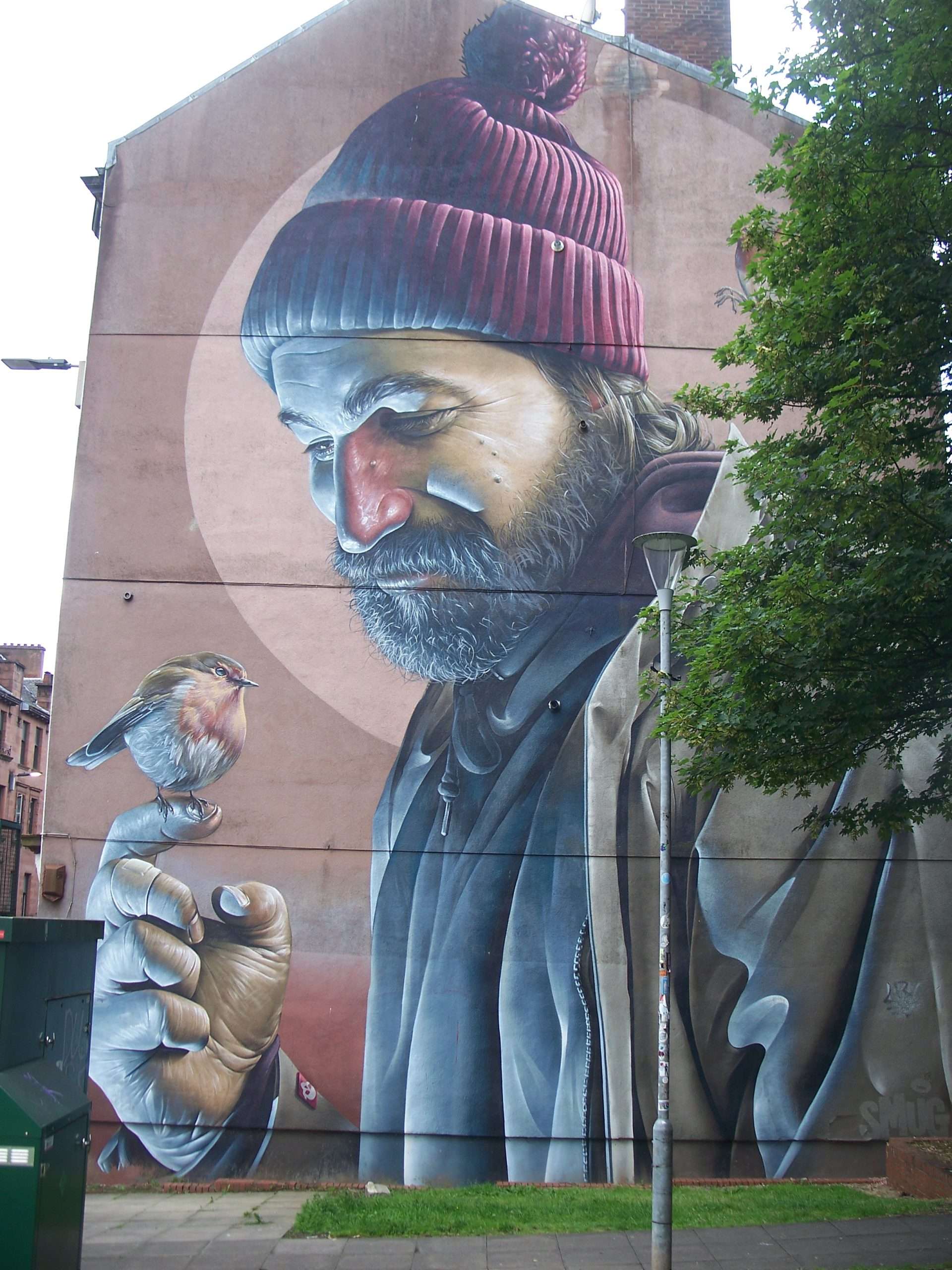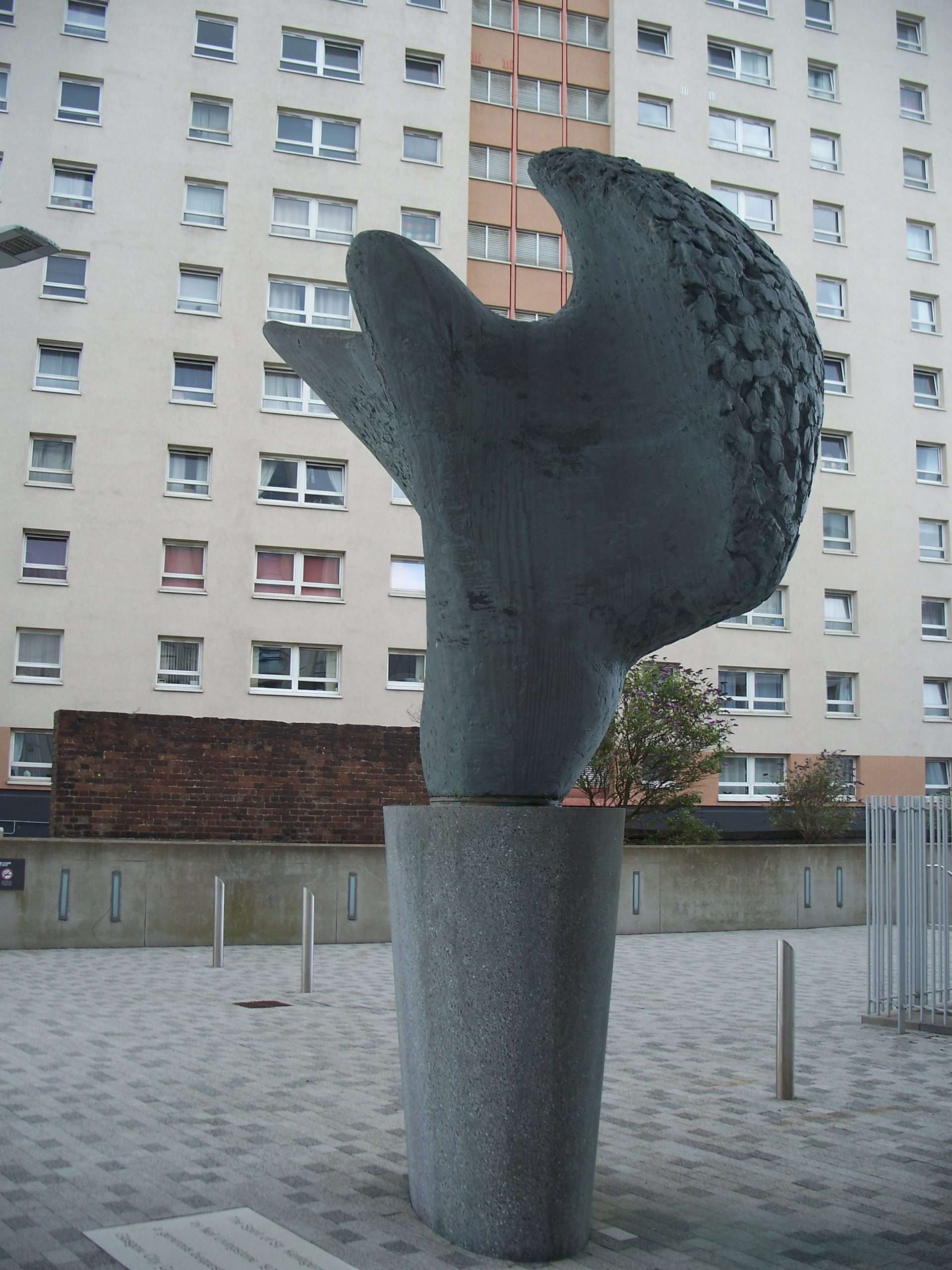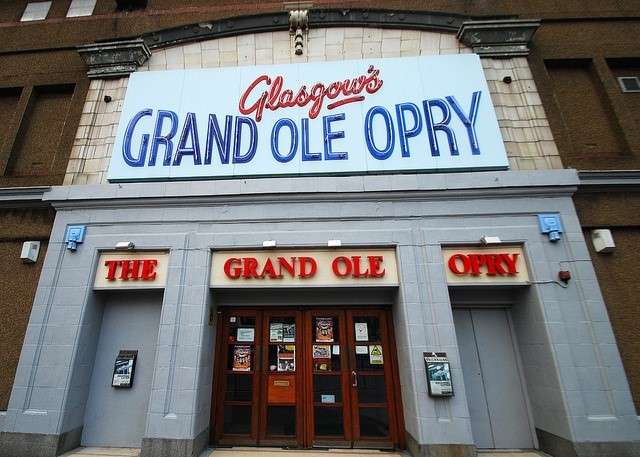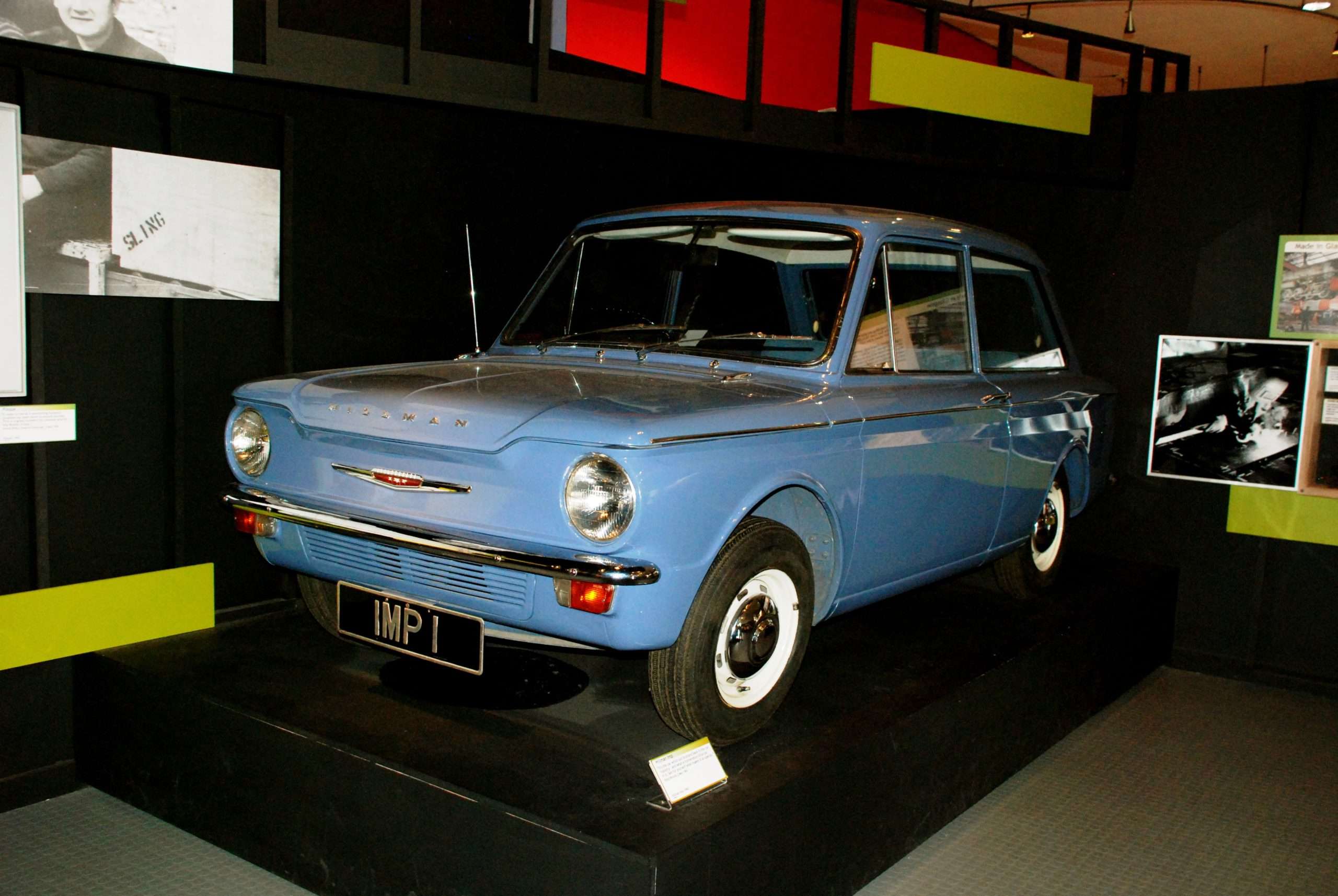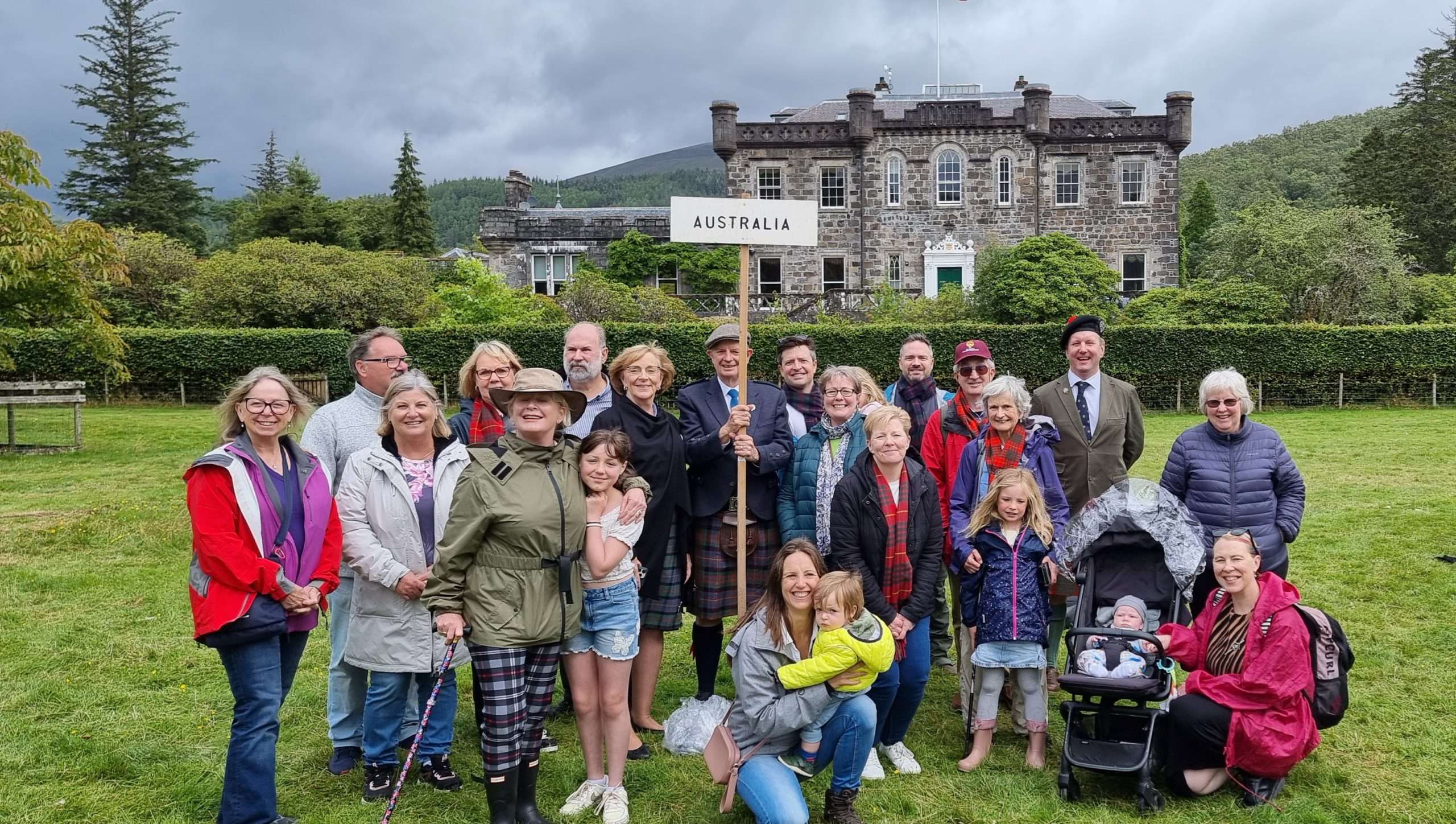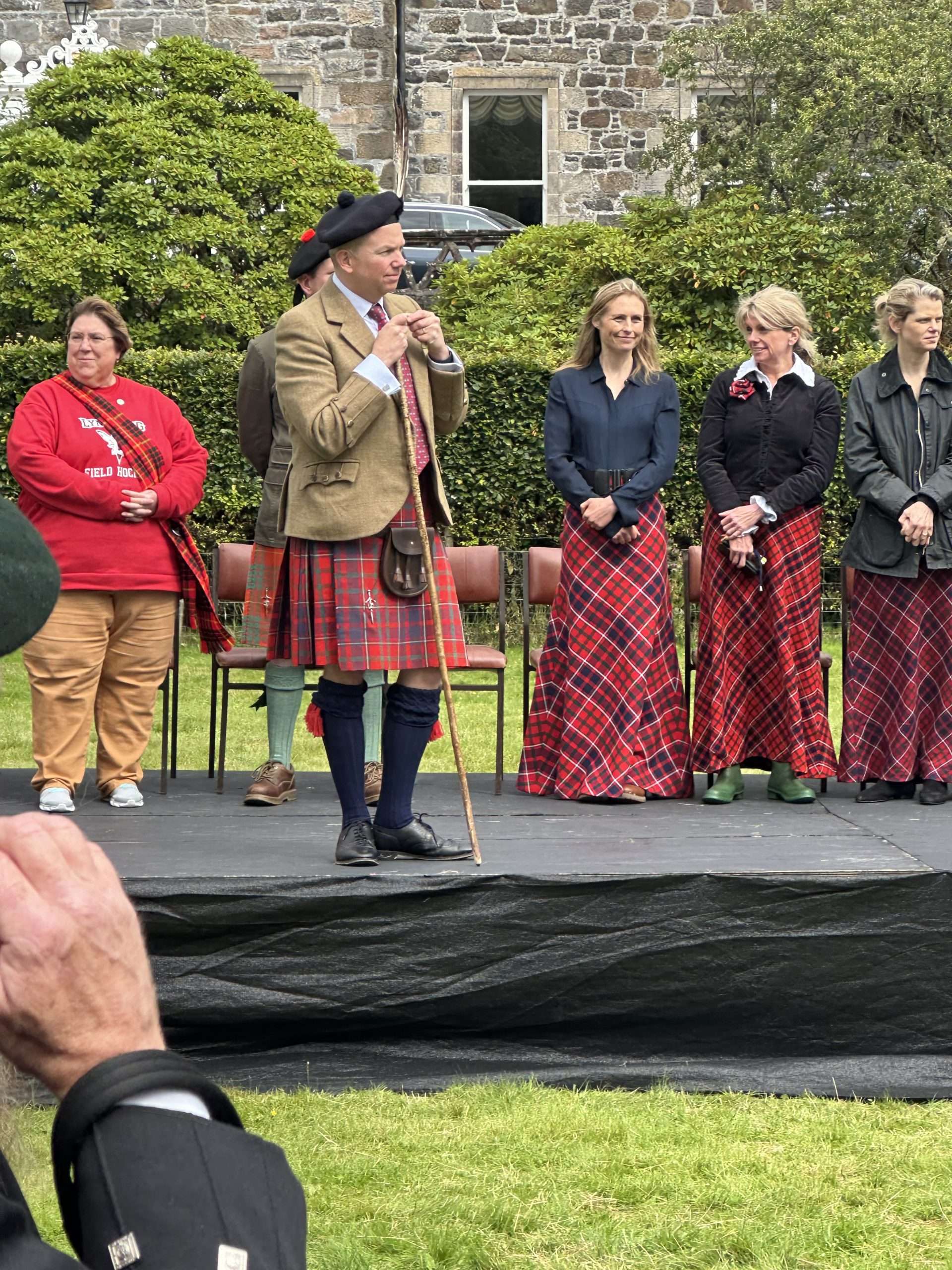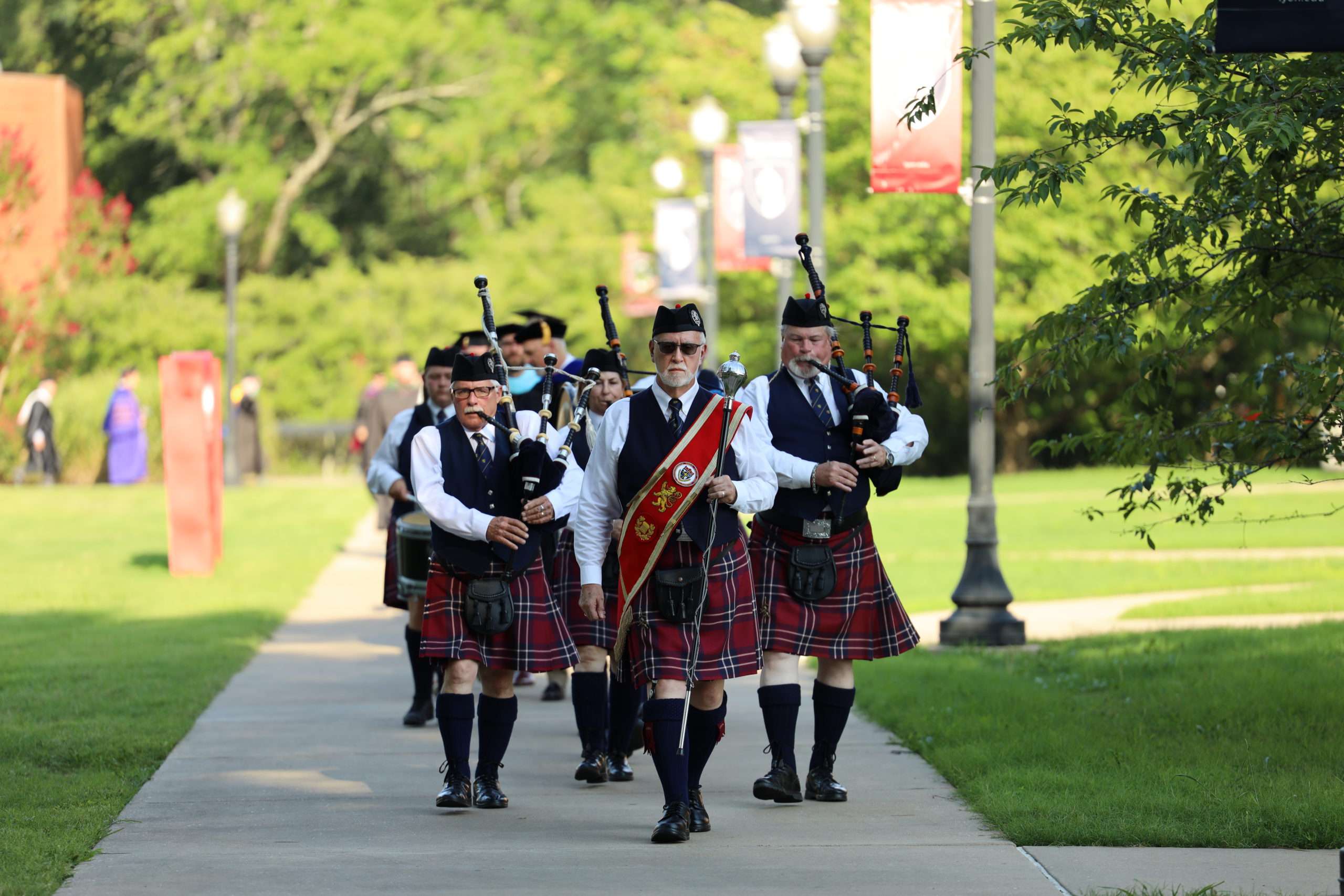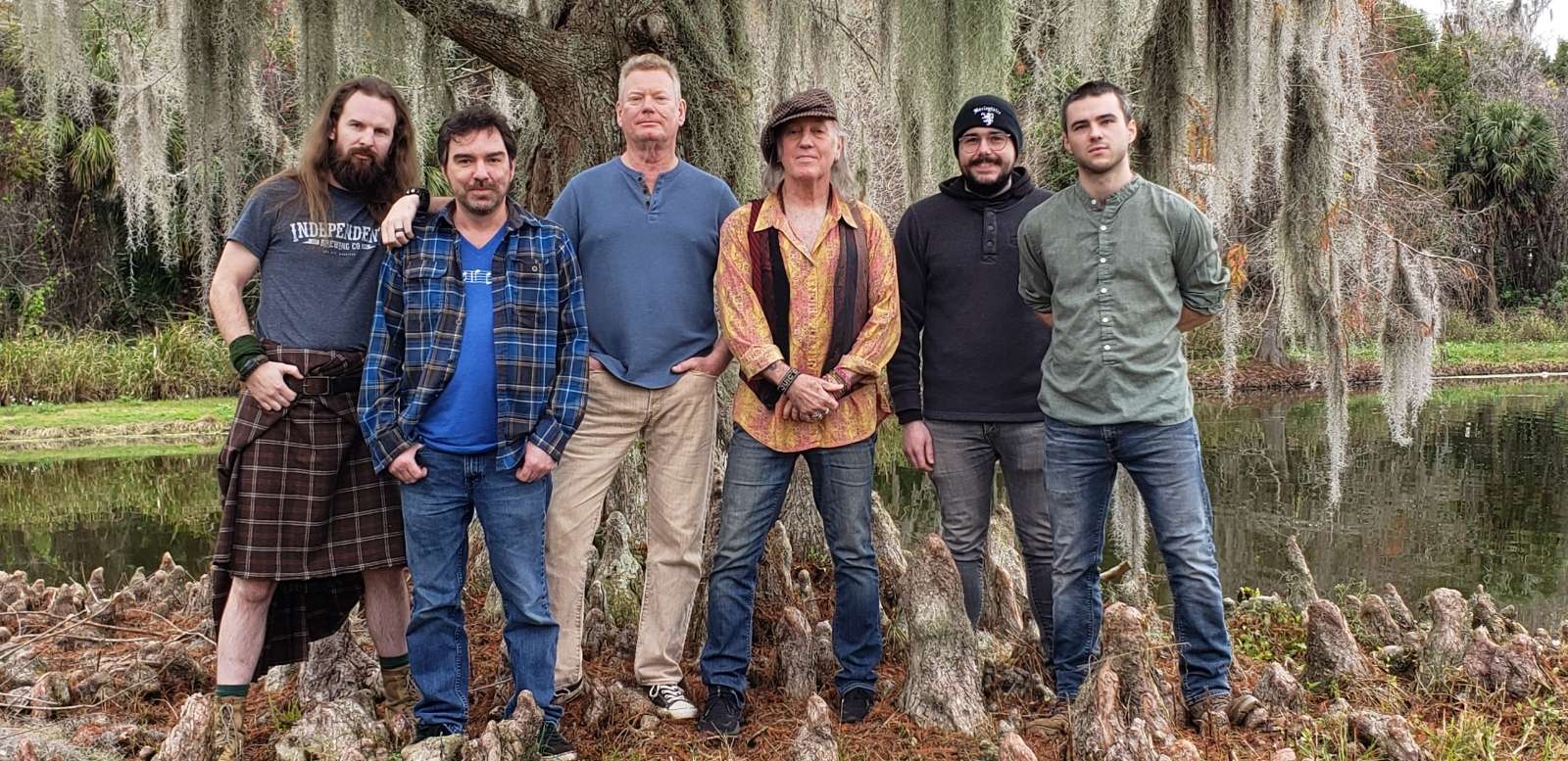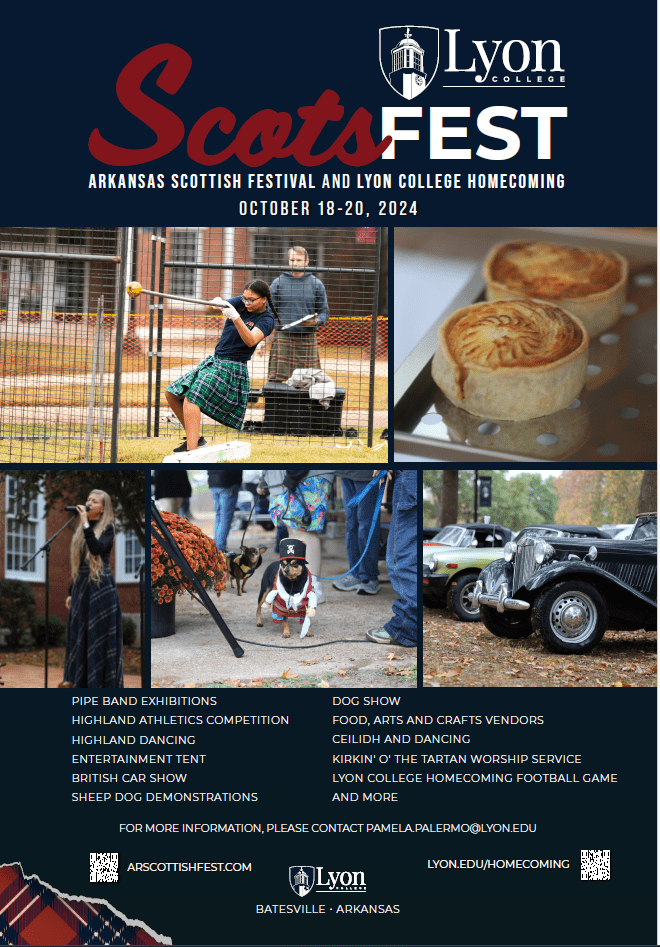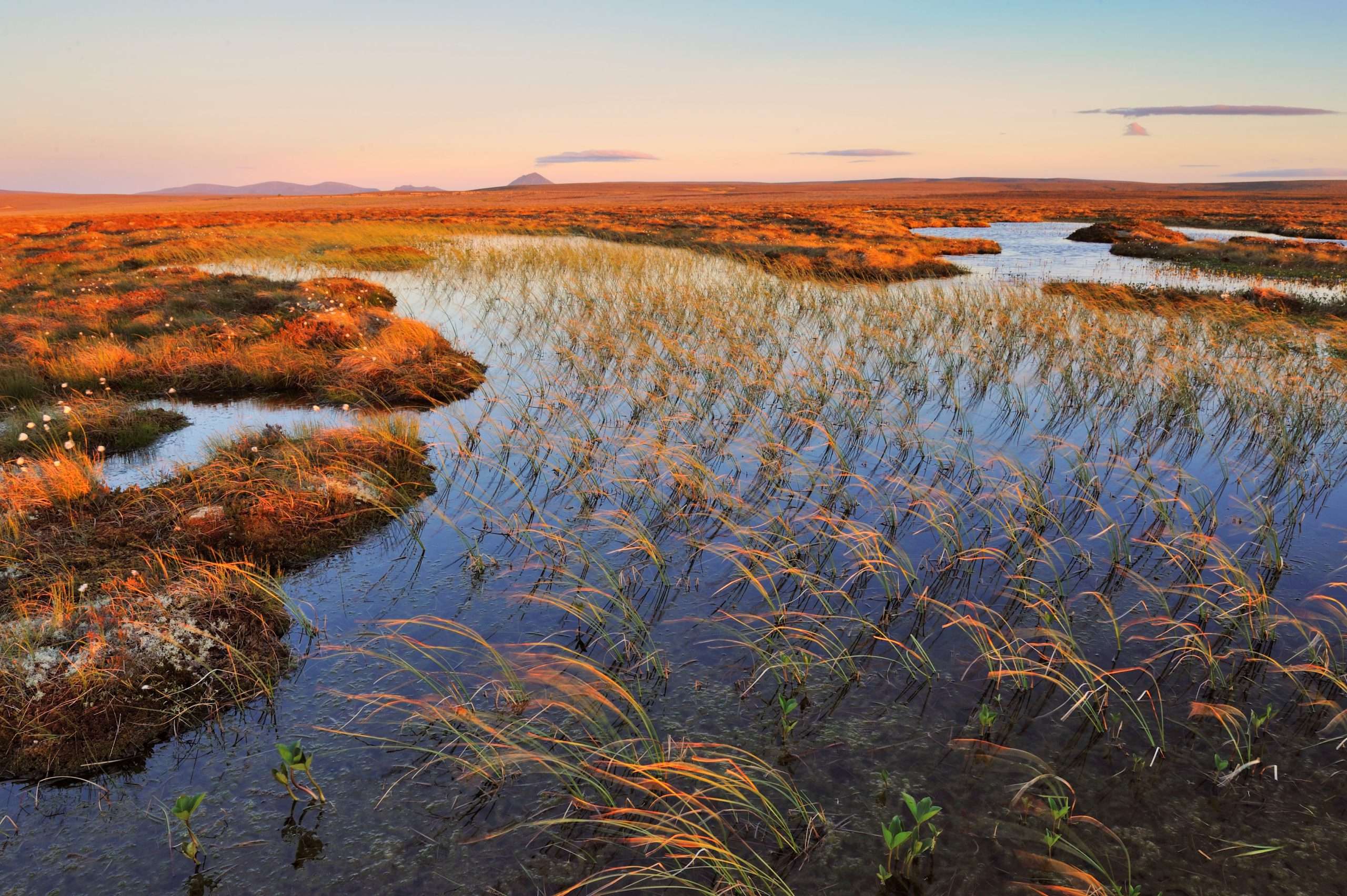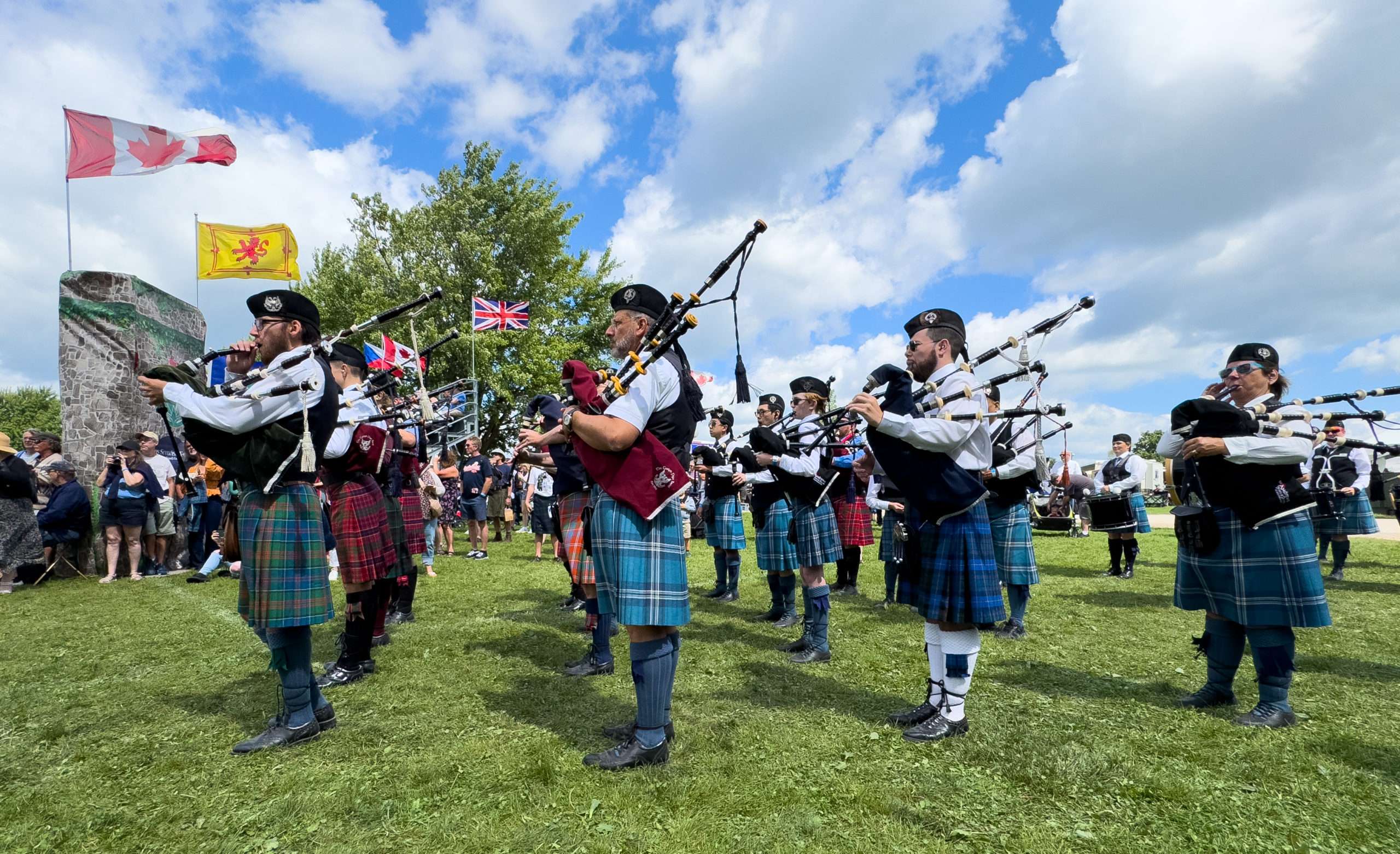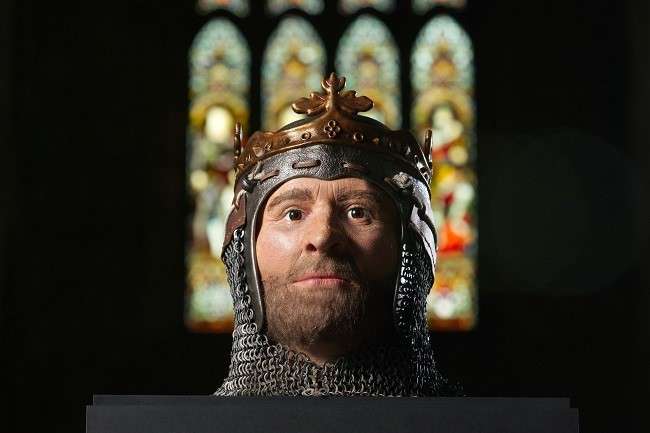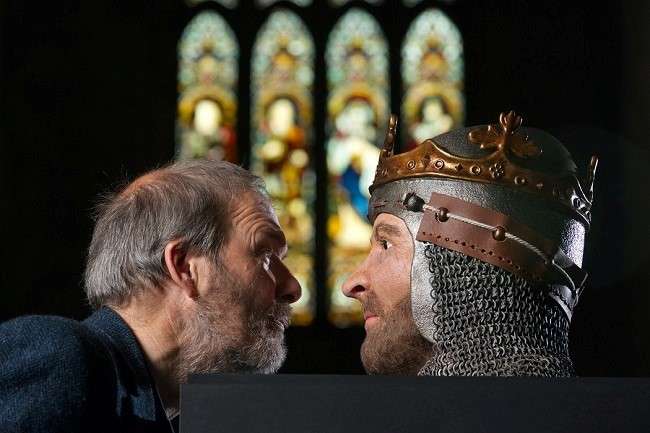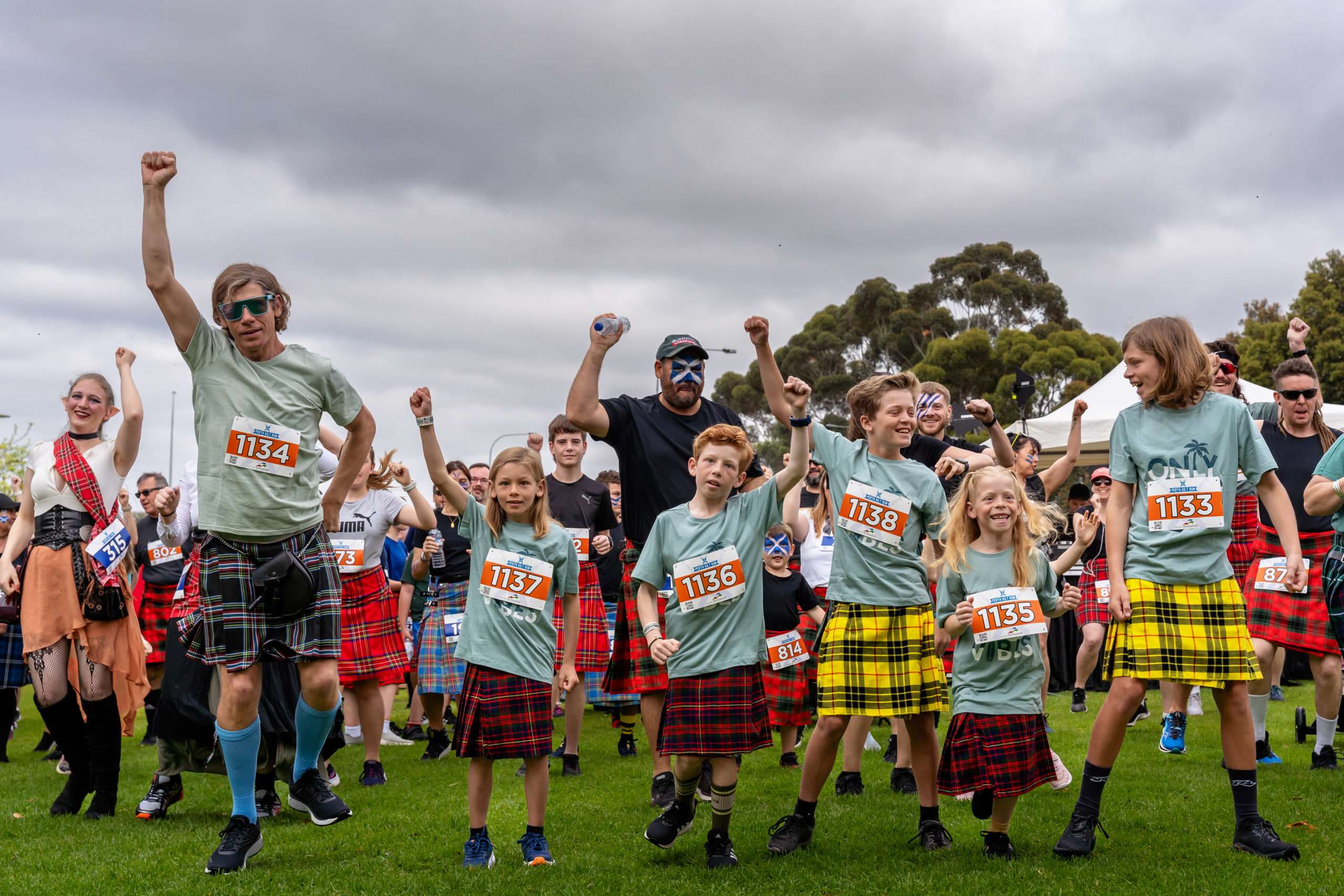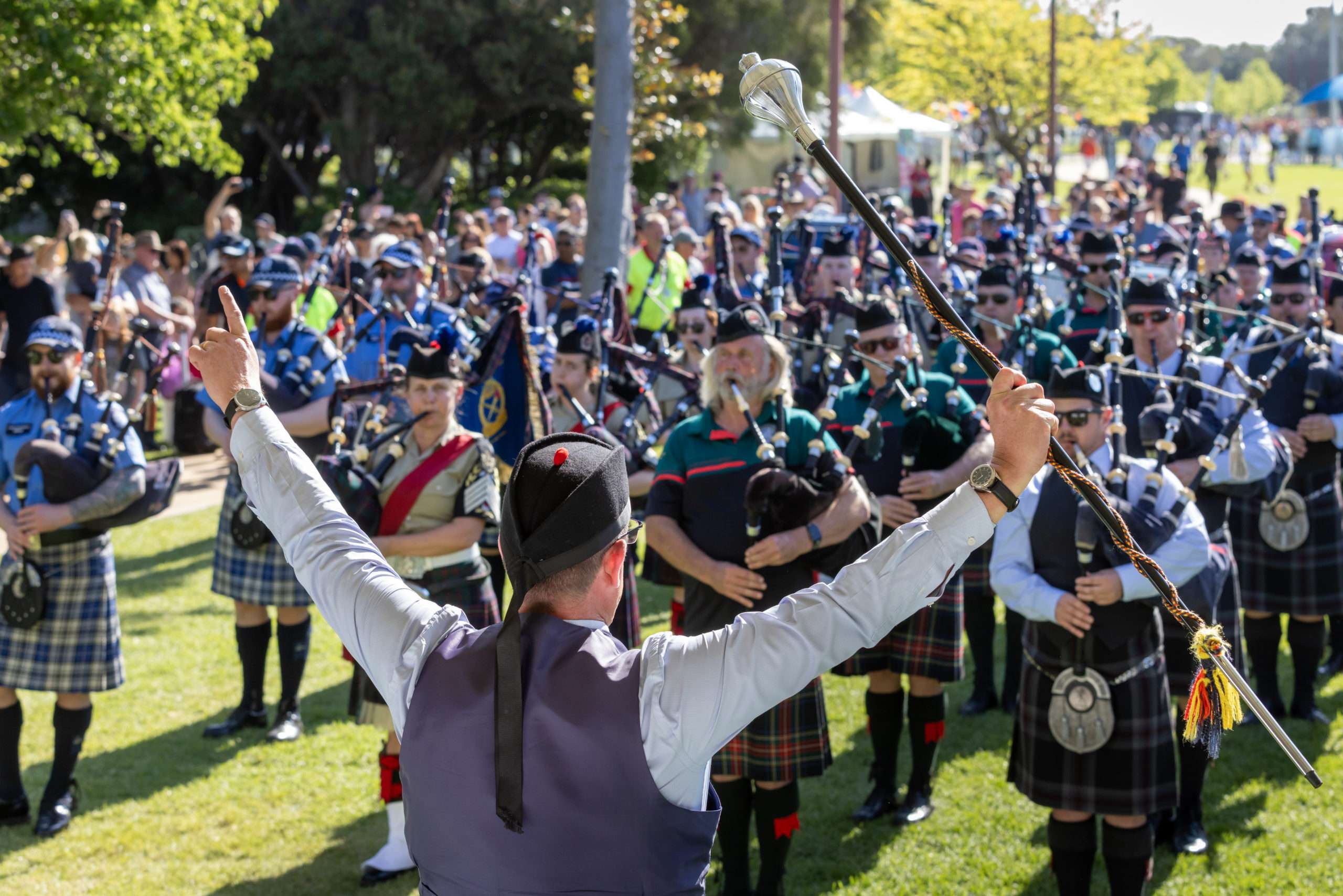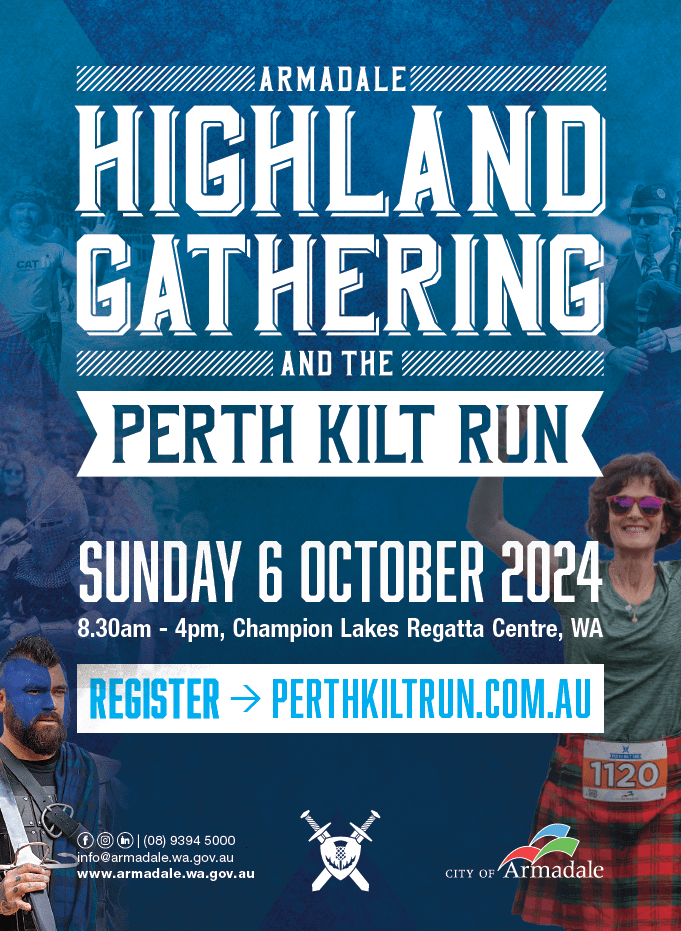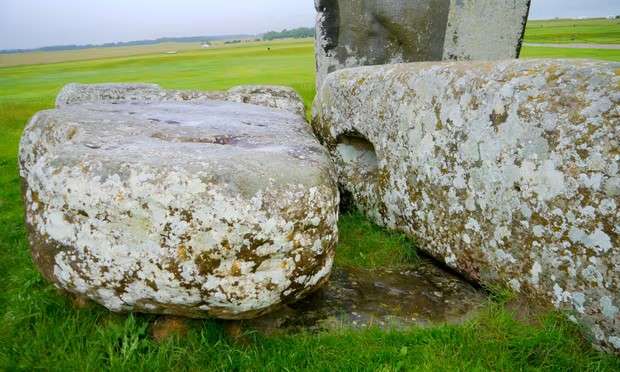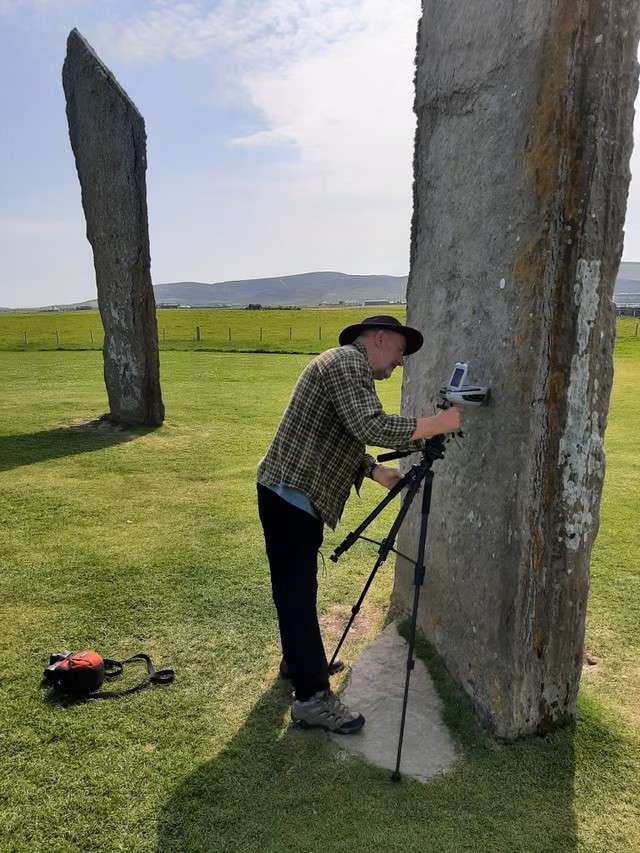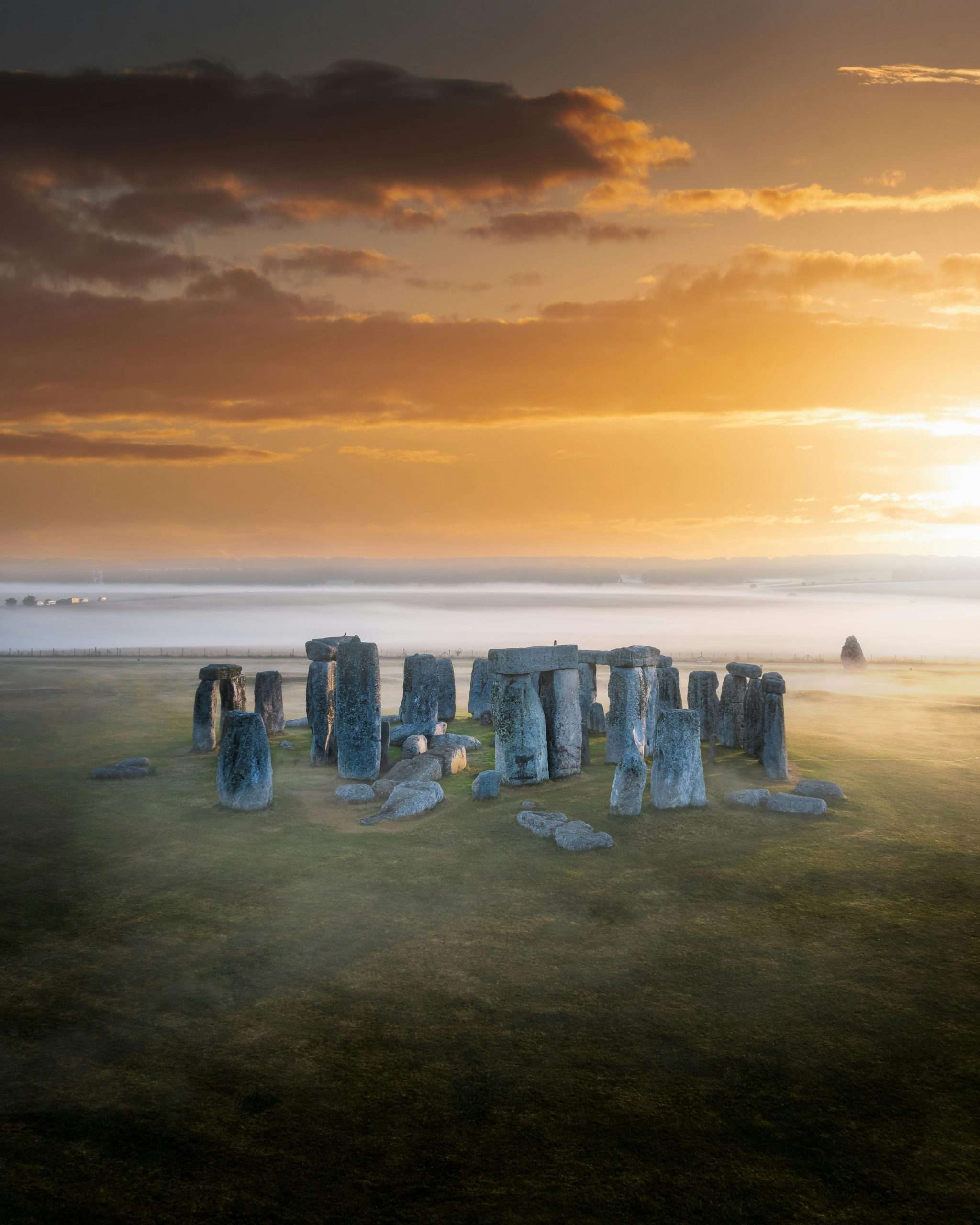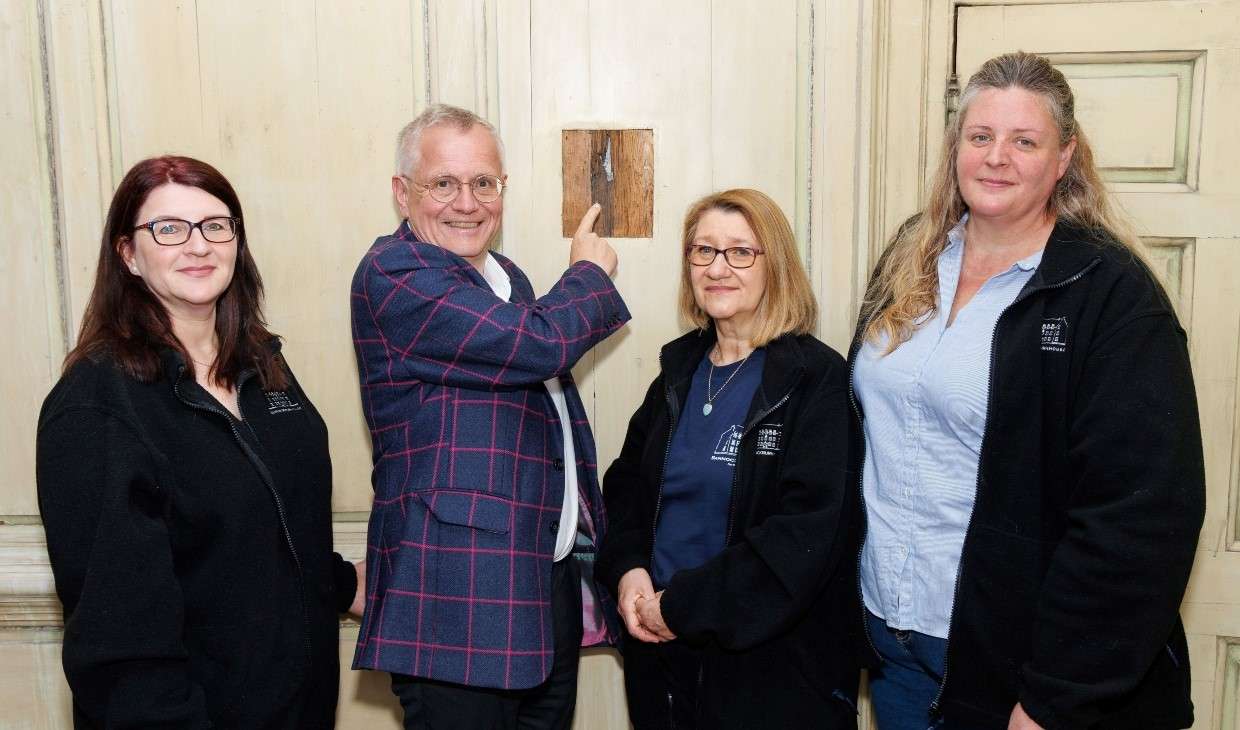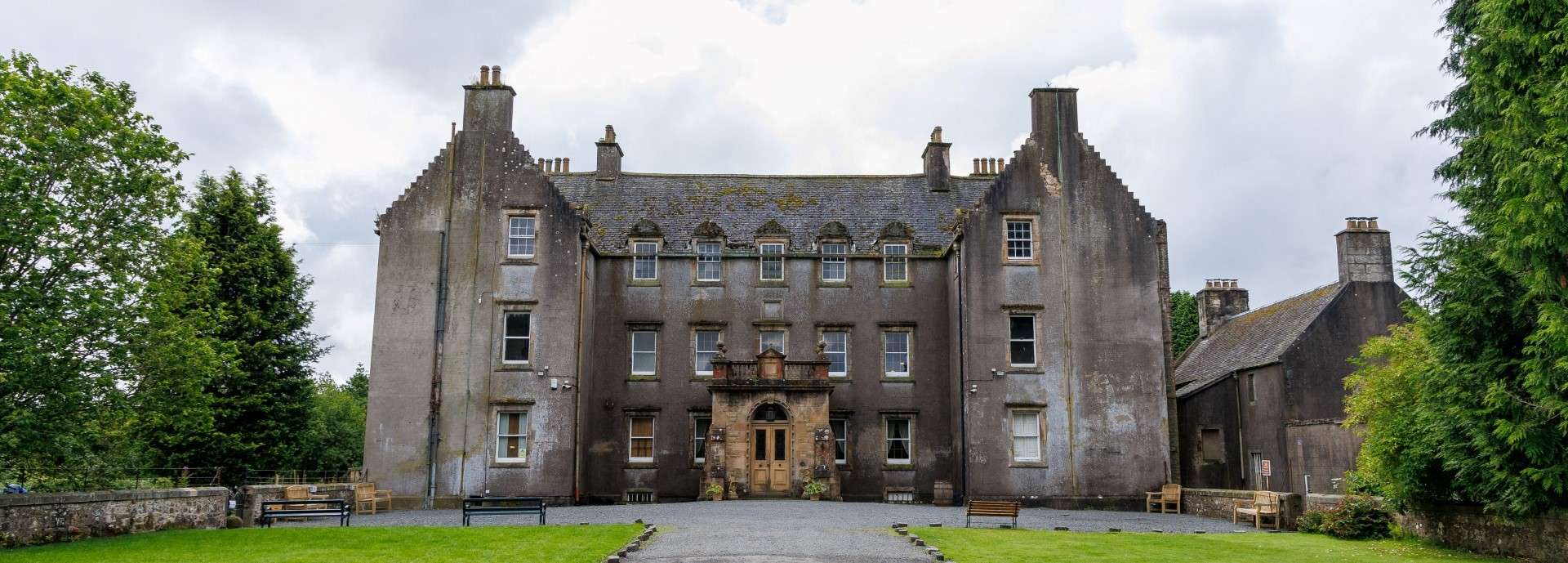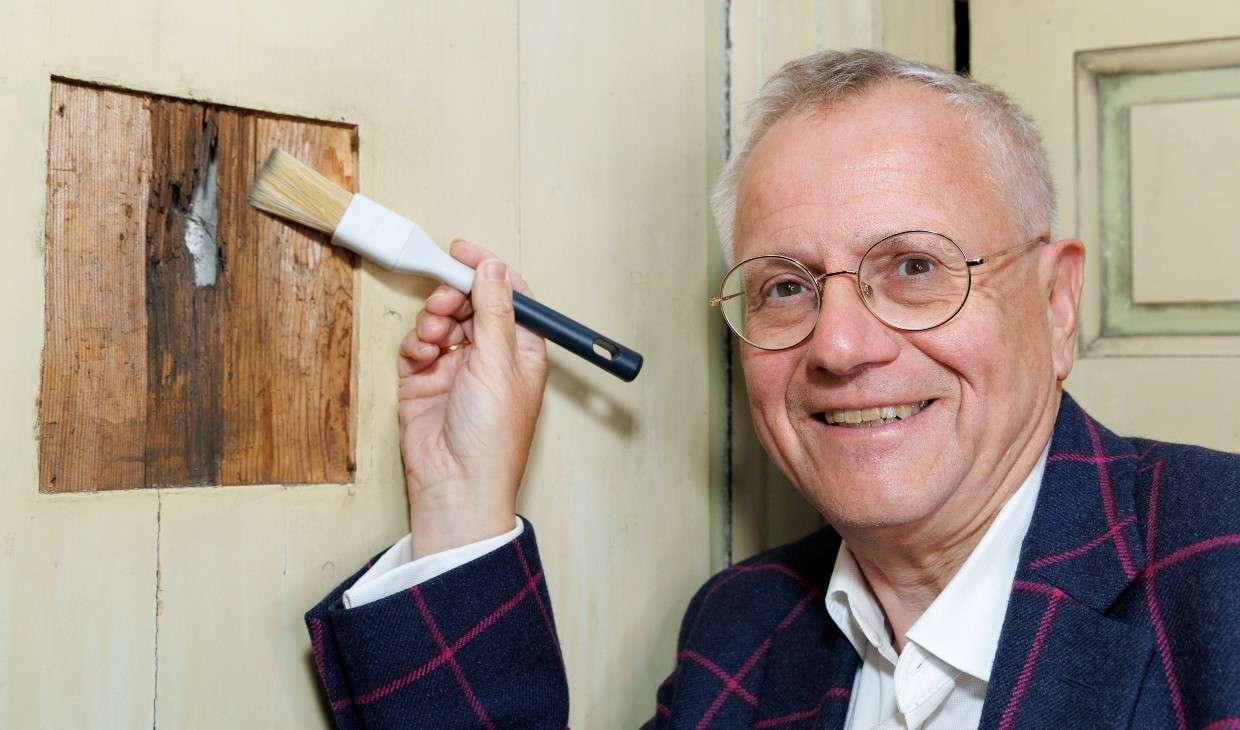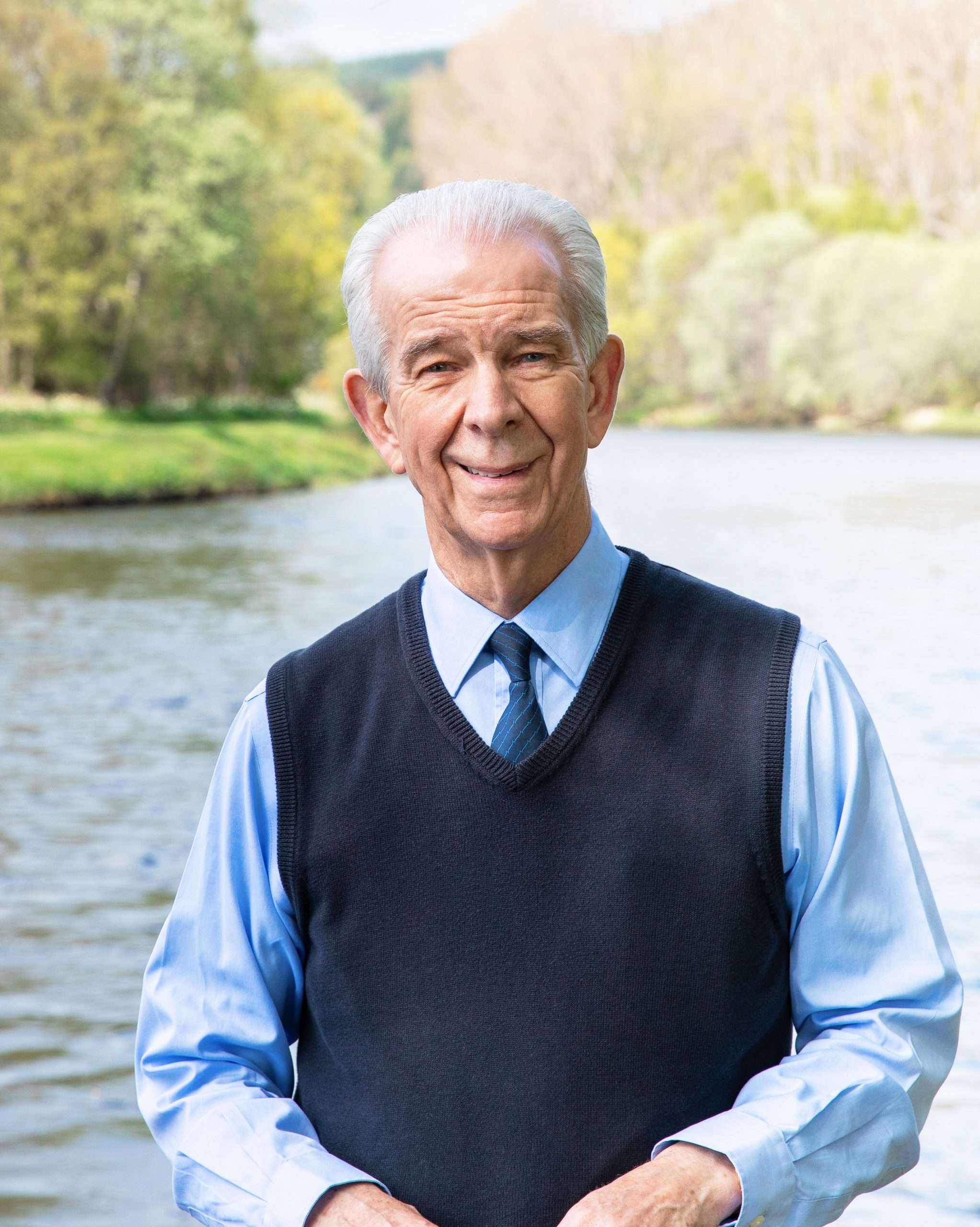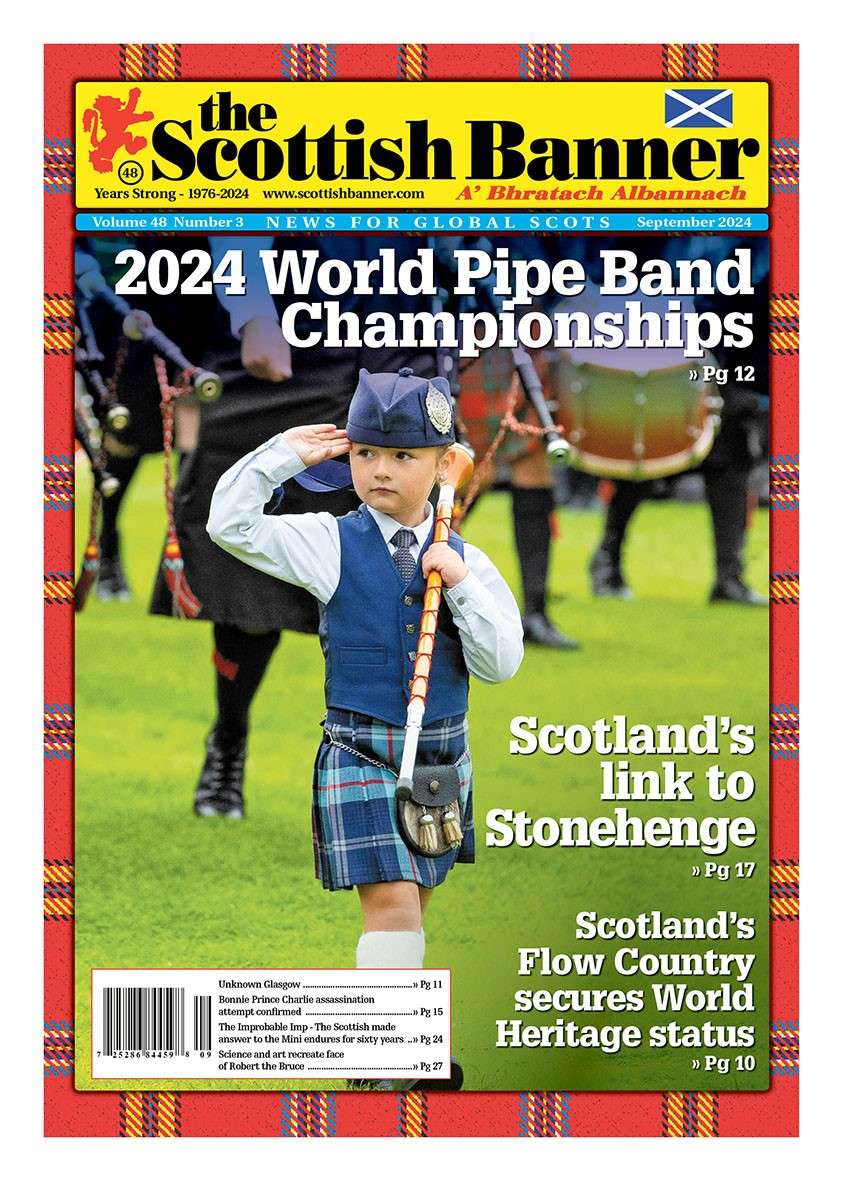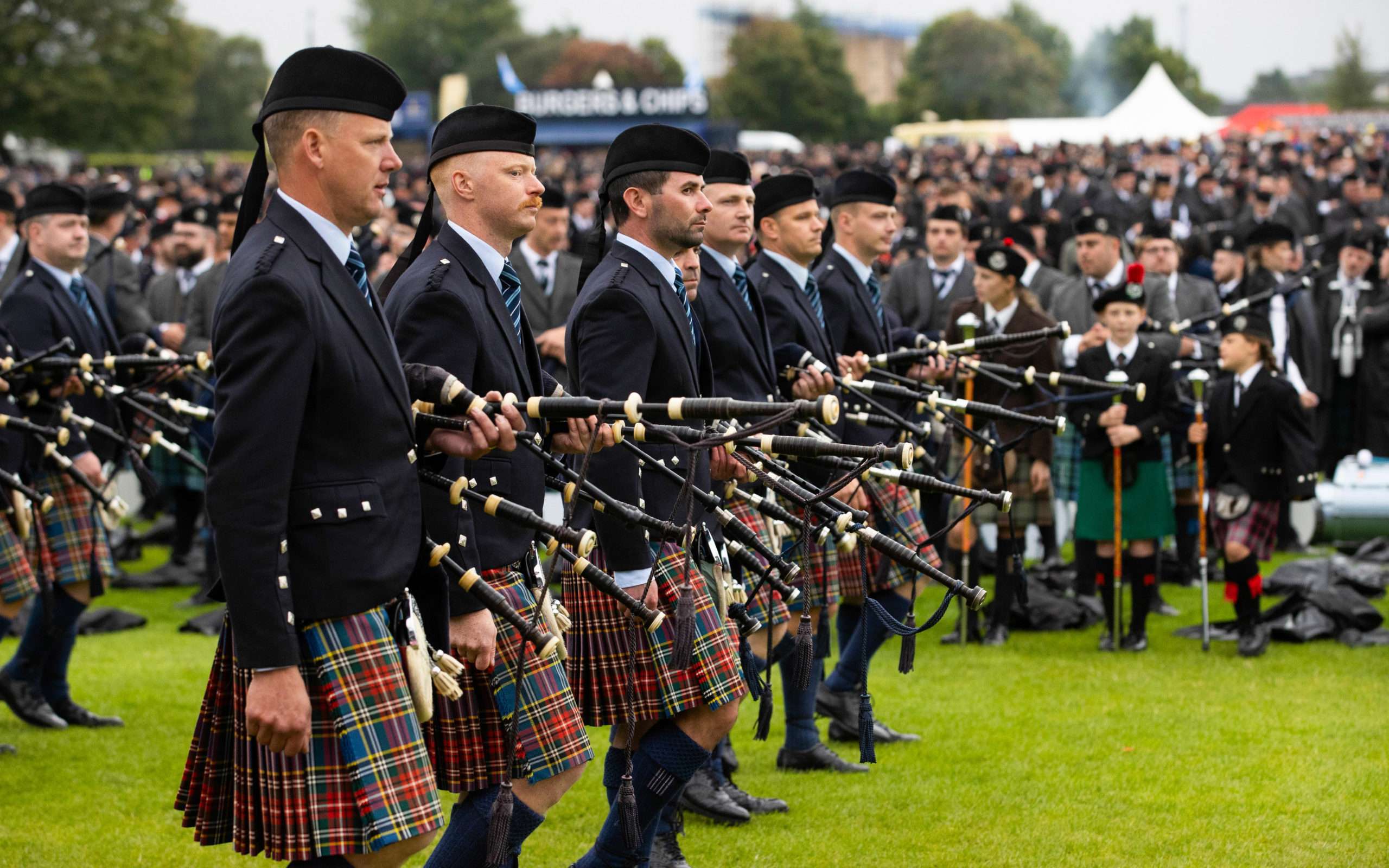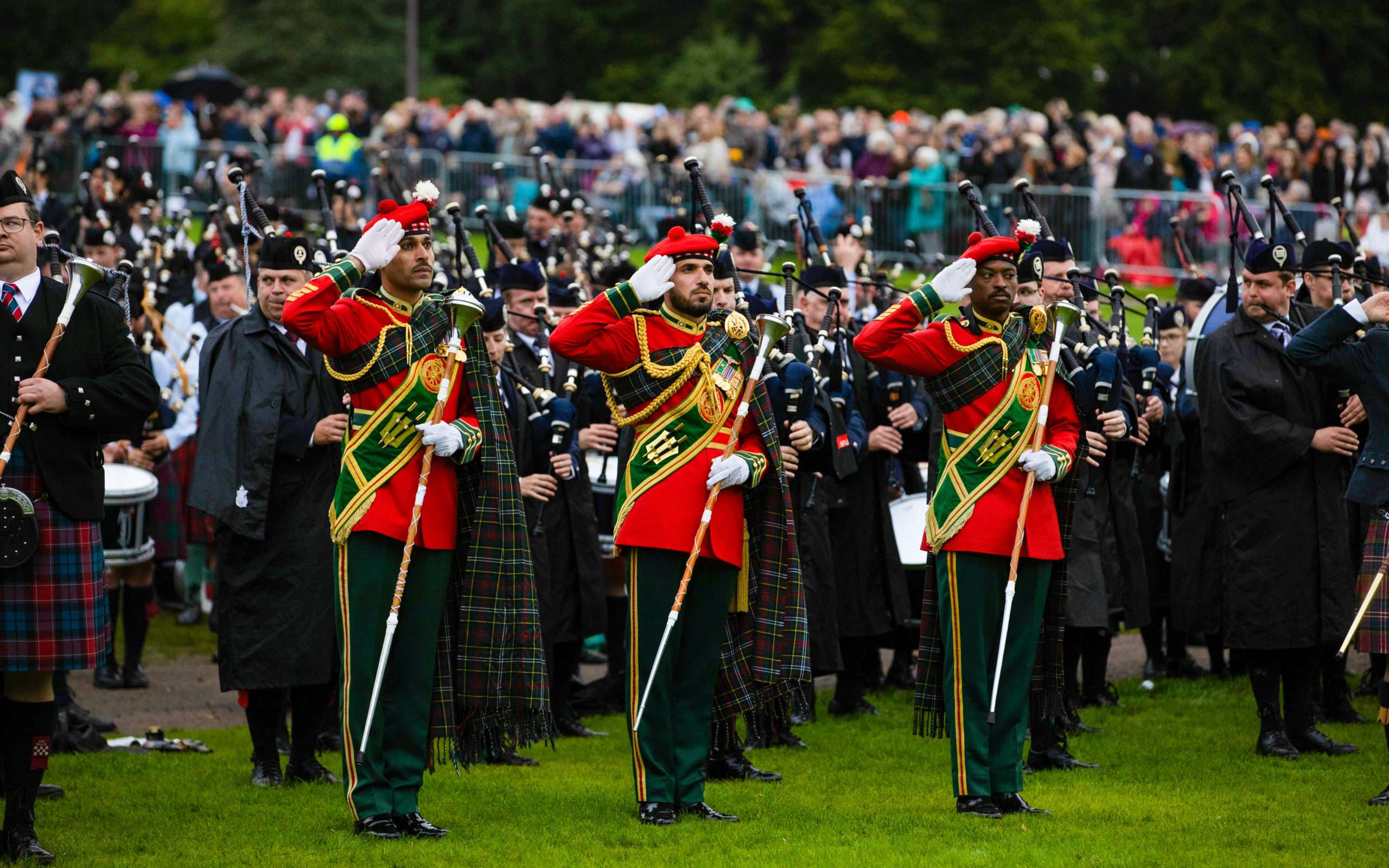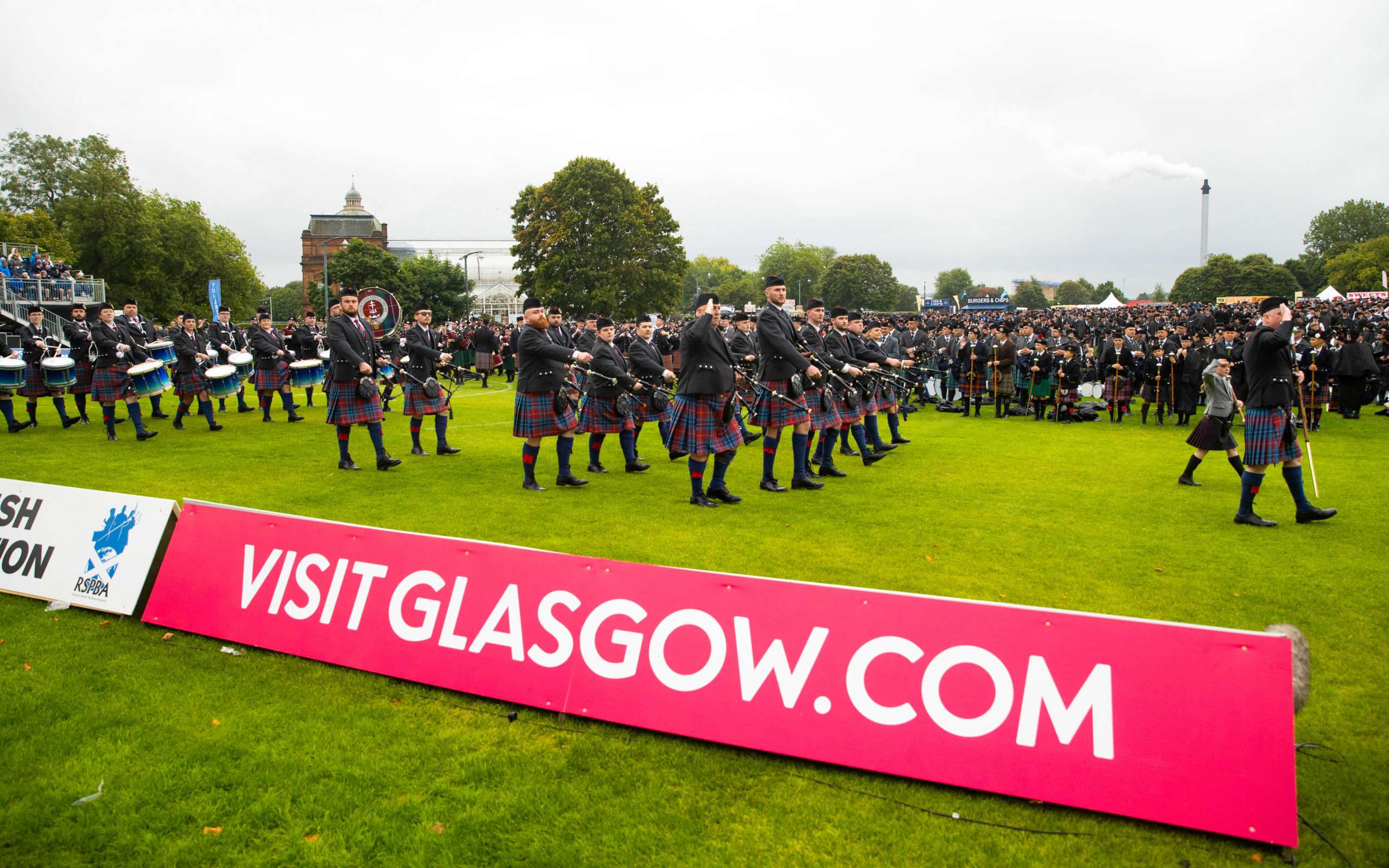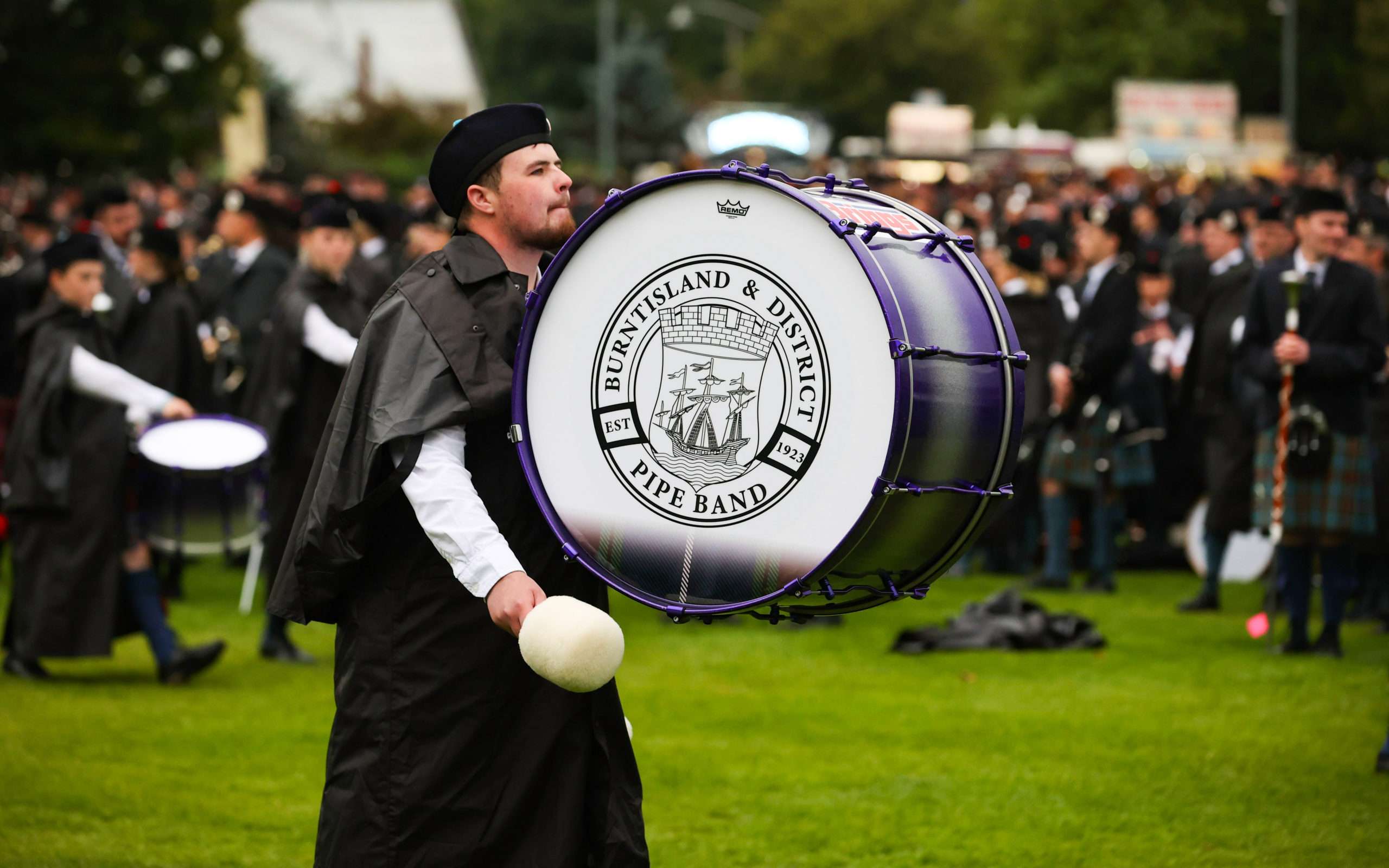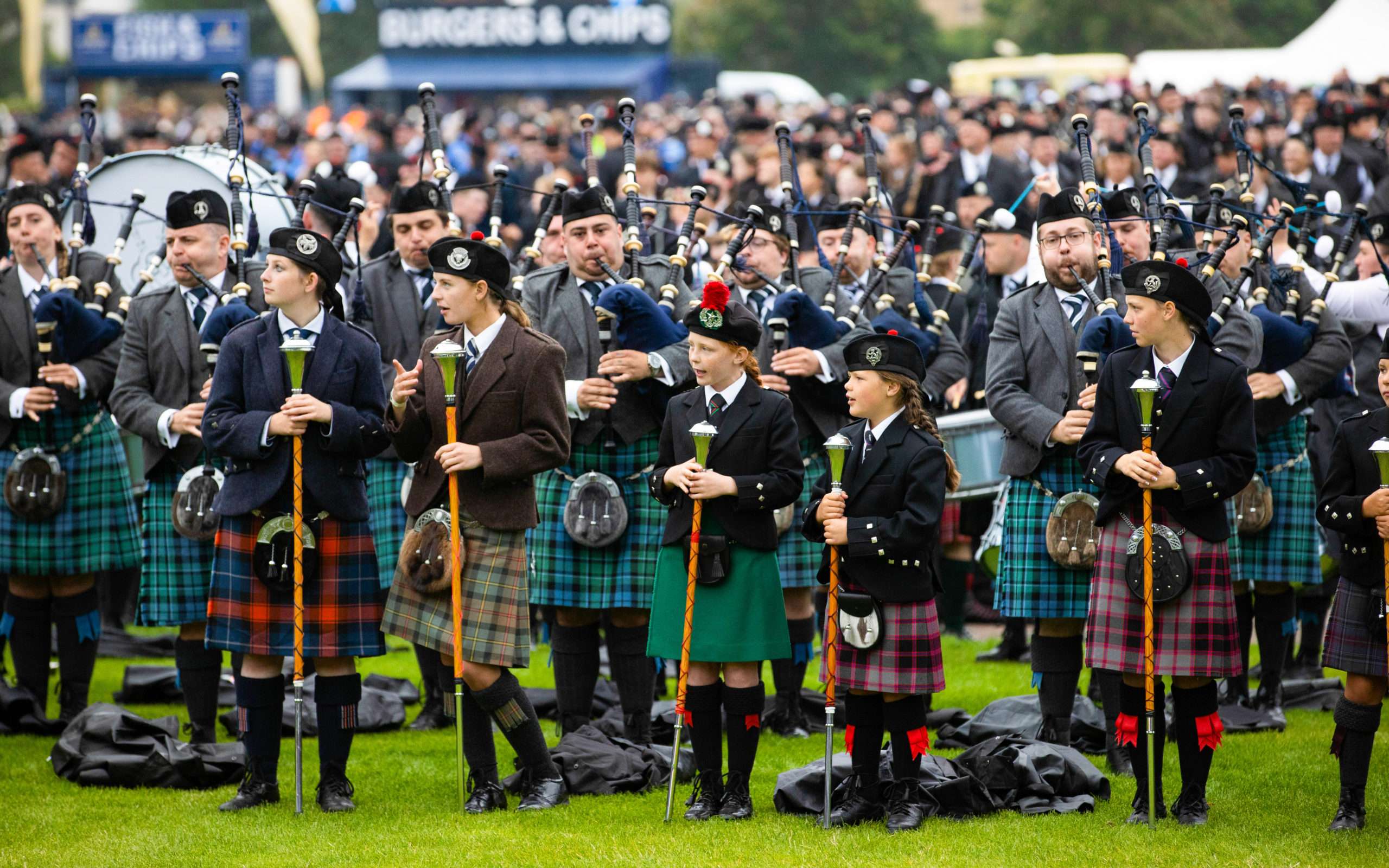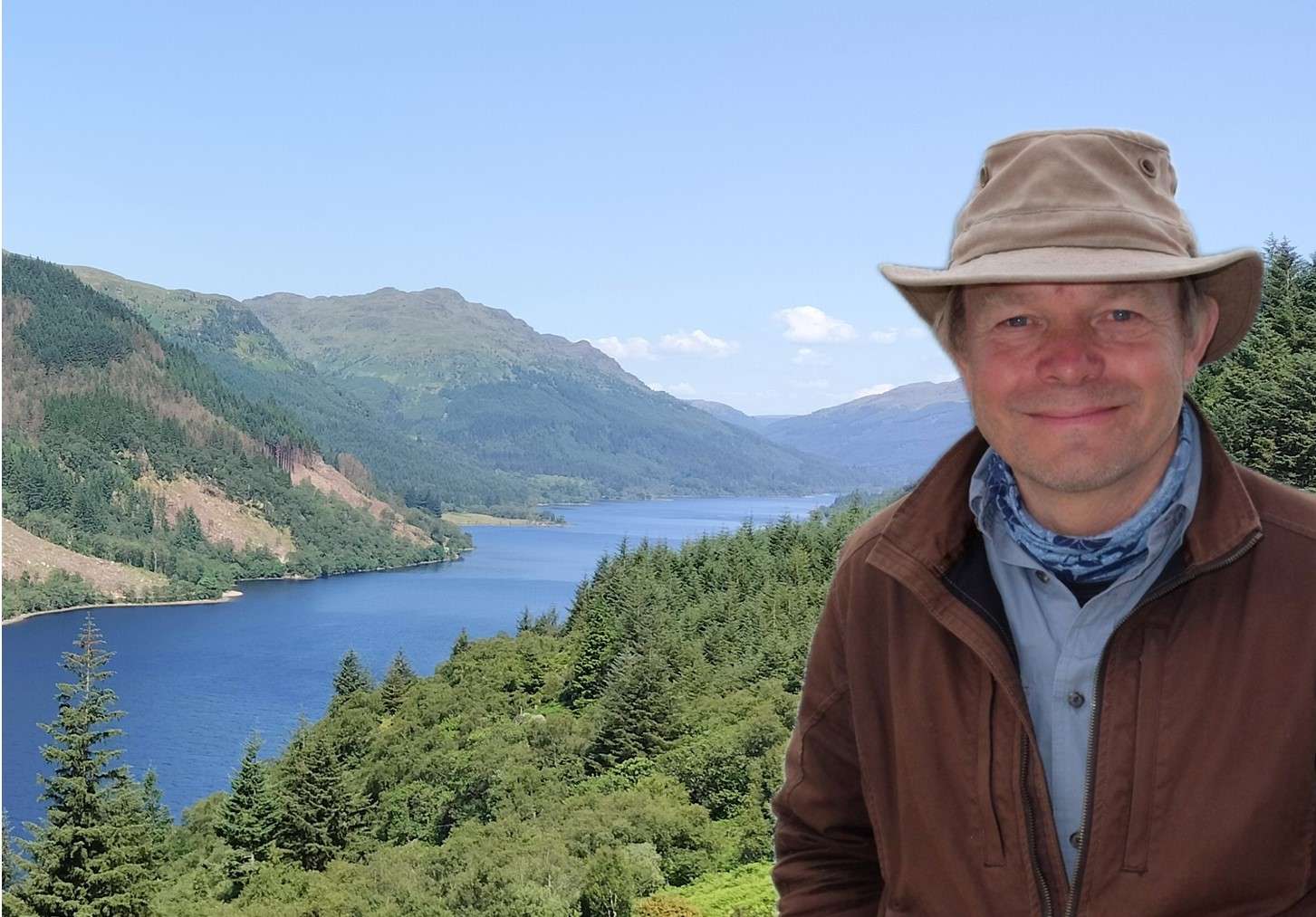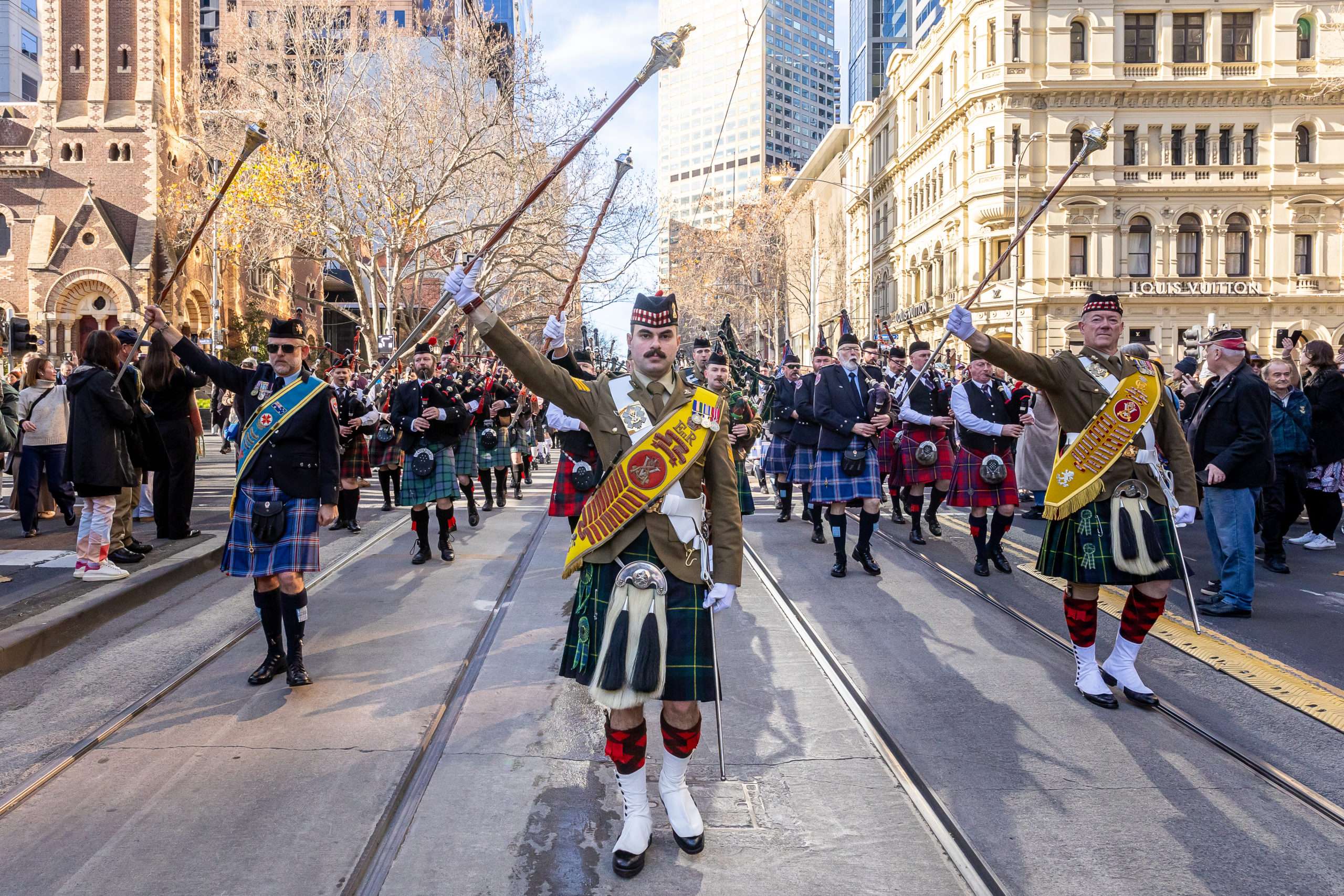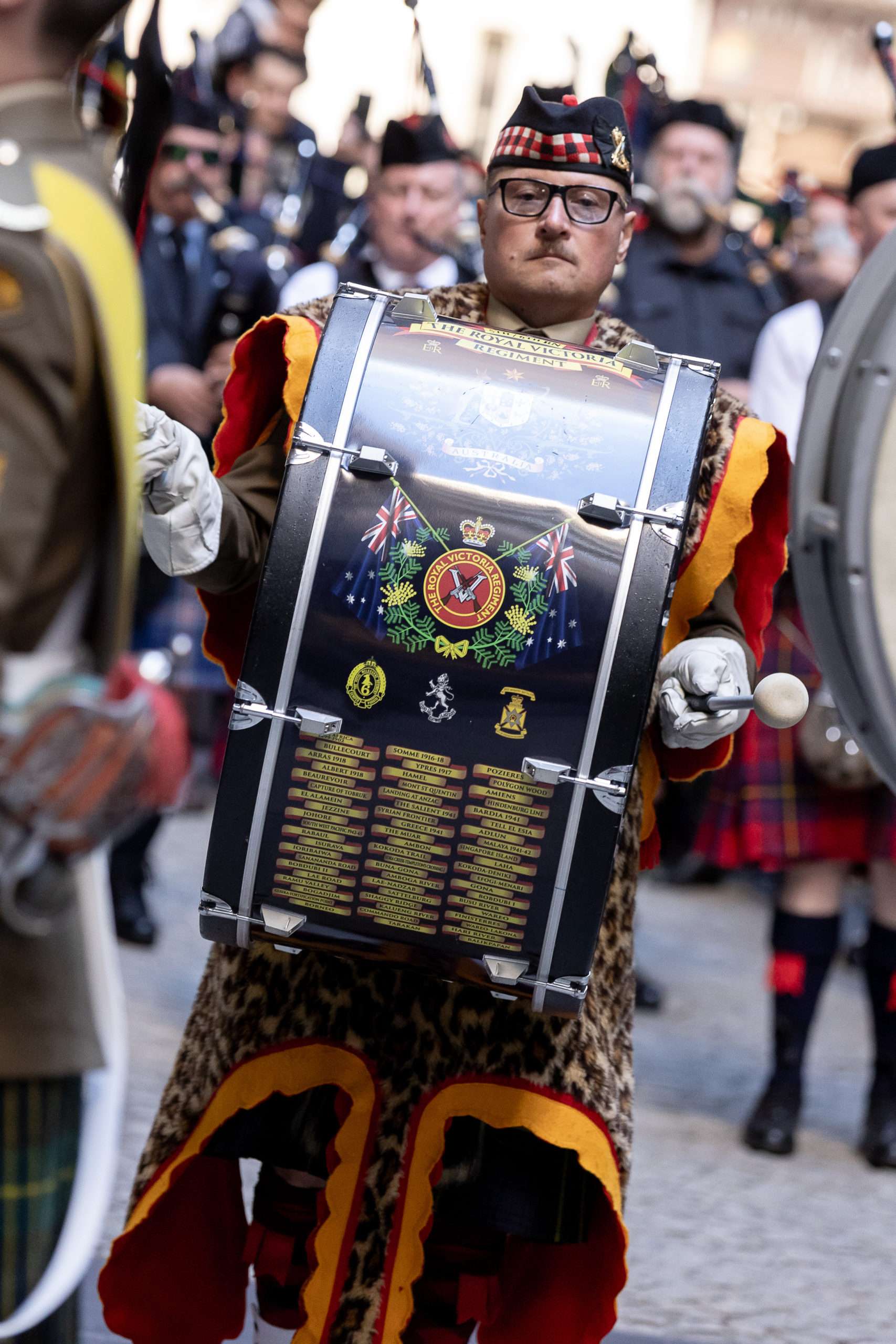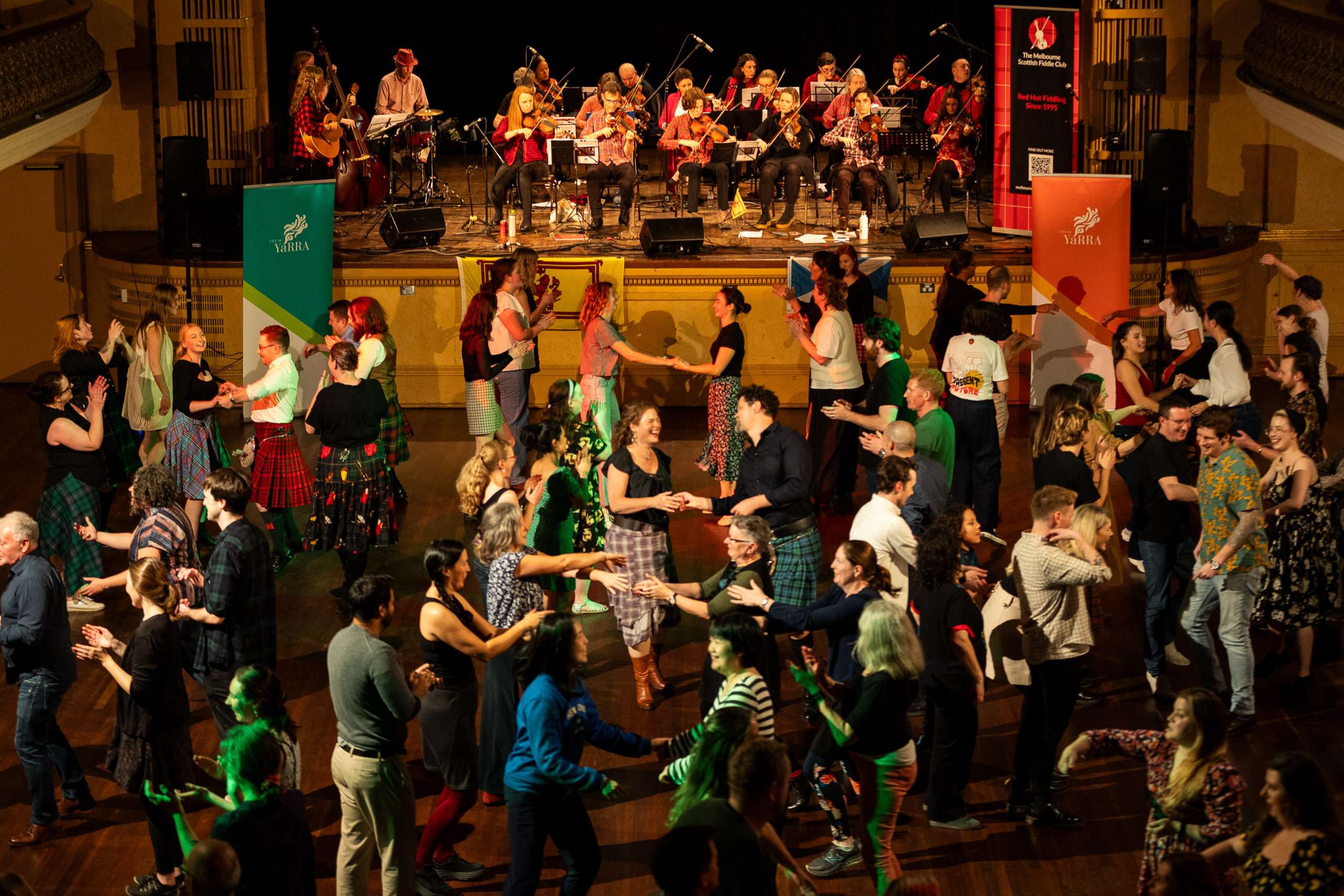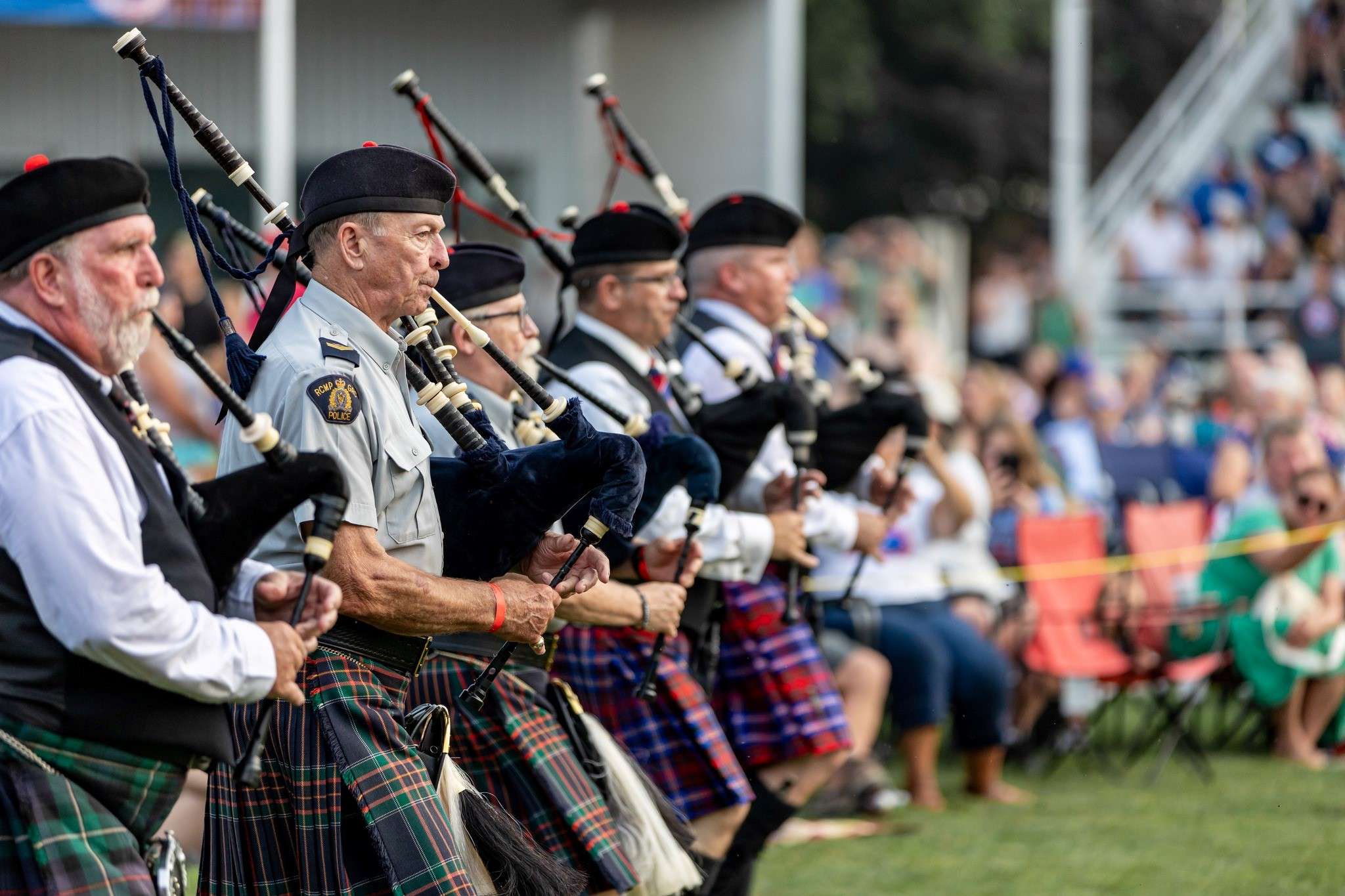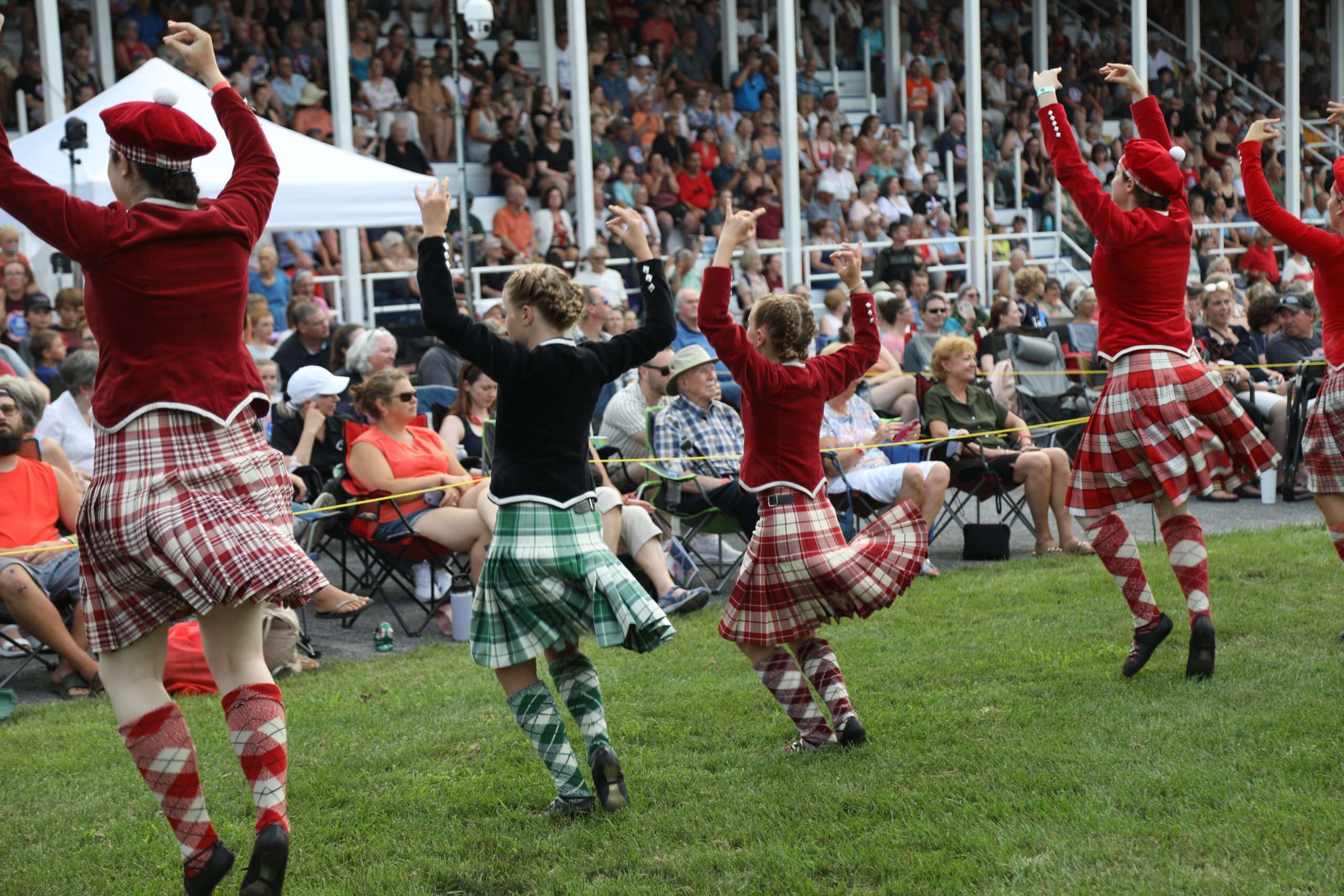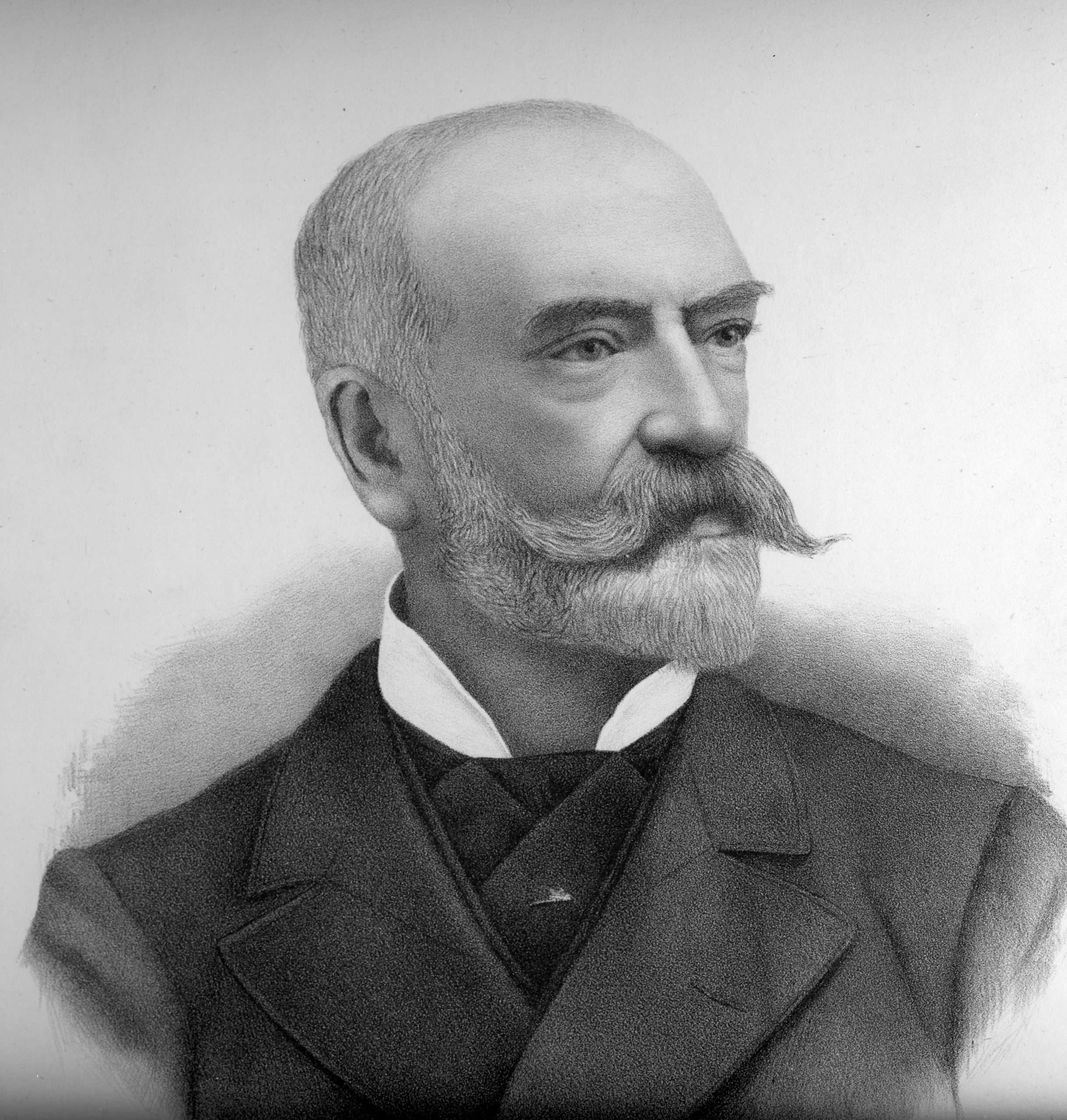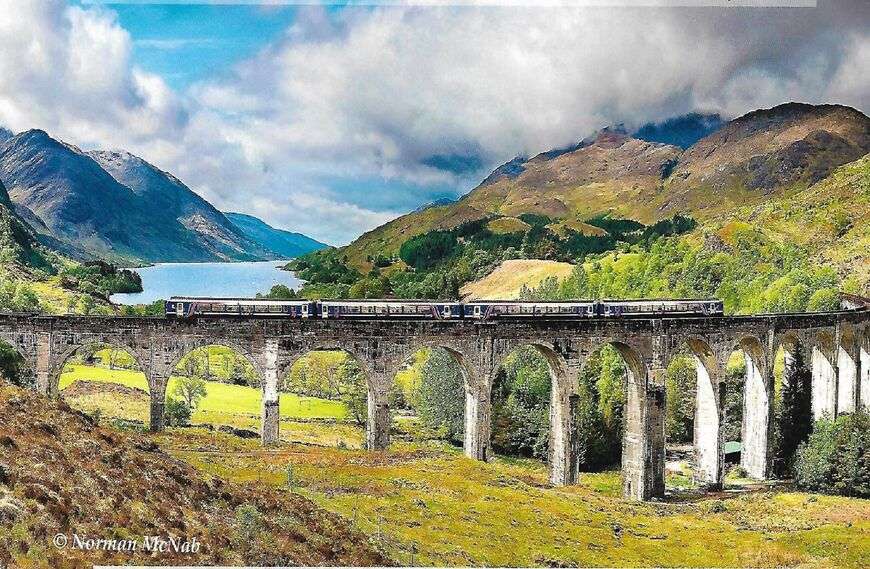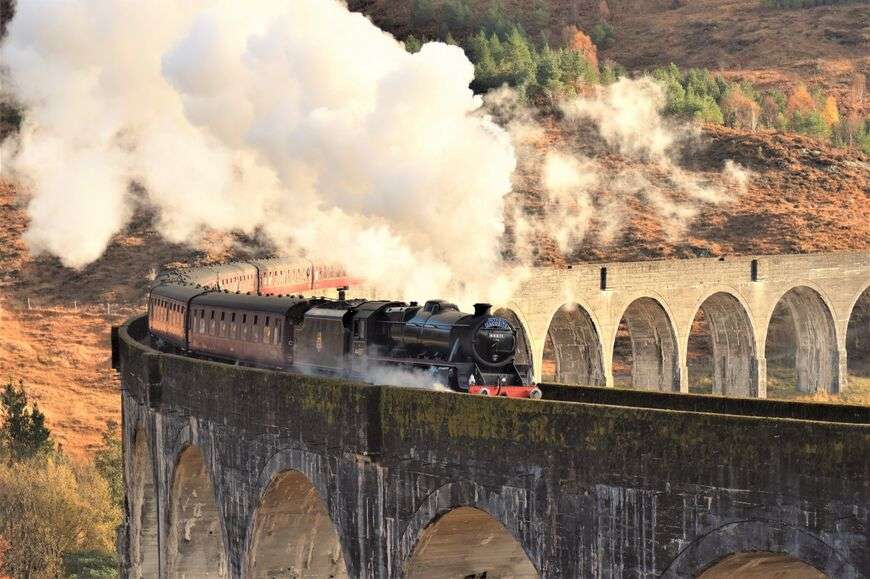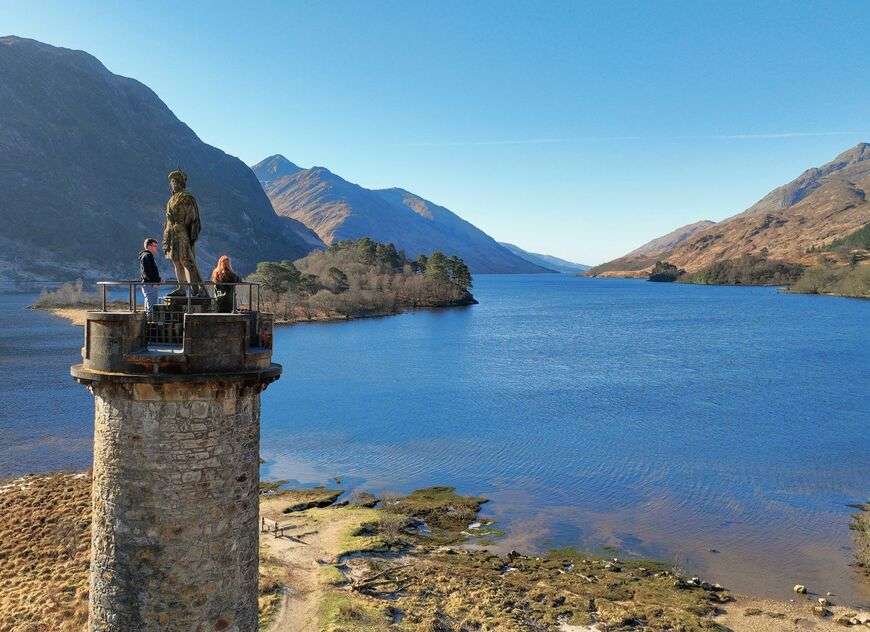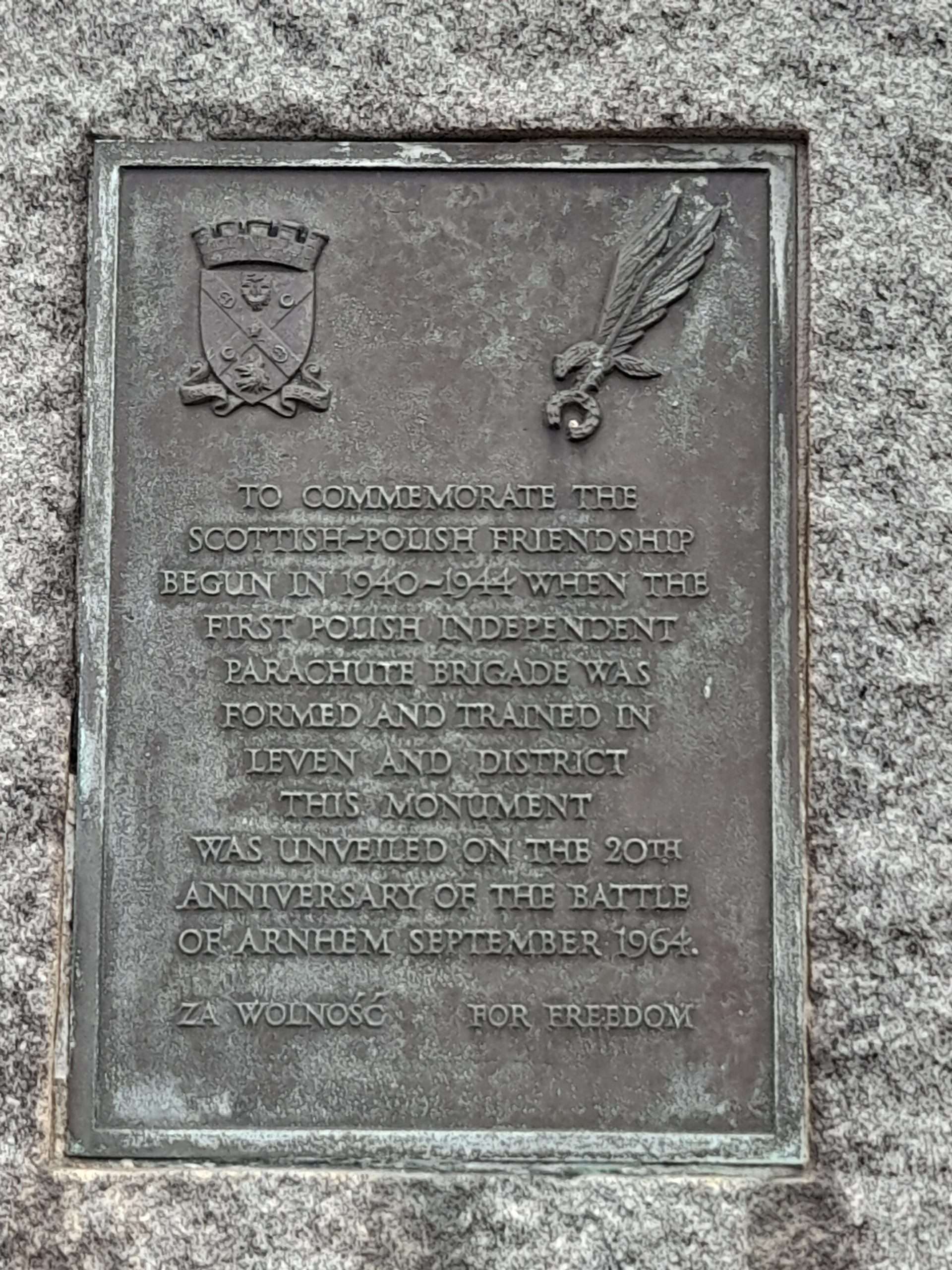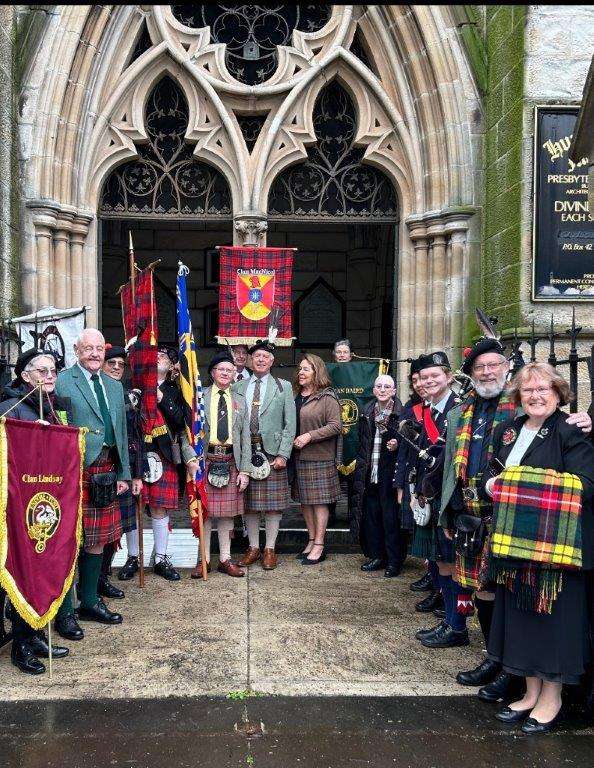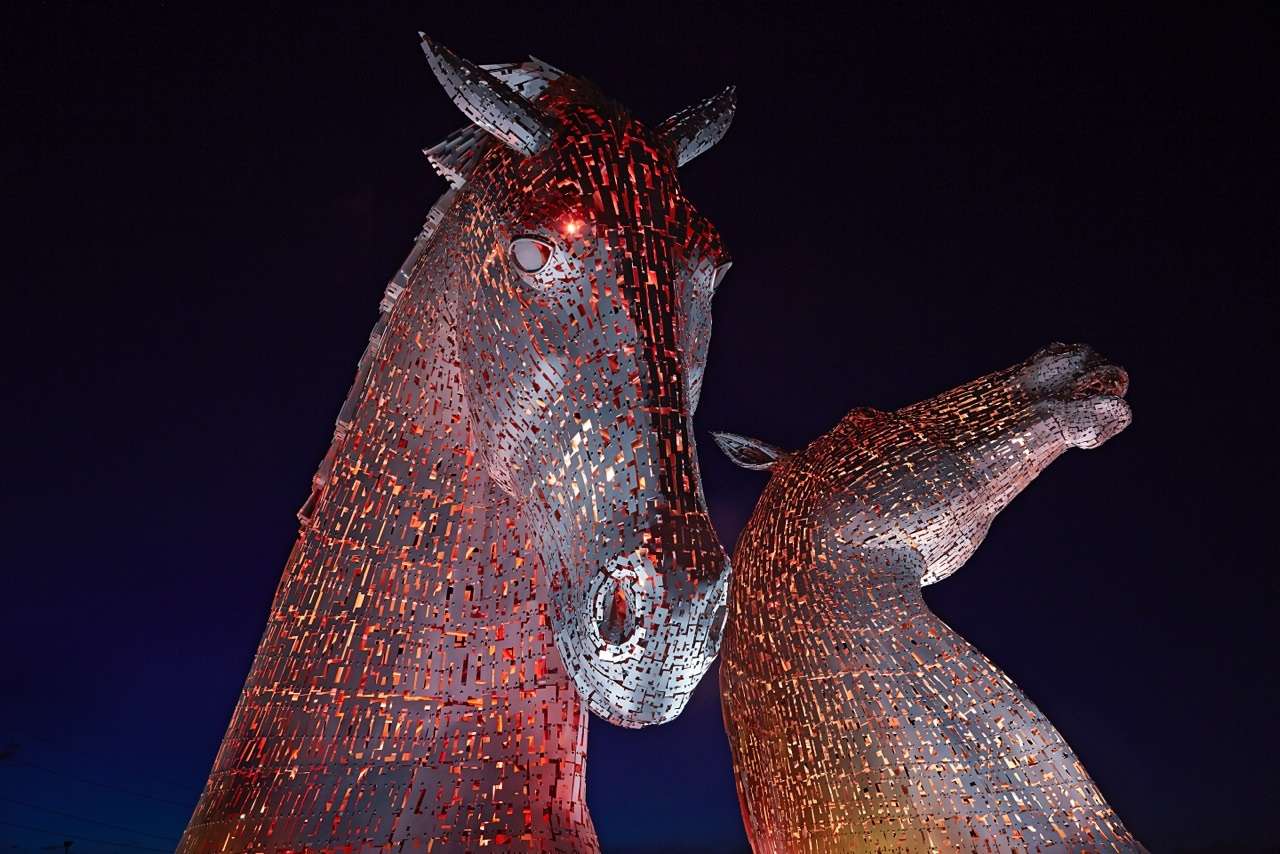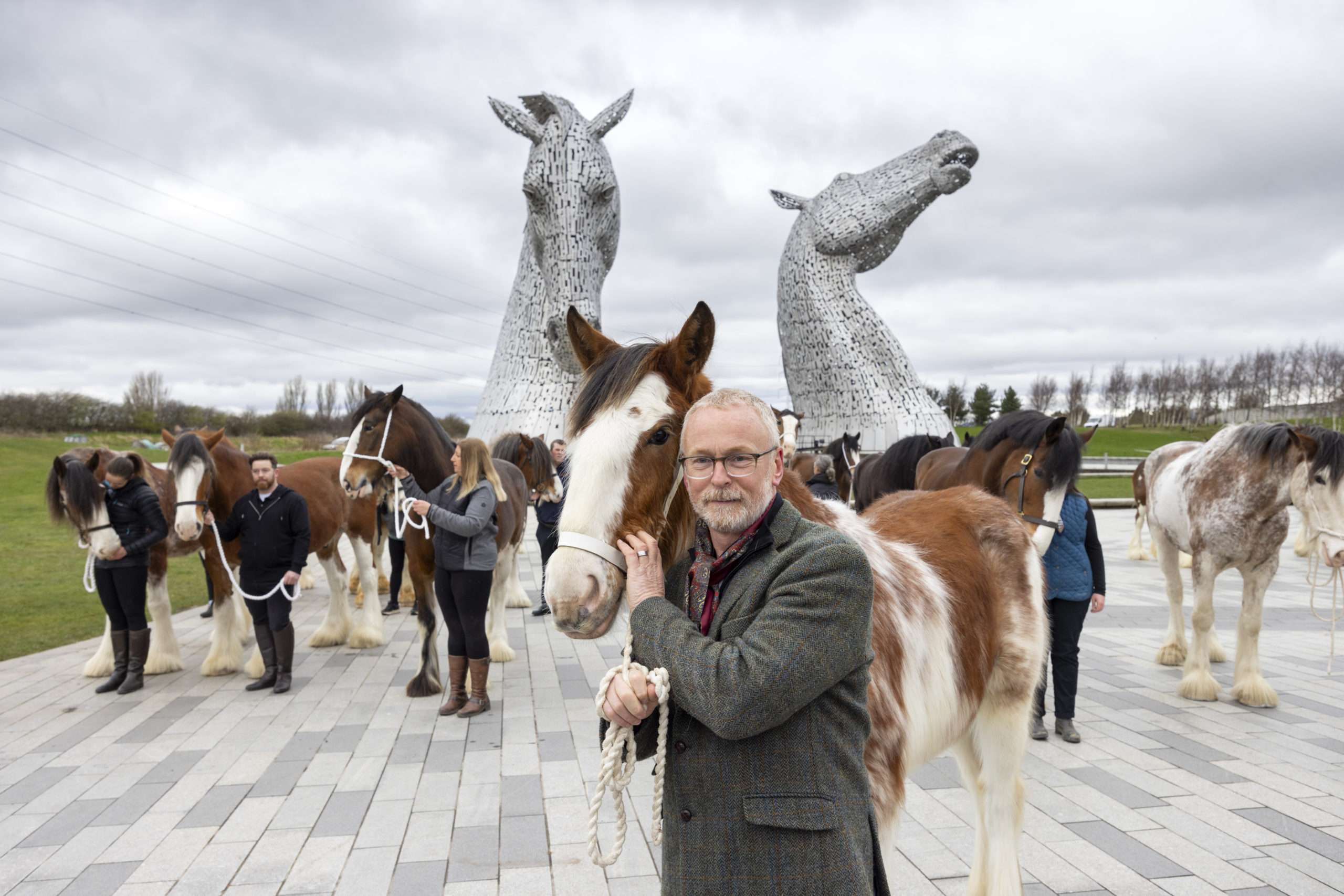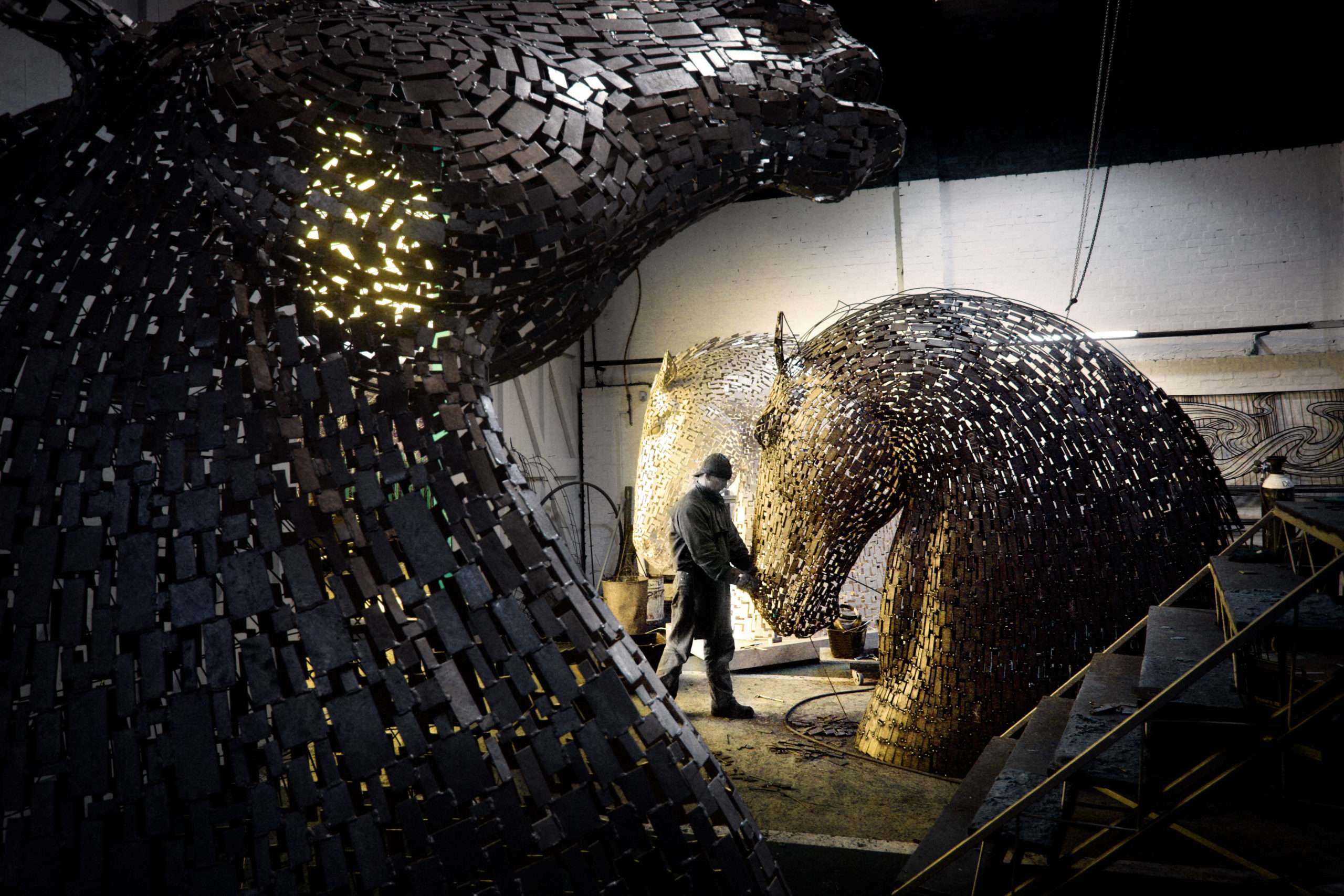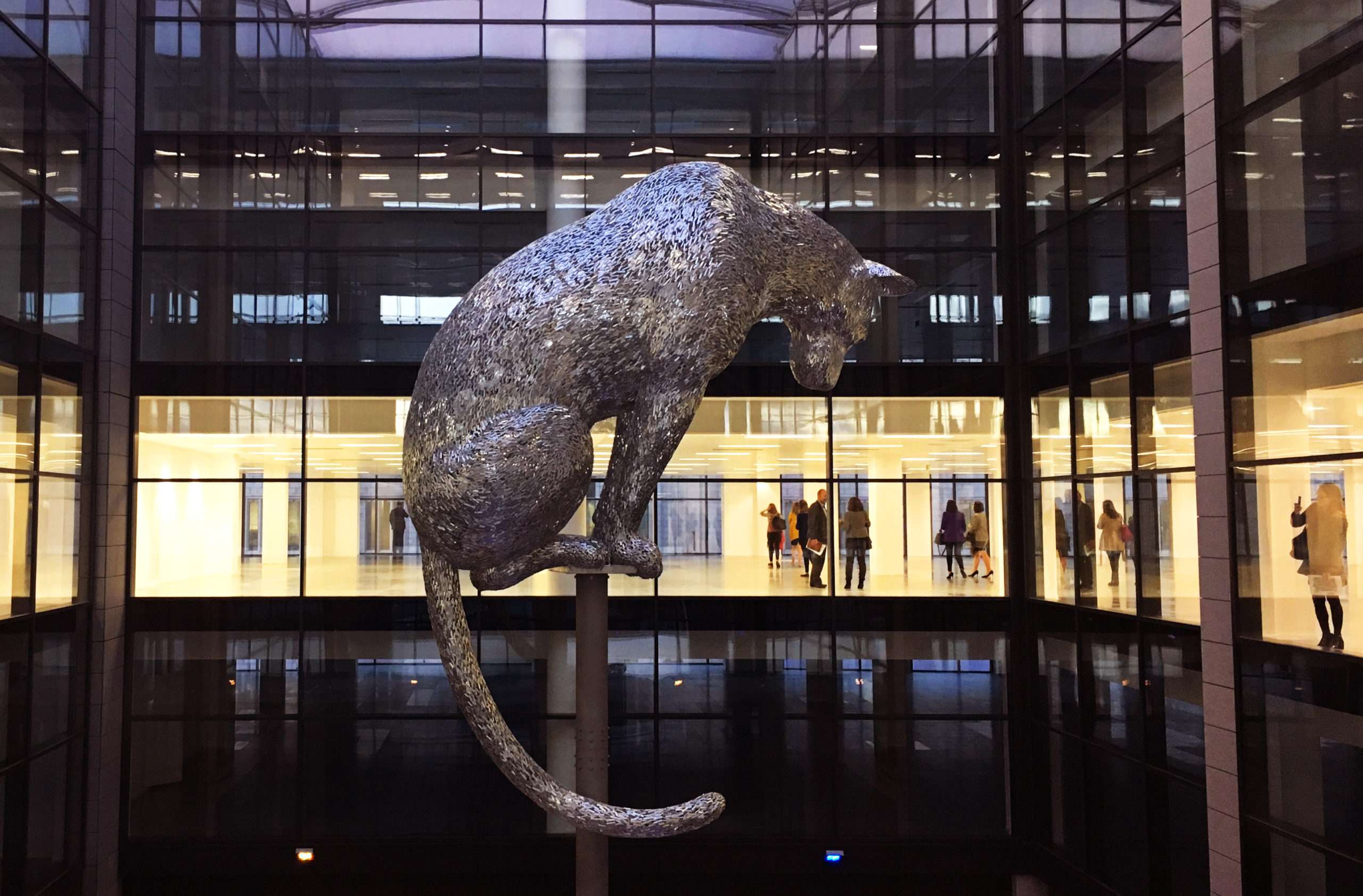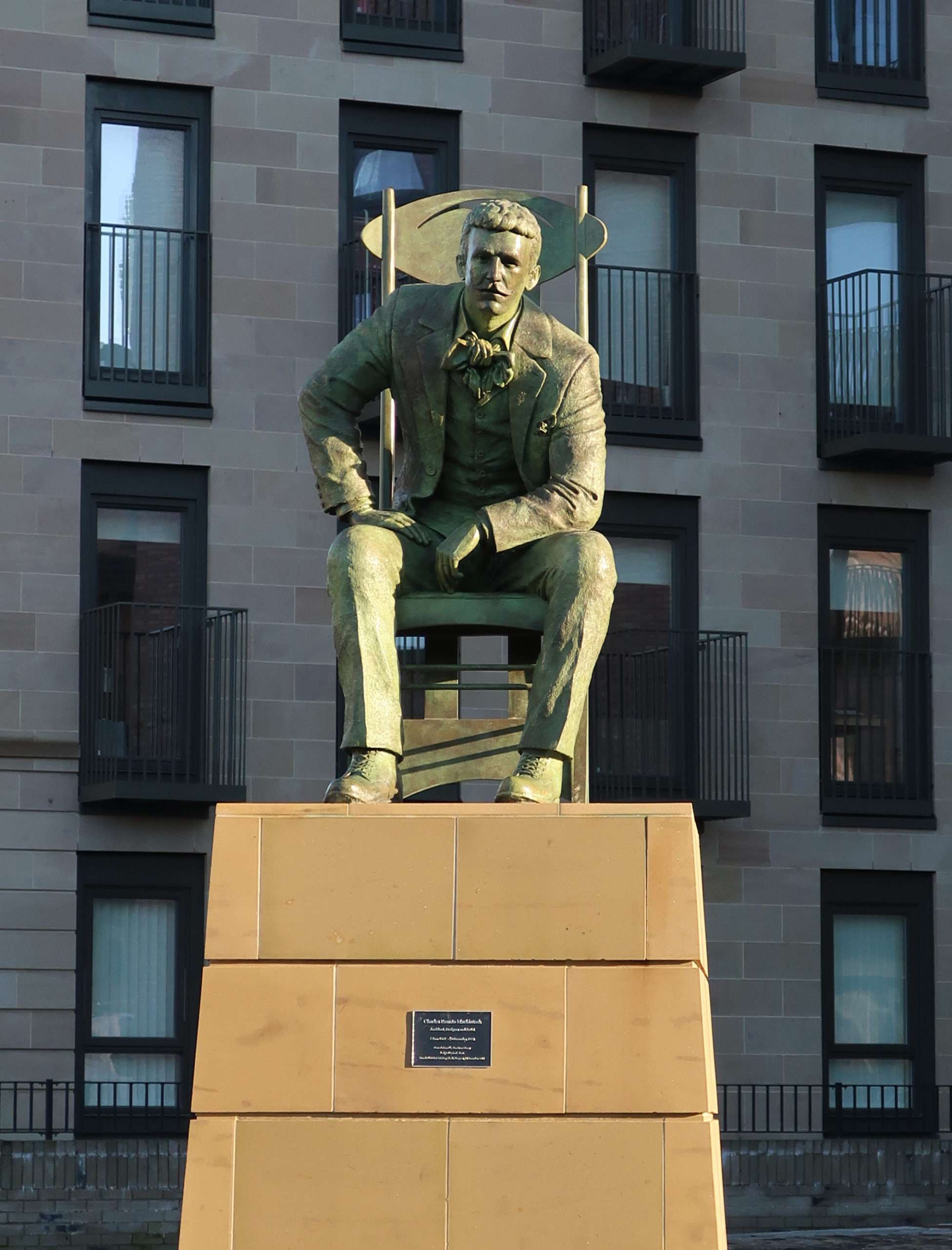Discover some of the traditional ways Hallowe’en, or Samhainn, has been celebrated in Scotland.
Traditionally a Celtic festival which divided the year between the light and the dark half, Samhainn, pronounced ‘Sa-wayne’, was the celebration of the end of the harvest and a time where the boundary between our world would become weaker allowing ancestors and fairies to roam. Samhainn in Scottish Gaelic, was celebrated on 1 November with the festivities starting the night before.
The festival is known as Samhain in Irish and Sauin in Manx. As religion changed in the British Isles with the arrival of Christianity, Samhainn was possibly purposefully assimilated in the 8th century when All Saints Day or All Hallows Day was moved from 13 May to 1 November. Hallowe’en became the name for the night before All Hallows Day and in Scottish Gaelic Halloween is called Oidhche Shamhna as an t-Samhain is the month of November.
Scottish Samhainn traditions
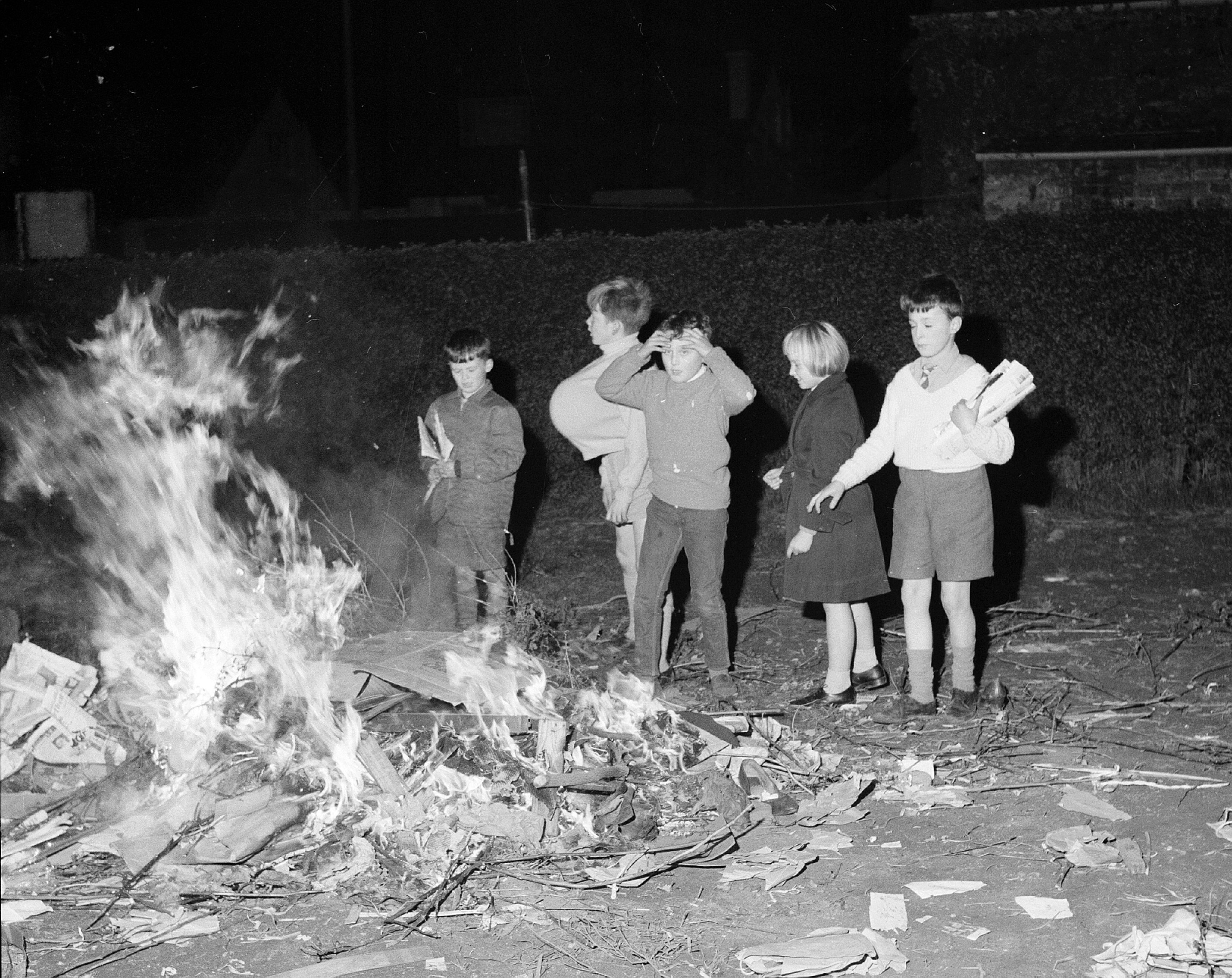
Bonfires-The folklore leads to the belief that bonfires, or samhnagan (‘sa-ow-nag-in’) in Gaelic, were lit as a form of protection from evil spirits that could be lurking on the night of Hallowe’en. The fire was meant to repel those with ill intentions and hold them at bay until the sun rose again. On the islands there were competitions between neighbours with each household trying to build the biggest fire. On the mainland it was common to put bonfires in prominent points on the landscape so that they could be seen from far away.
Turnip lanterns-We may now be more used to carving pumpkins for Hallowe’en, it was once turnips (or “tumshies” in Scots) that would have been carved with evil looking faces in order to scare off fairies and ghosts. Candles were placed inside to illuminate the faces so they could be seen from far away.
Guising-Guising is the original form of trick or treating. Parents would disguise their children to deter the roaming fairies and spirits from stealing them. On a night of mischief the children could play tricks on friends and neighbours or they could go from house to house telling jokes in order to earn treats. Perhaps one of the most famous guisers in Stirling could be James V who liked to dress up and visit his subjects in the villages near Stirling Castle.
Divination
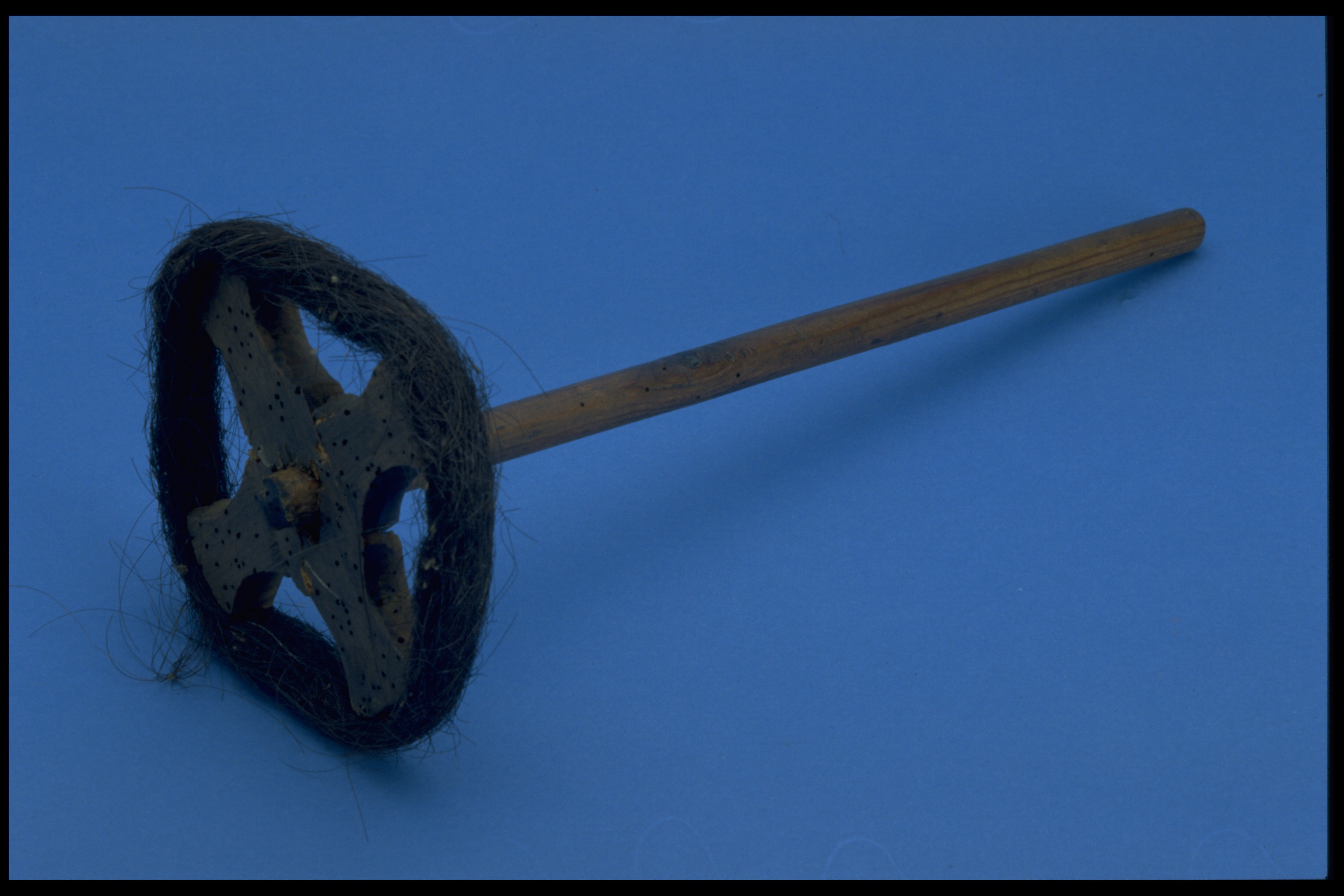
Nut Burning–On the bonfires that were lit on the night of Samhainn couples could question whether their relationship would last. Each would place a nut on the fire and if the nuts hissed then it would be turbulent however if the nuts quietly and evenly burned then it was a good match.
Pulling up stalks-This is a fortune telling method mentioned in Robert Burns’ poem Hallowe’en. Those that wished to know the height and shape of their future partner waited until it was dark then with their eyes closed would pull a kale stalk from the ground. The shape and length of the stall would answer their query. If your stalk had lots of soil in the roots that was an added bonus! It symbolised a wealthy partner.
Fuarag na Samhna-A tasty combination of toasted oats and whipped cream called Fuarag na Samhna was made on Samhainn. Tokens would be folded in to predict what the next year would bring. Each person would eat a spoonful of the fuarag and if they found a token then their future had been foretold. If you found a coin then you would receive money, a ring represented an engagement, a button meant you would lose money and a thimble would mean another year without finding love.
Oidhche Shamhna sona dhuibh uile! Happy Hallowe’en! How will you be celebrating this year?
Historic Environment Scotland is the lead public body established to investigate, care for and promote Scotland’s historic environment. For more details see: www.historicenvironment.scot
Text by: Lucy Rodger
Main photo: A young boy and girl dooking for apples. © The Scotsman Publications Ltd. Licensed via Scran.

